CLAN MILANO
MILANO SHOWROOM
MILANO DESIGN WEEK 2018
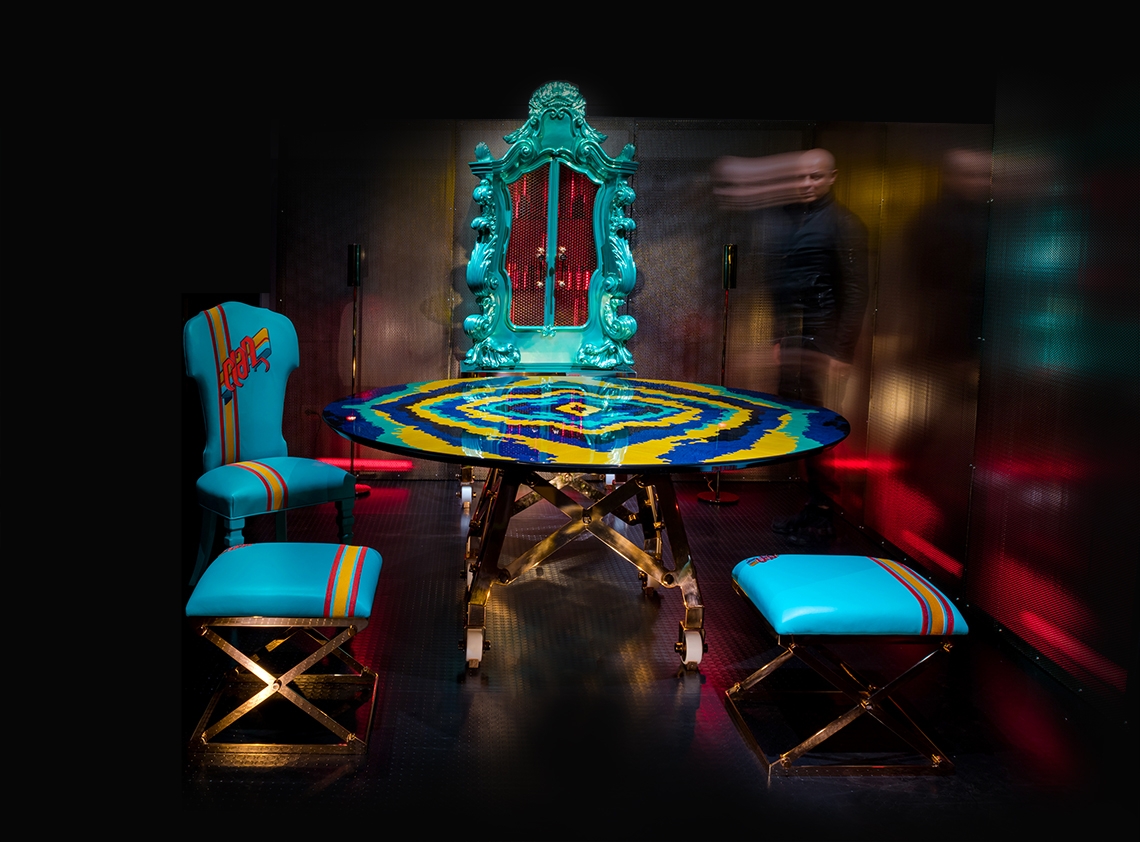
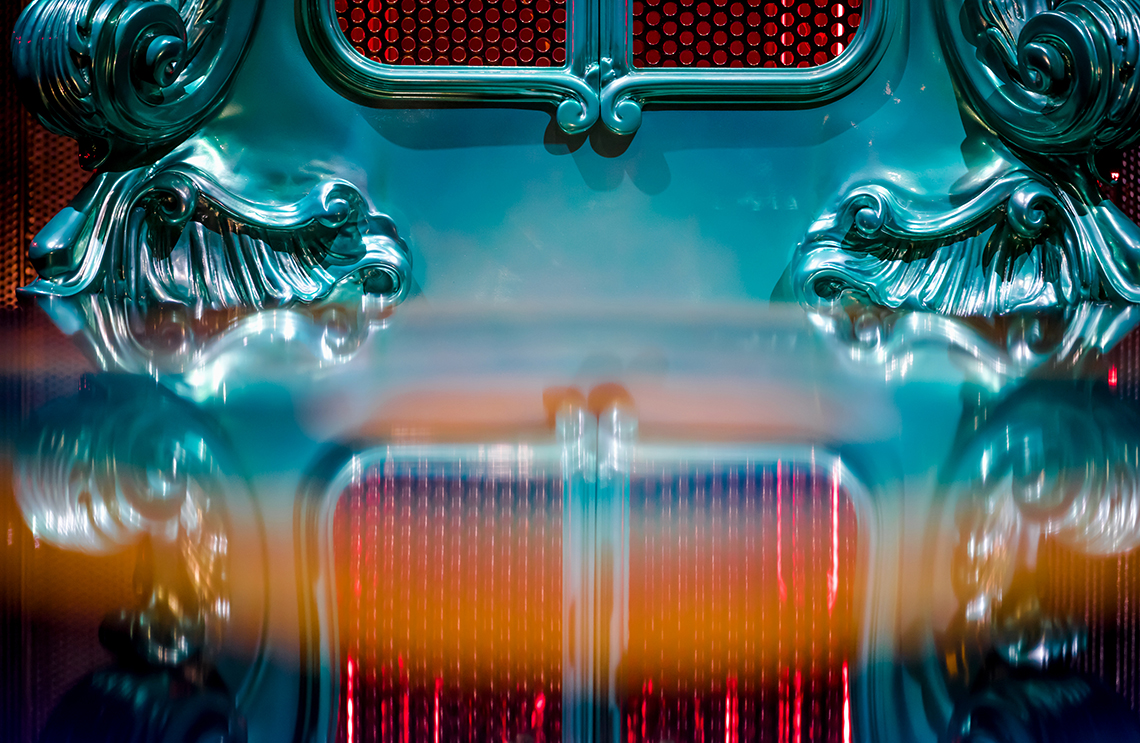
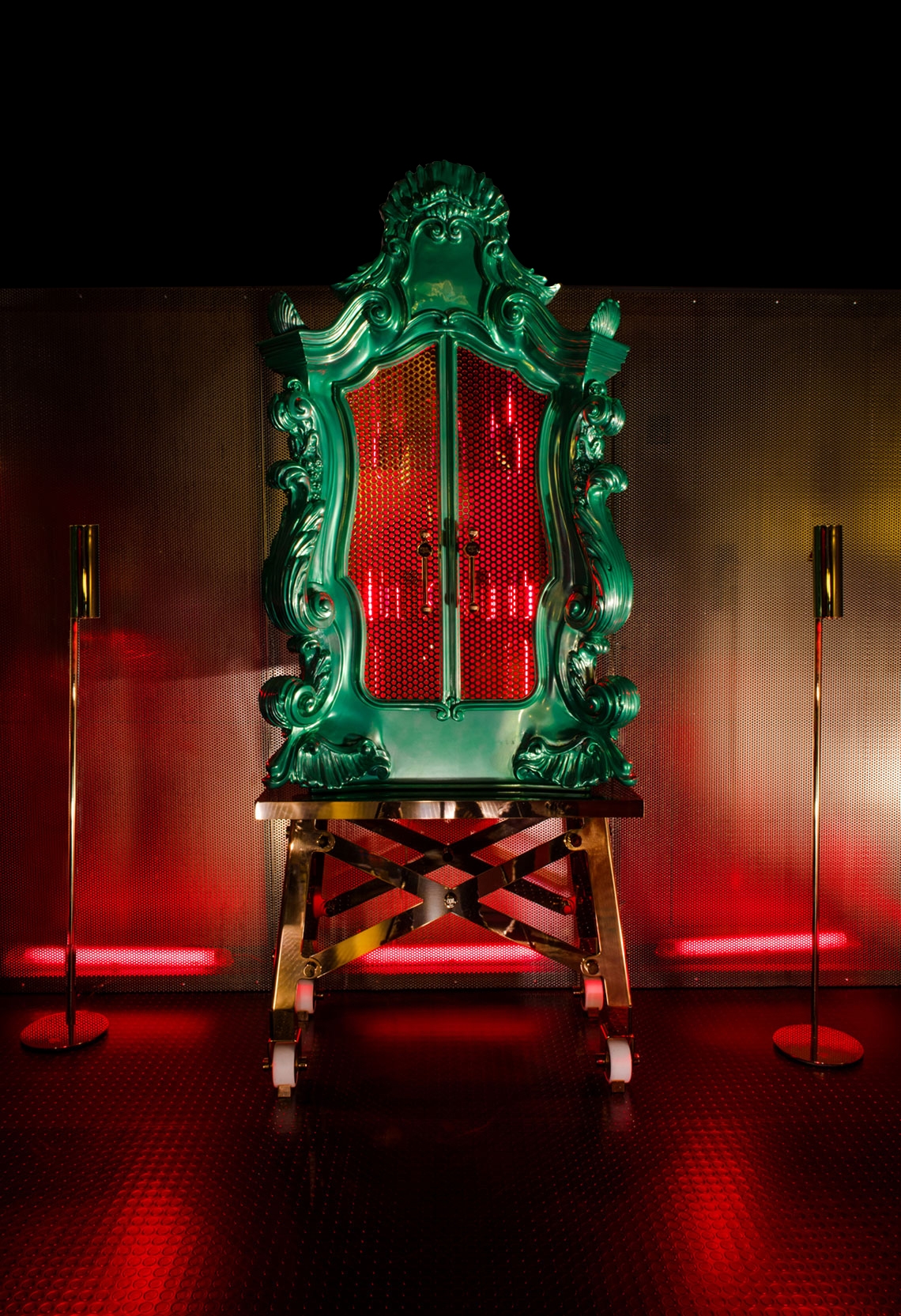
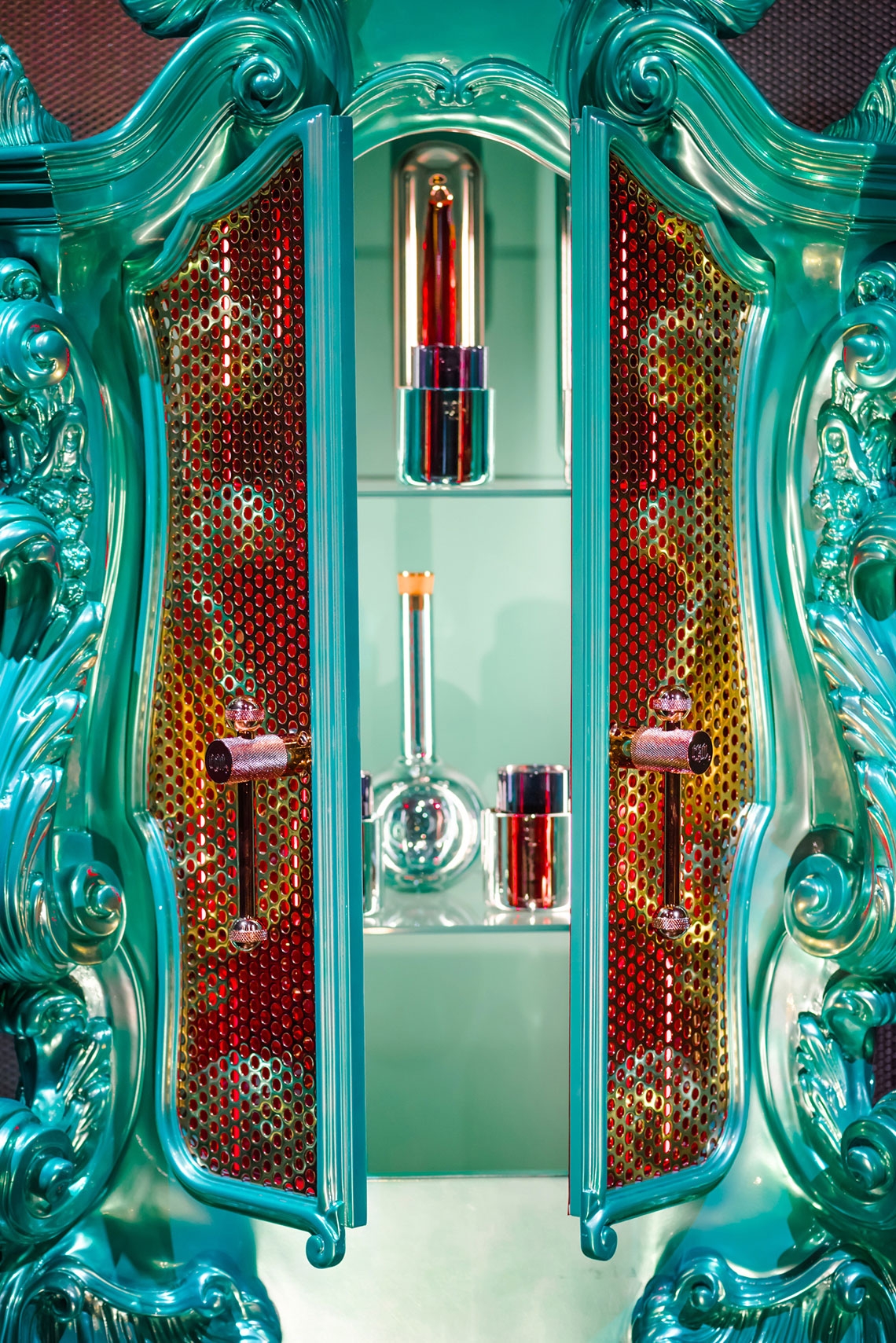
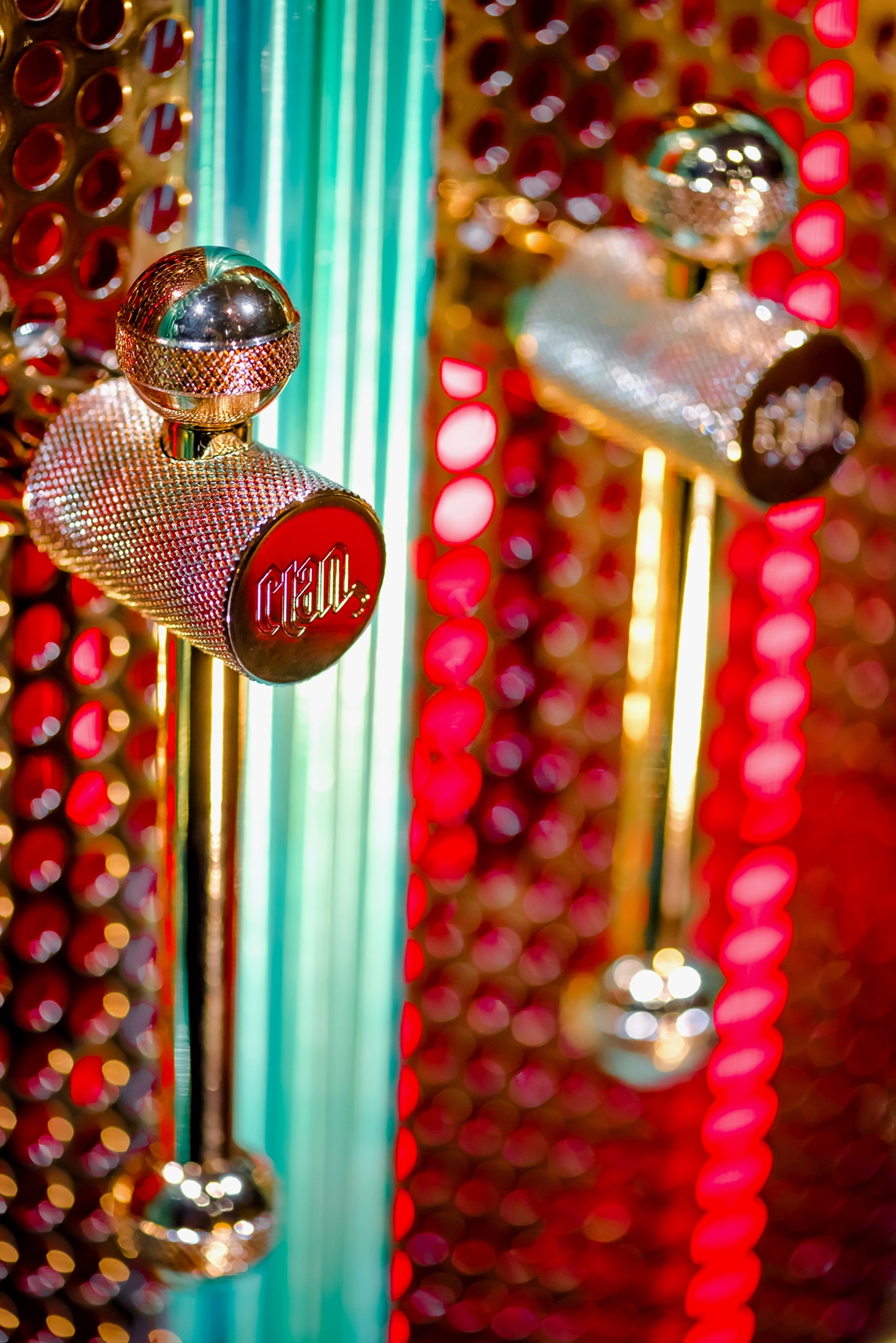


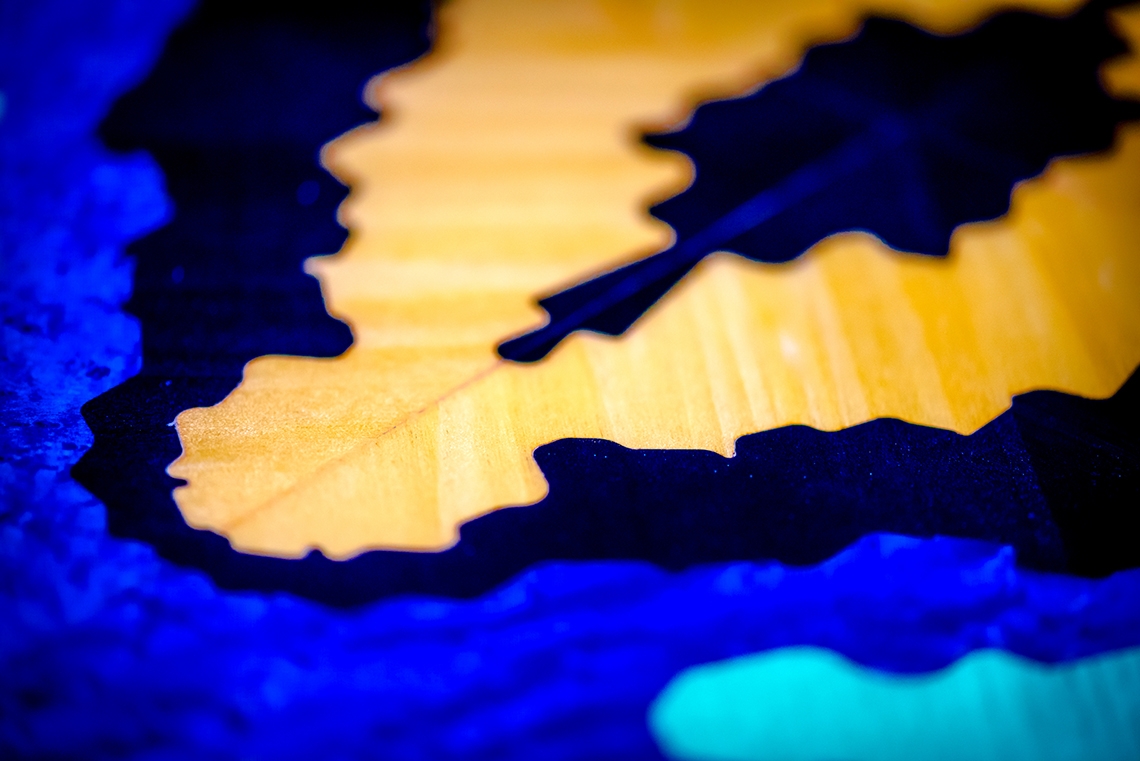

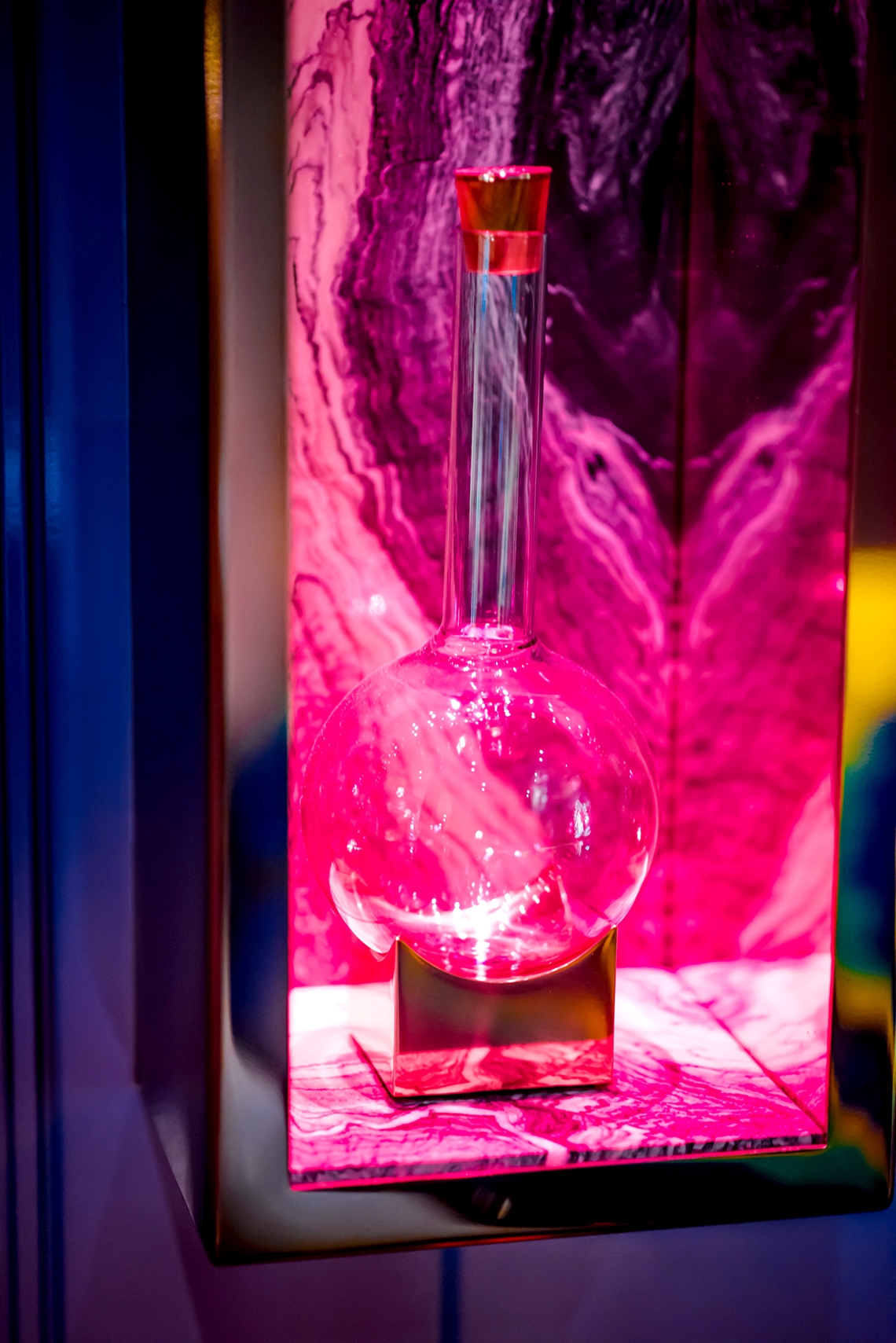
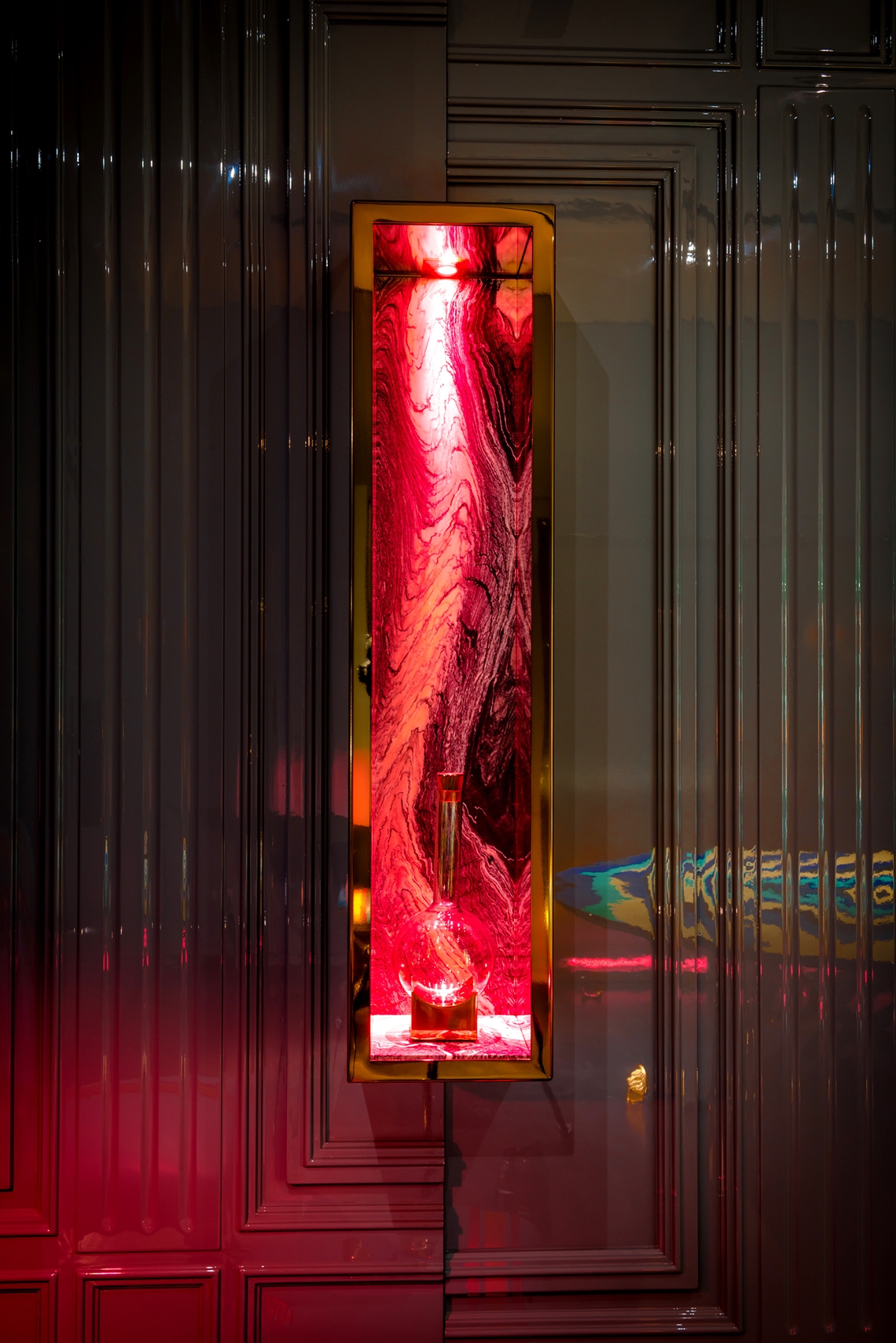
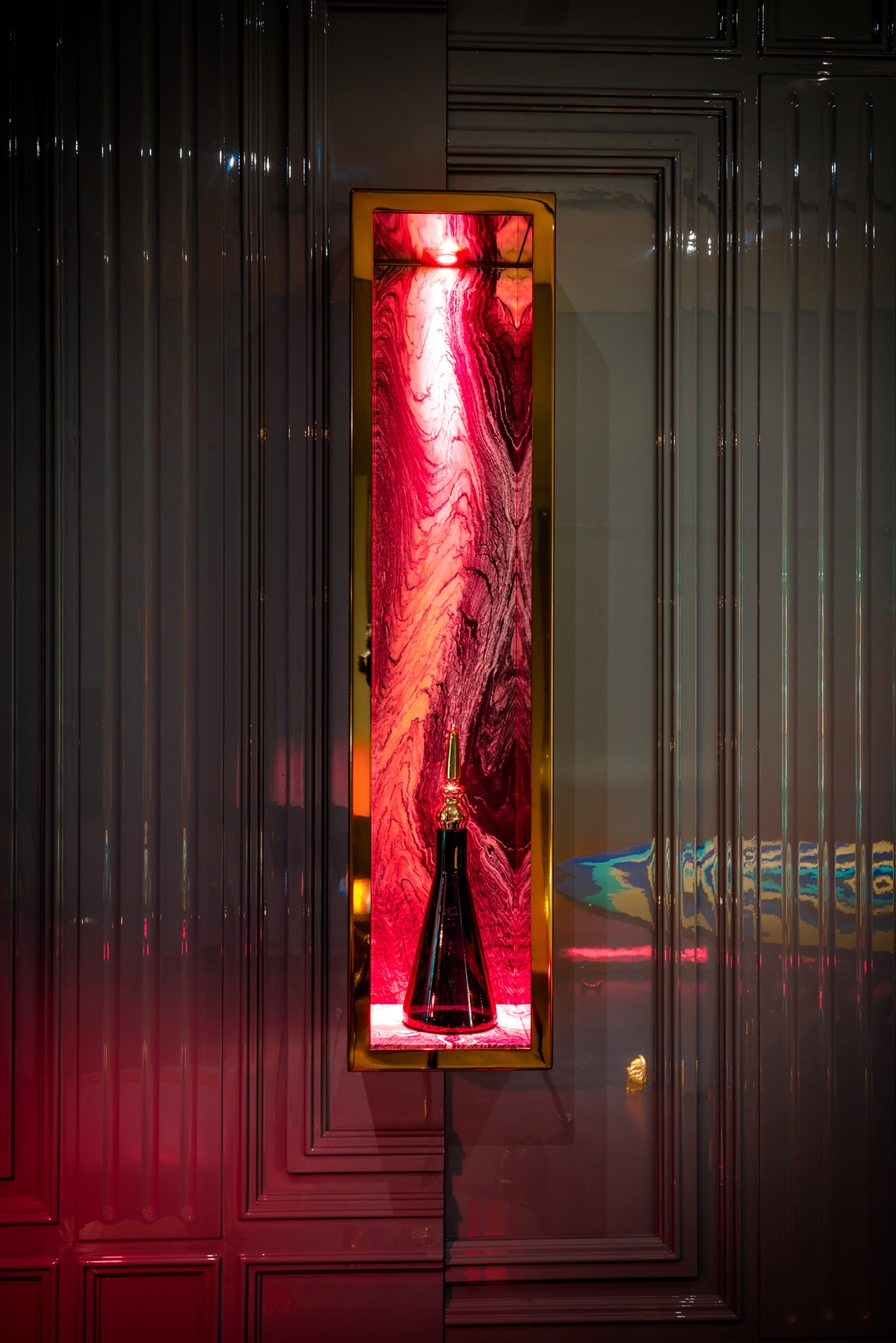
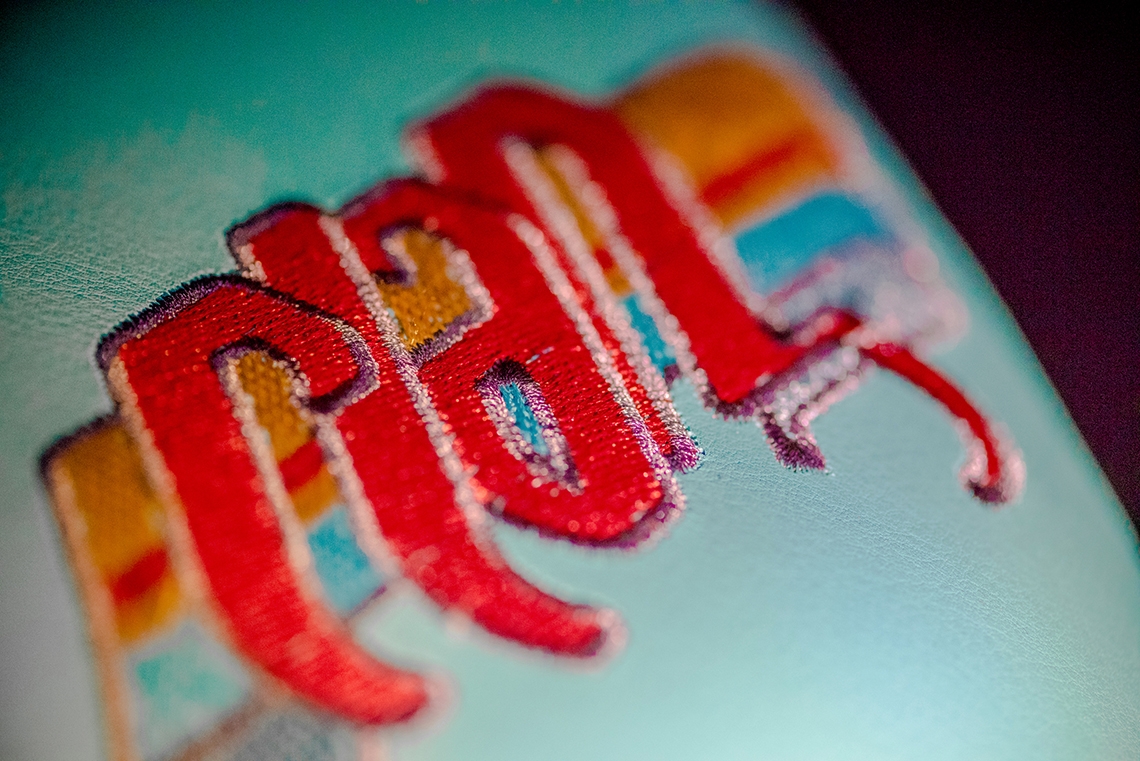

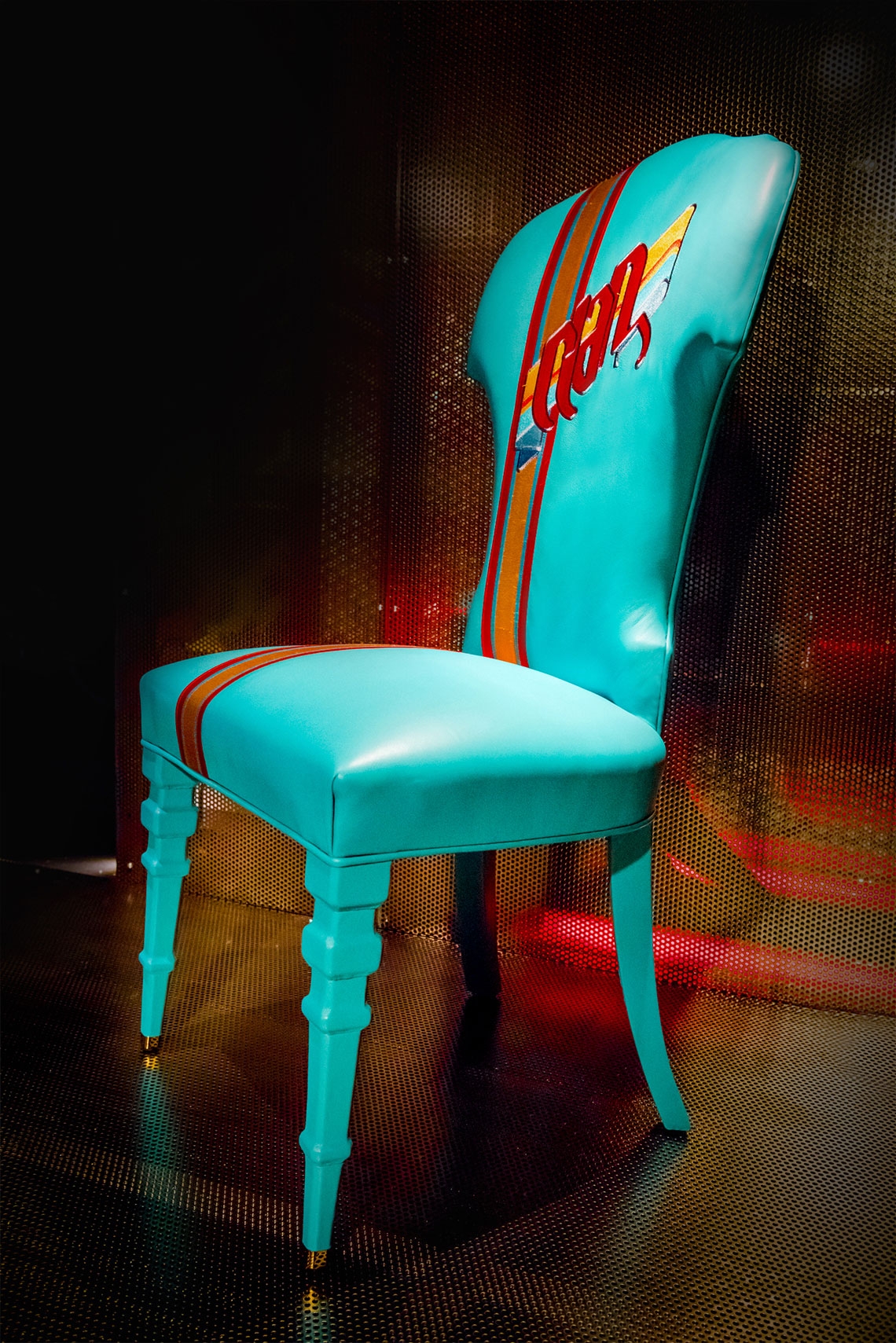
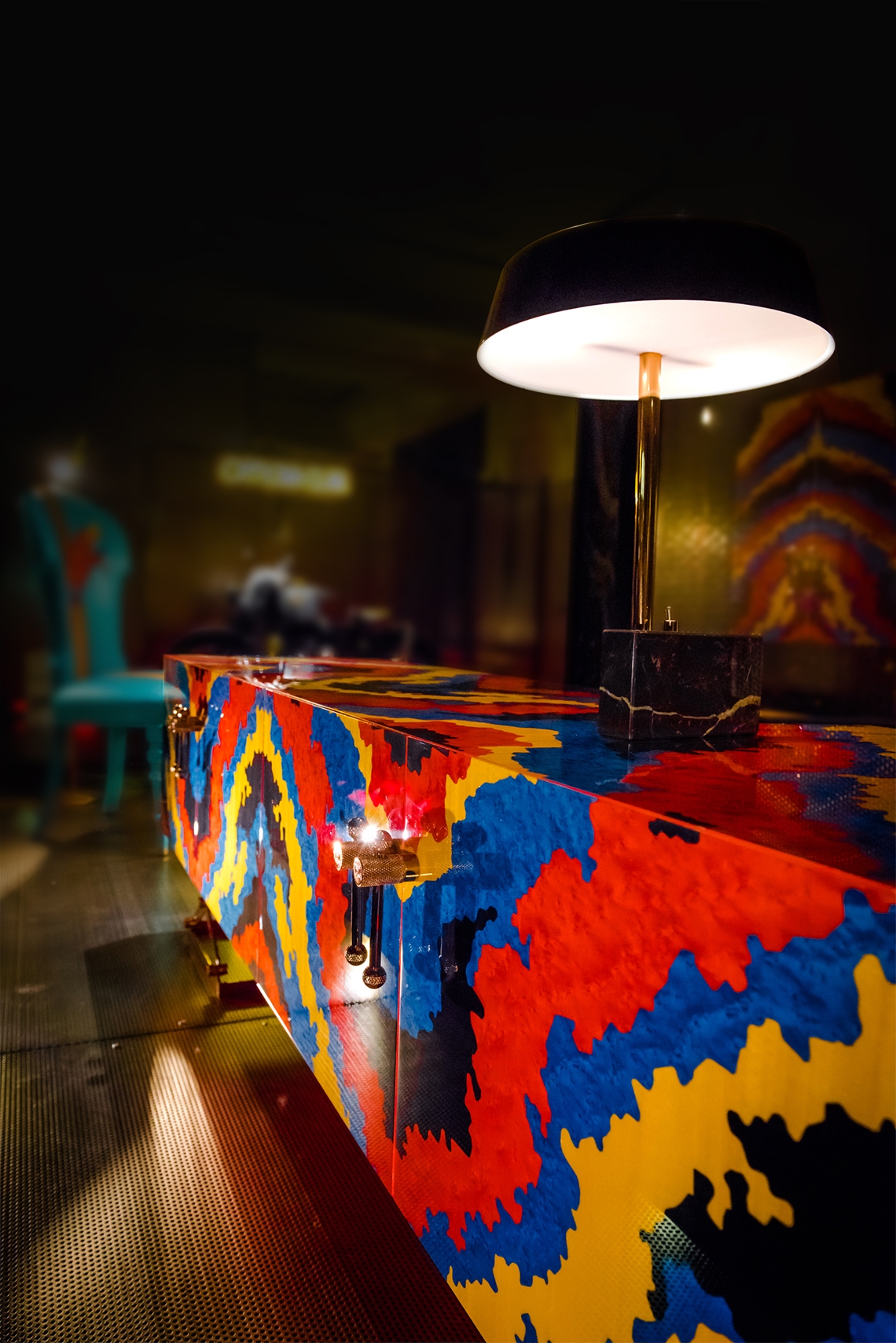
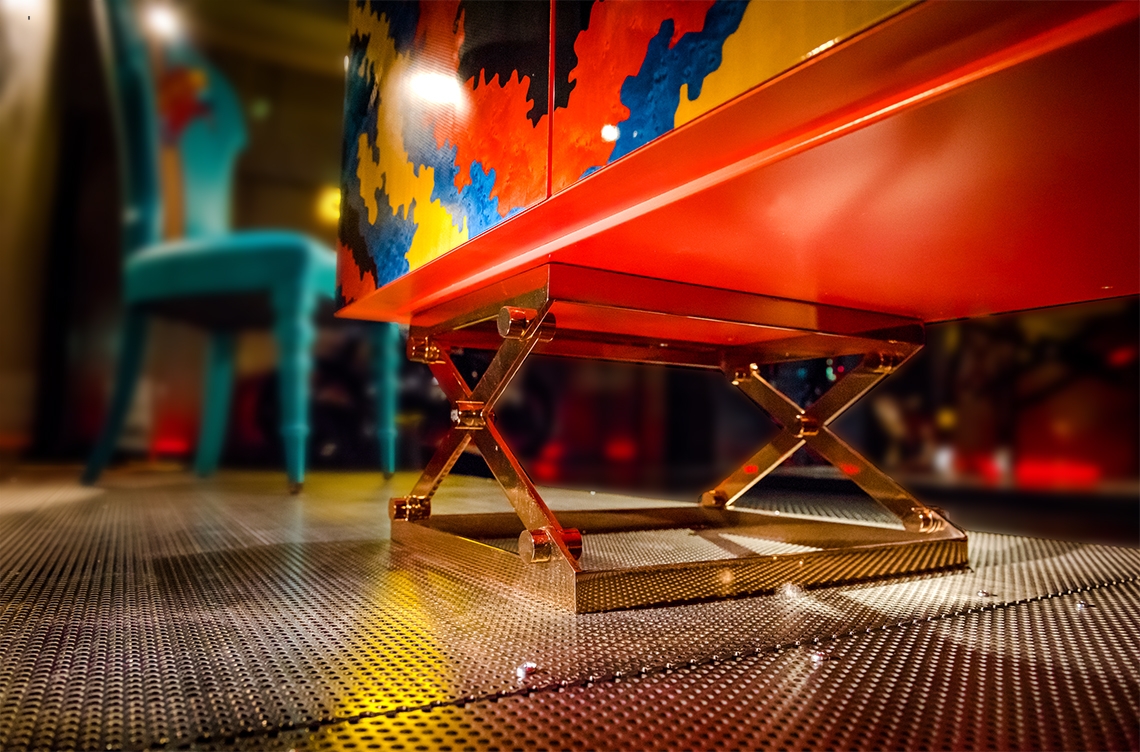

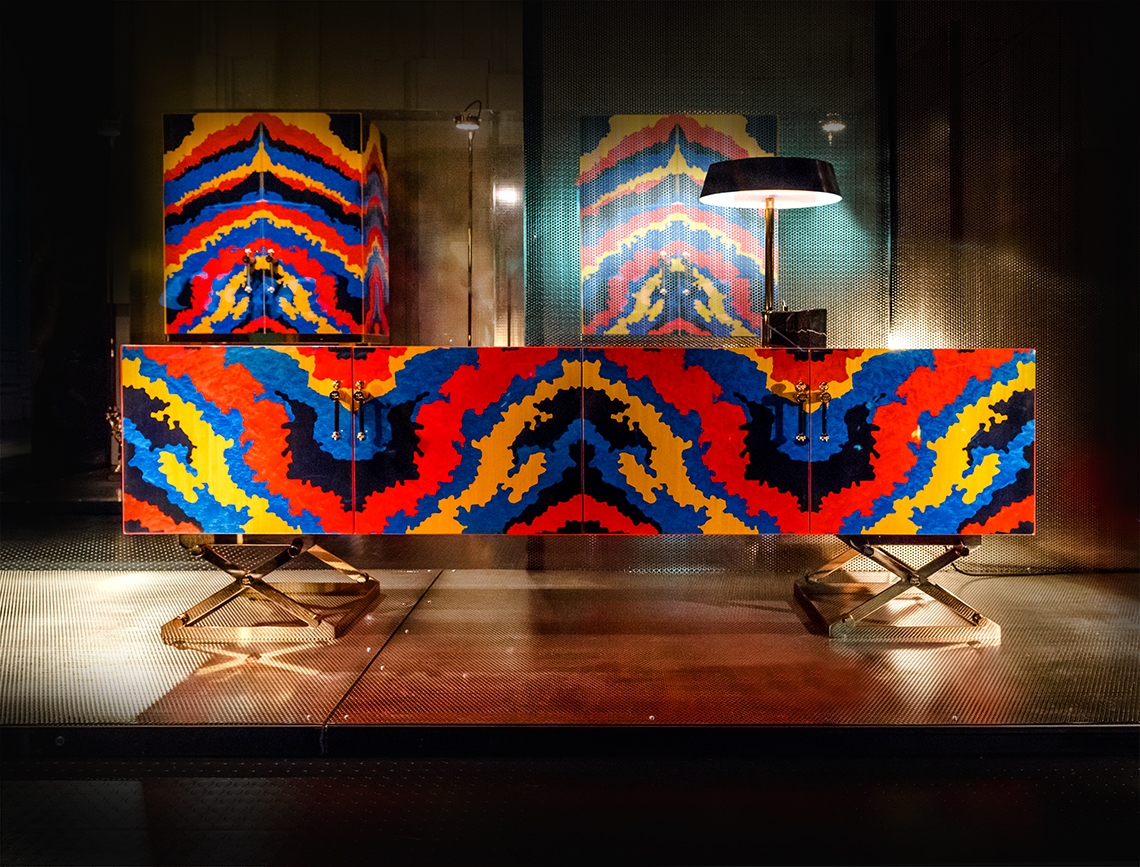
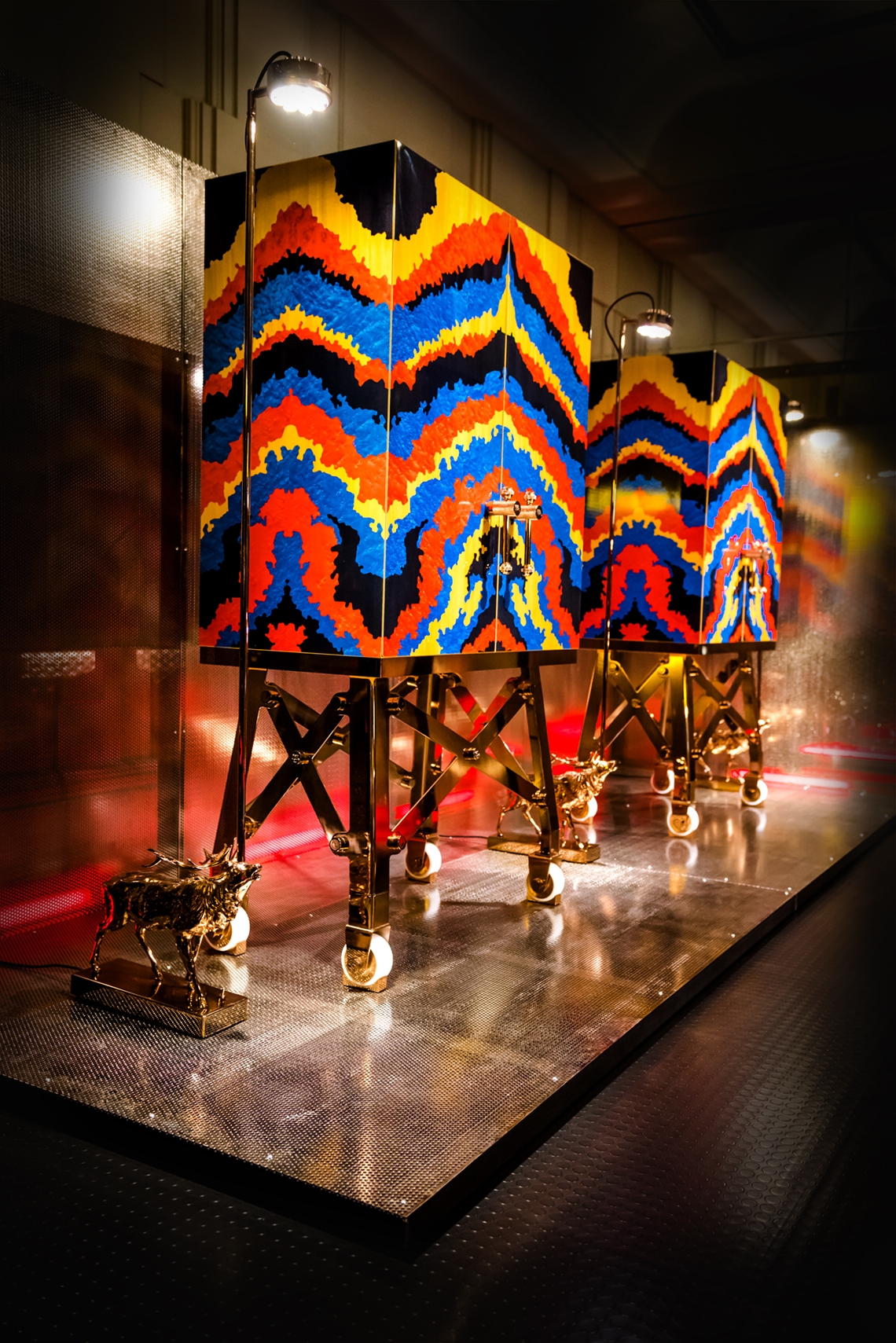
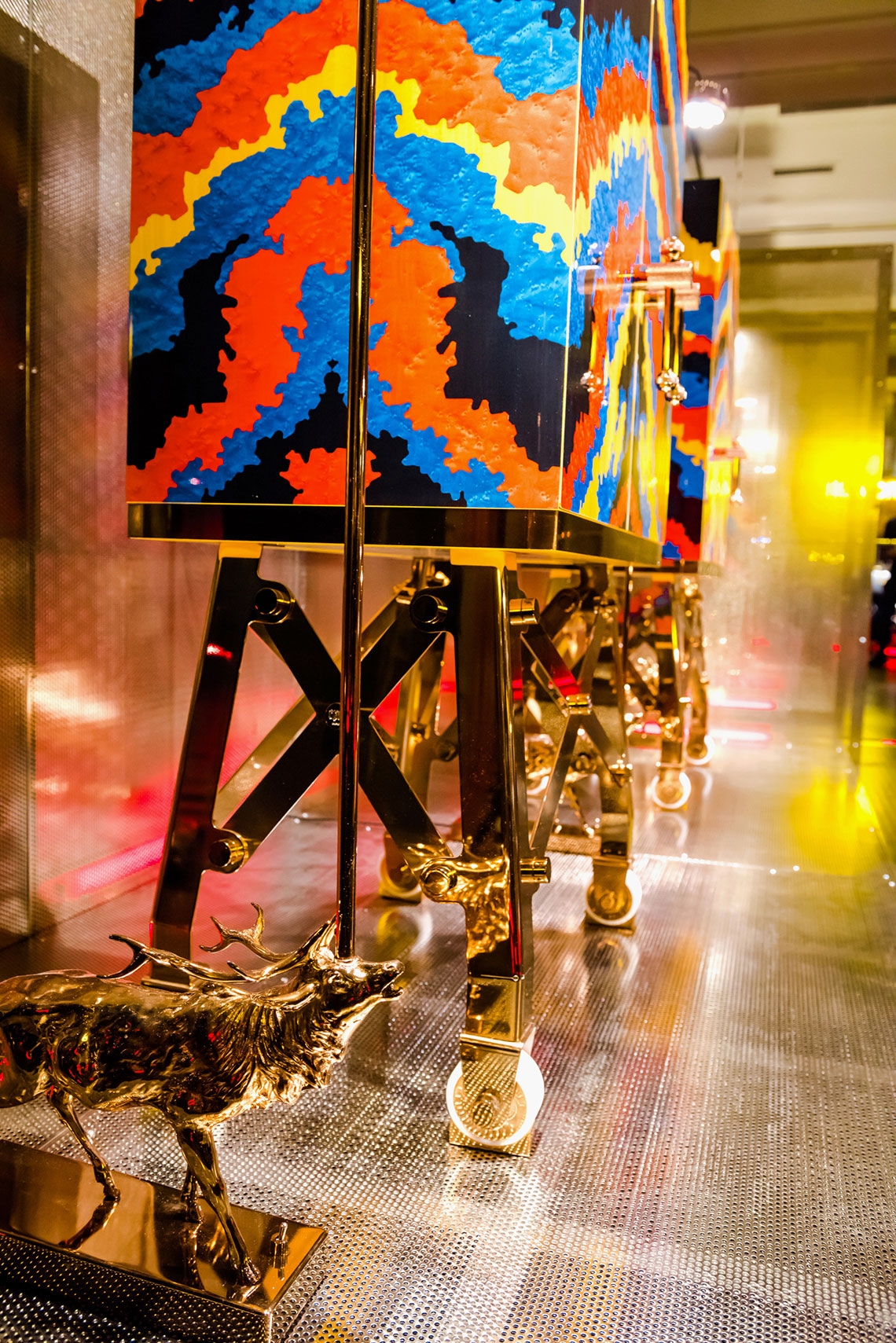
Technical Info
CLAN MILANO
LONGHI
Longhi 2018
FOLD AND TILES COLLECTIONS

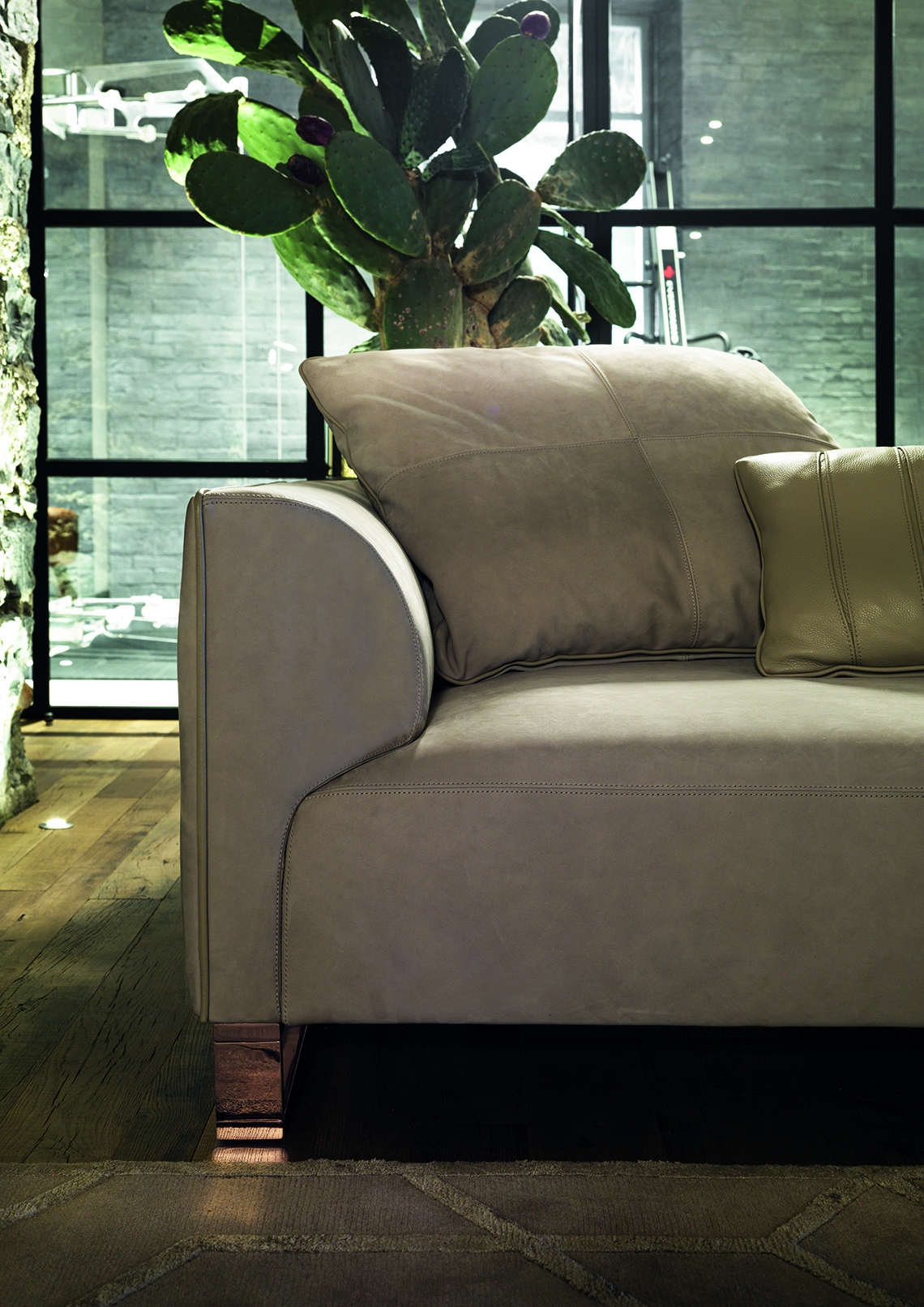
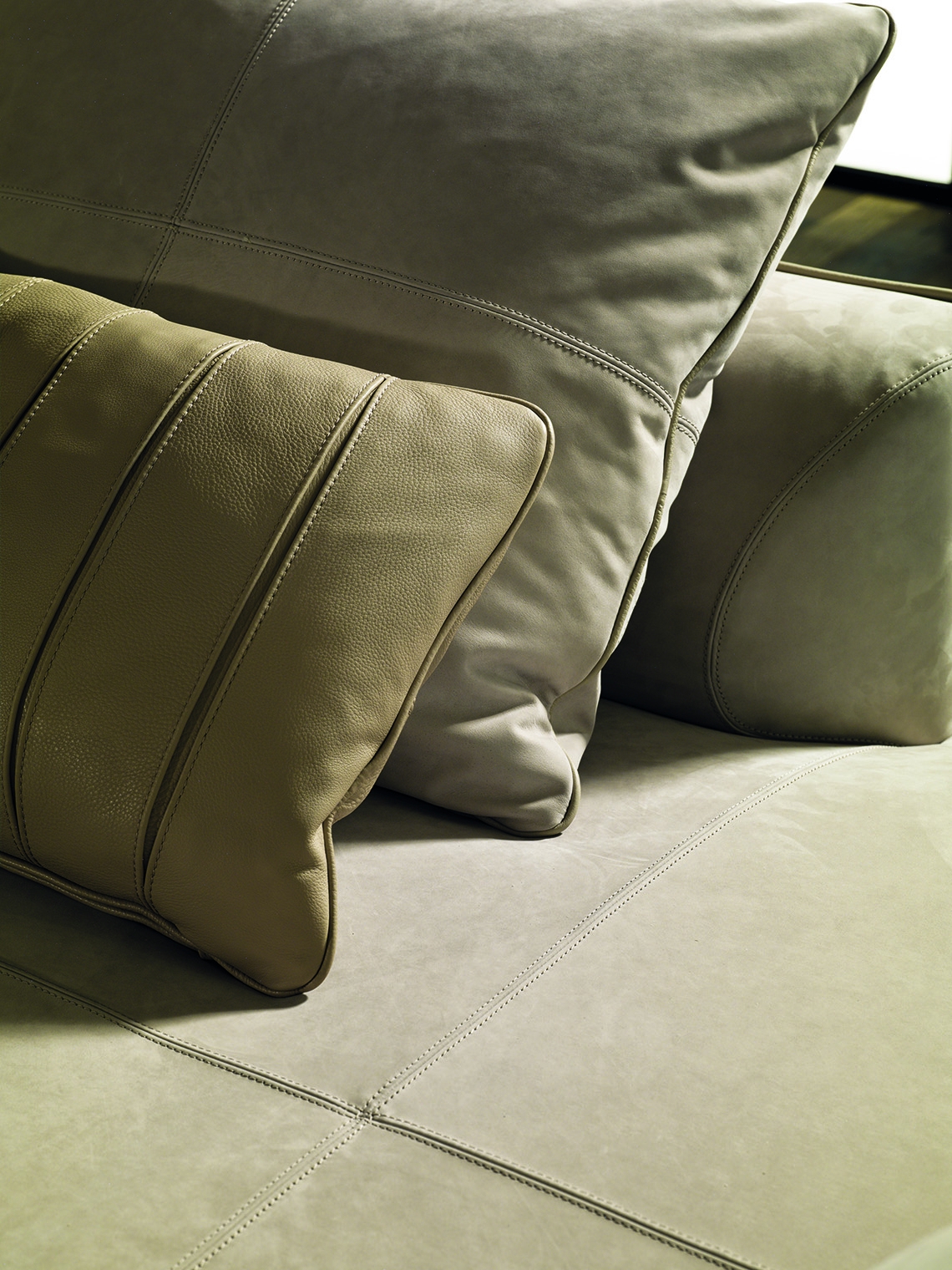
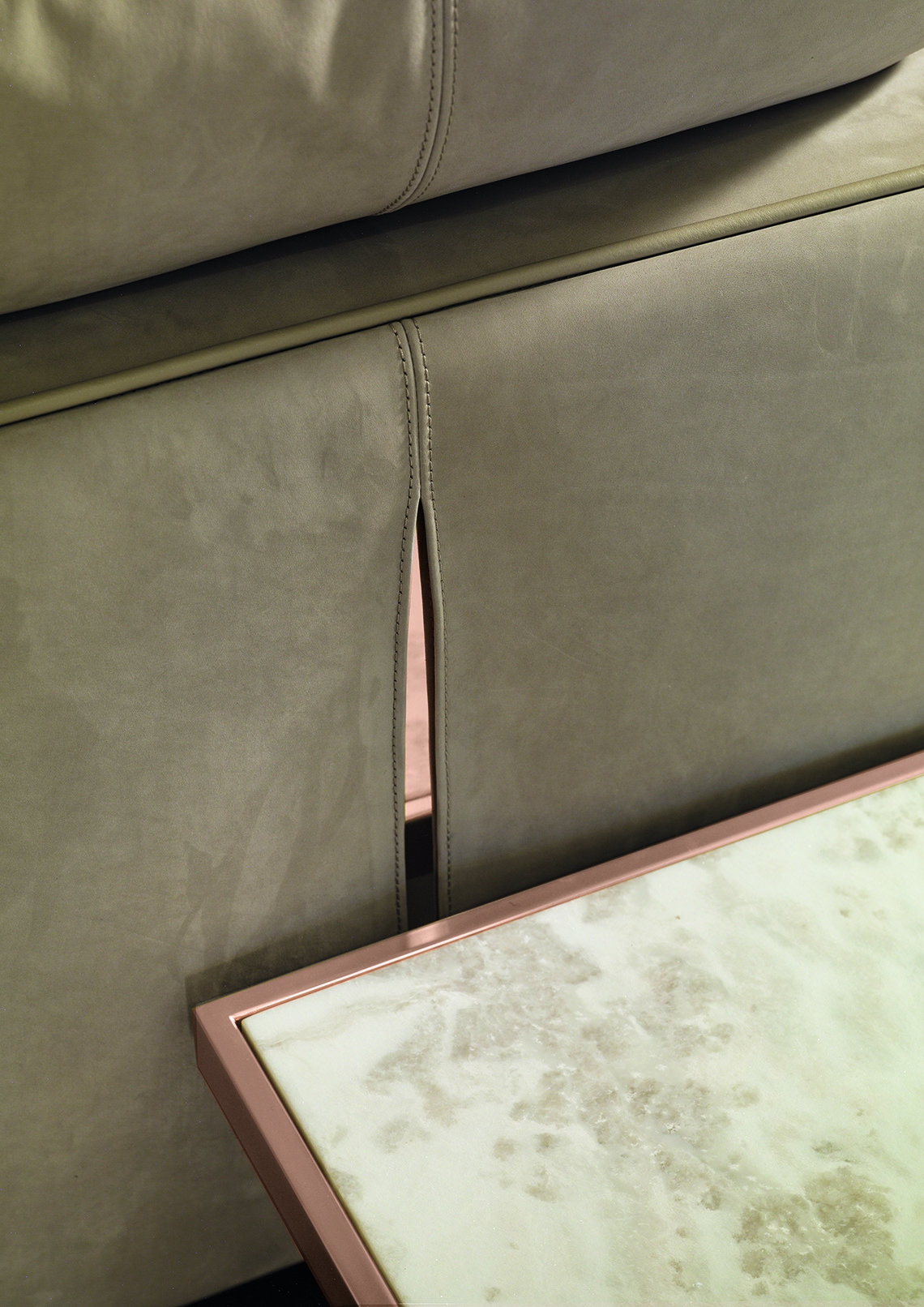

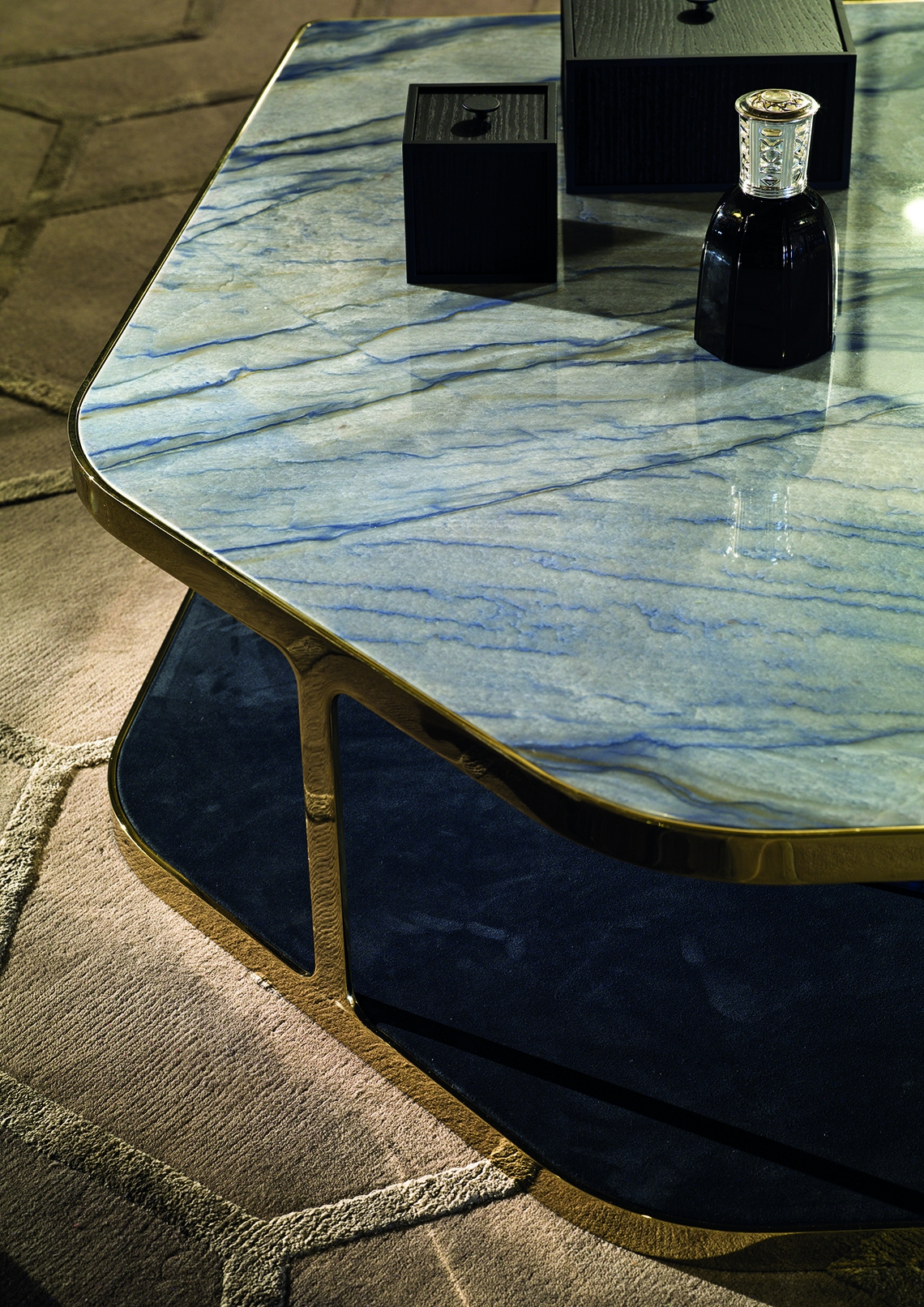
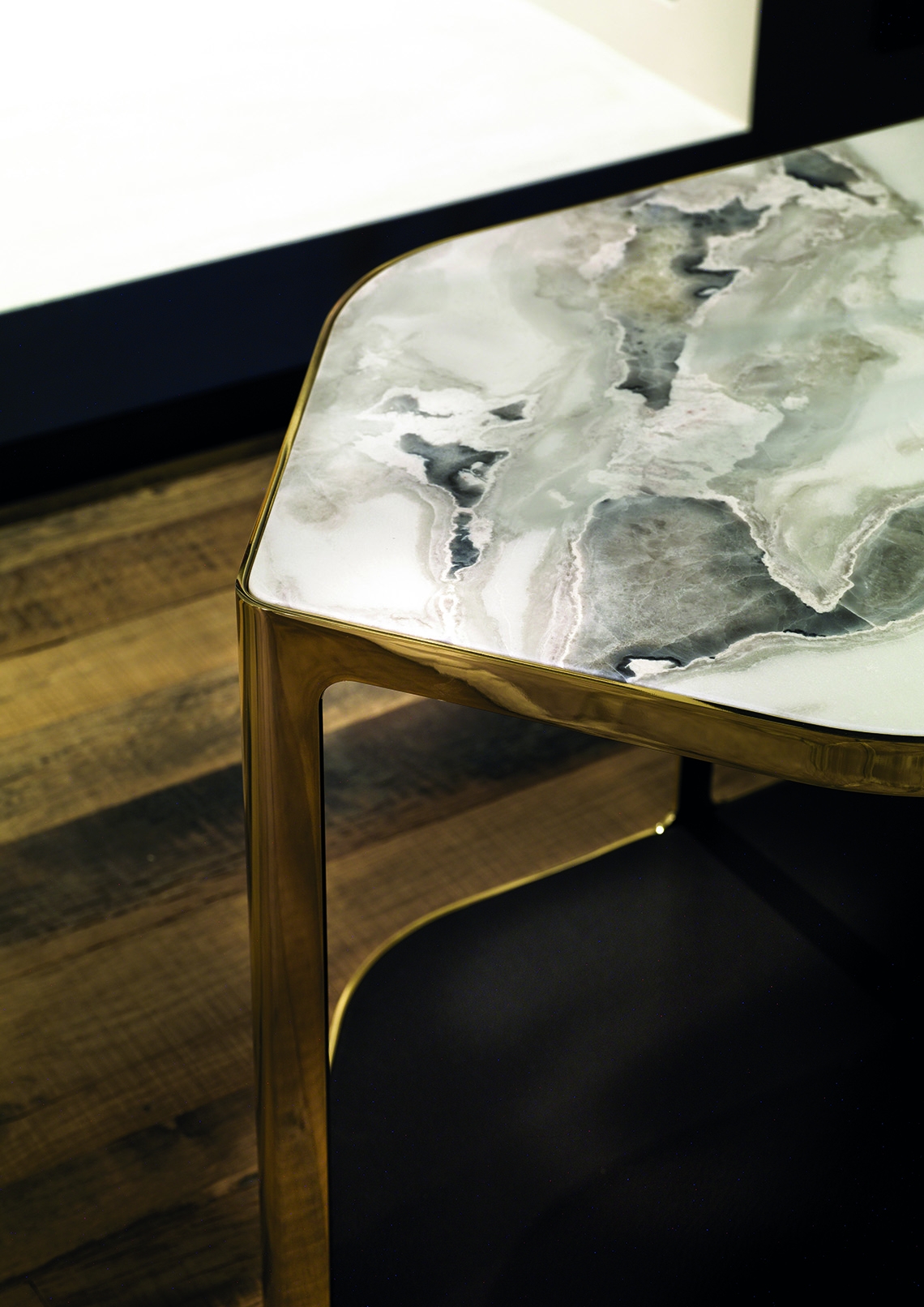
ANTOLINI
Antolini 2018
milano design week
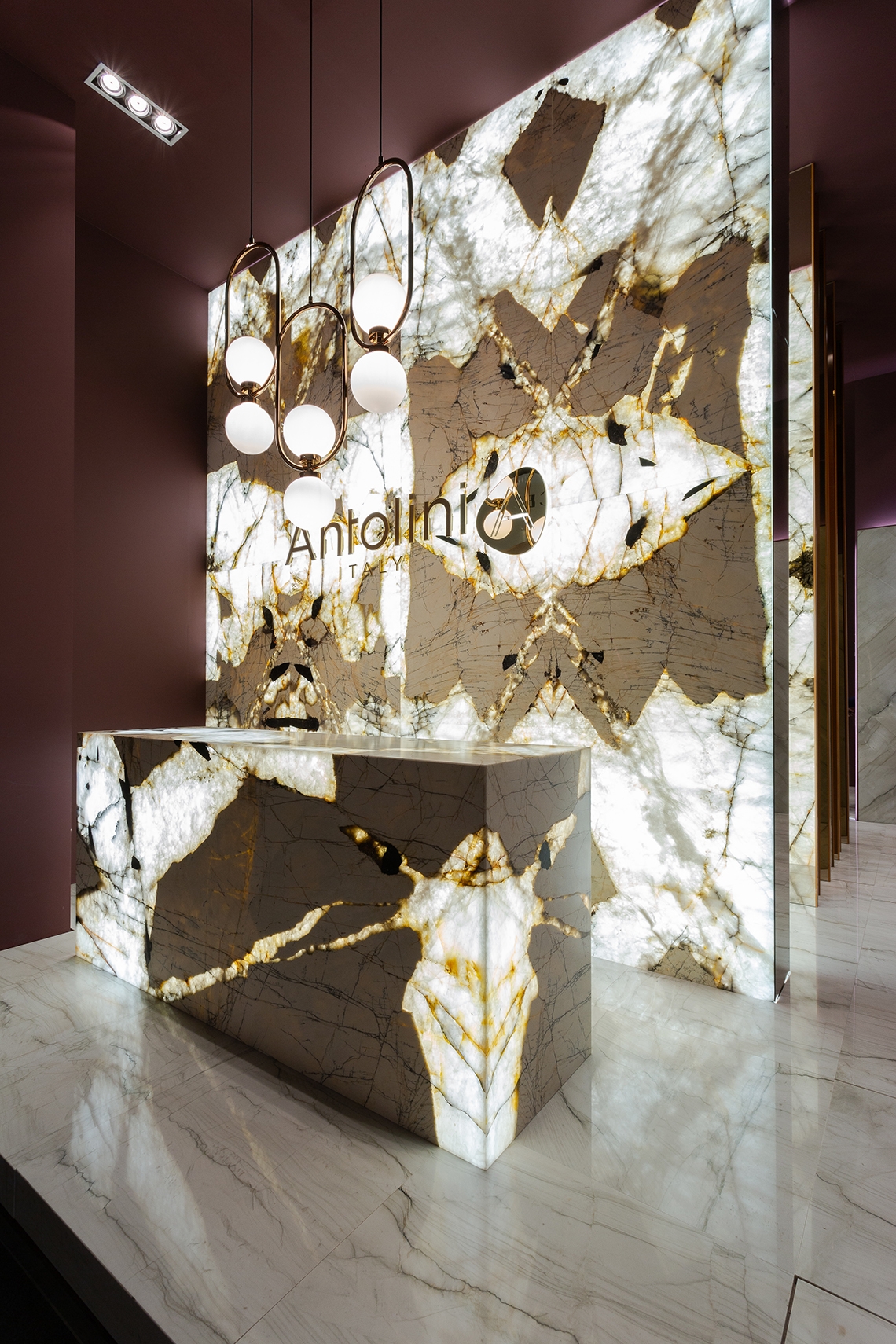
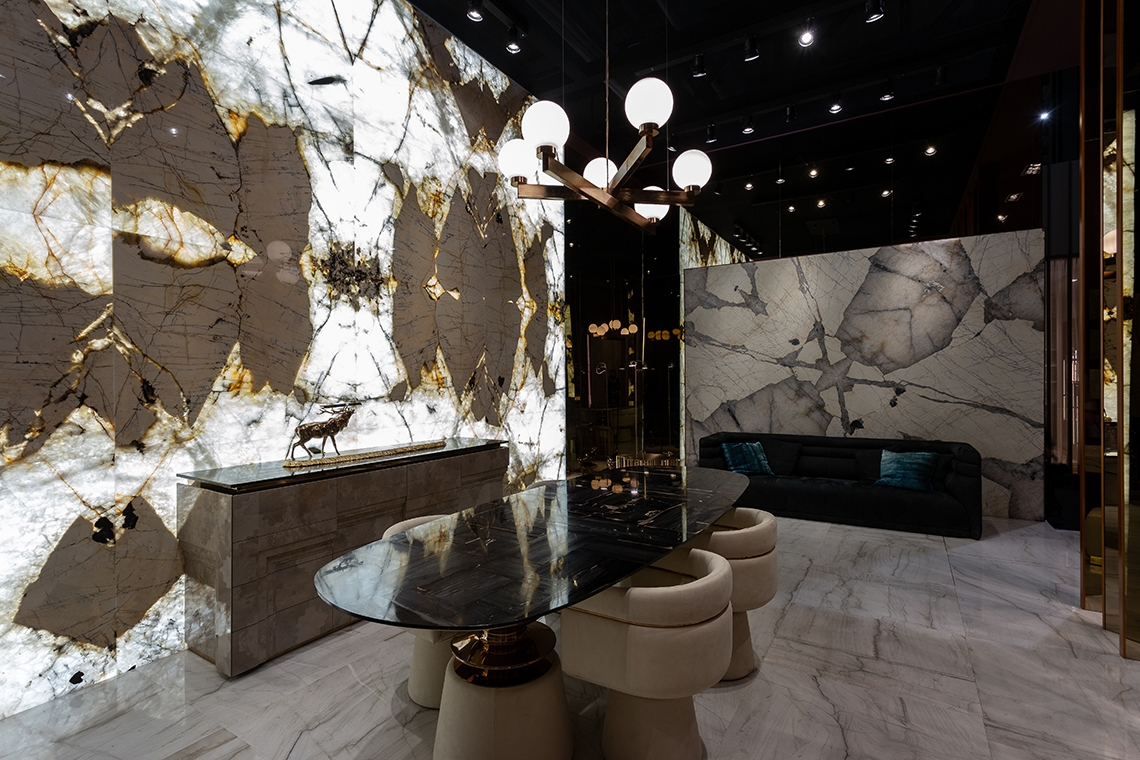
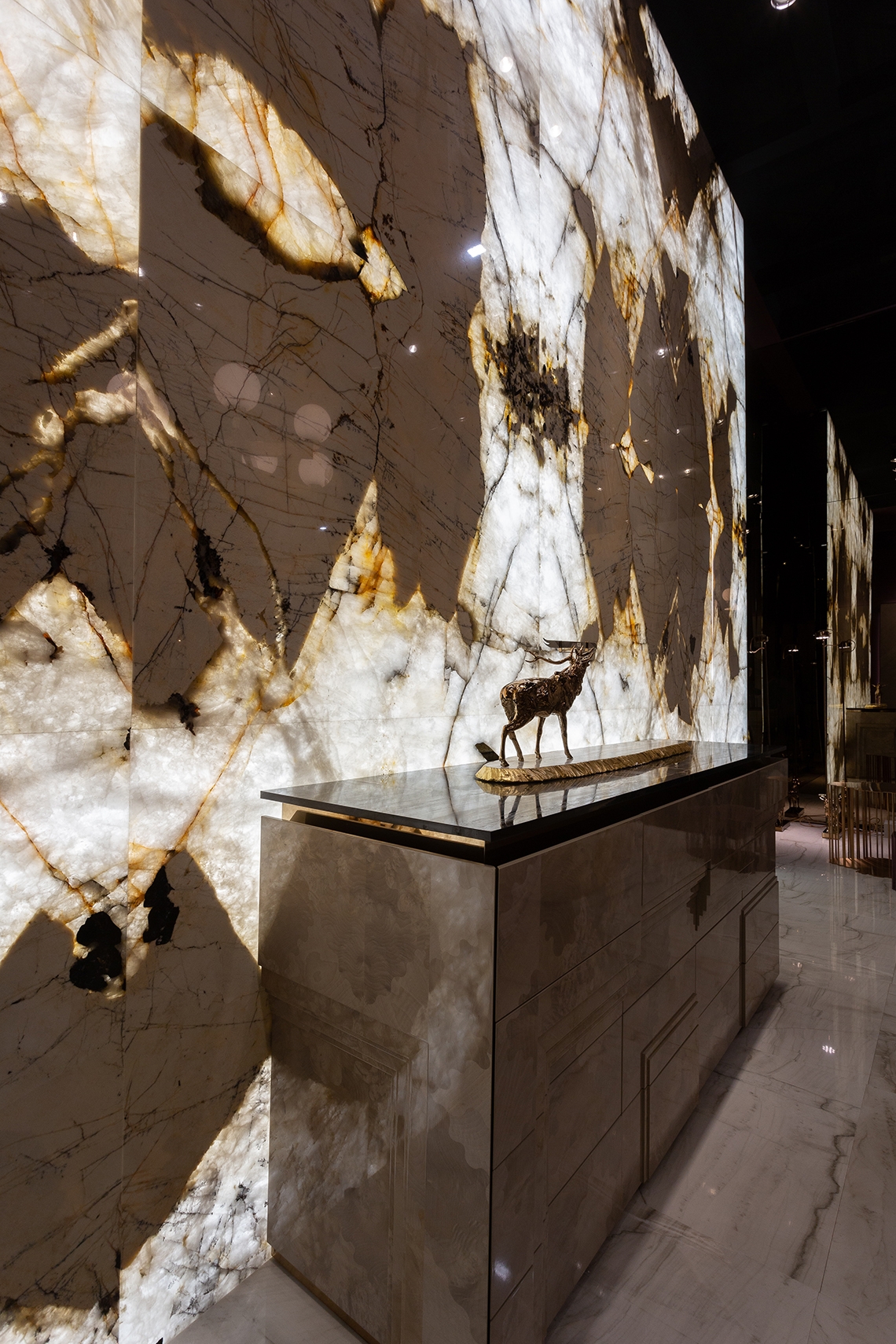
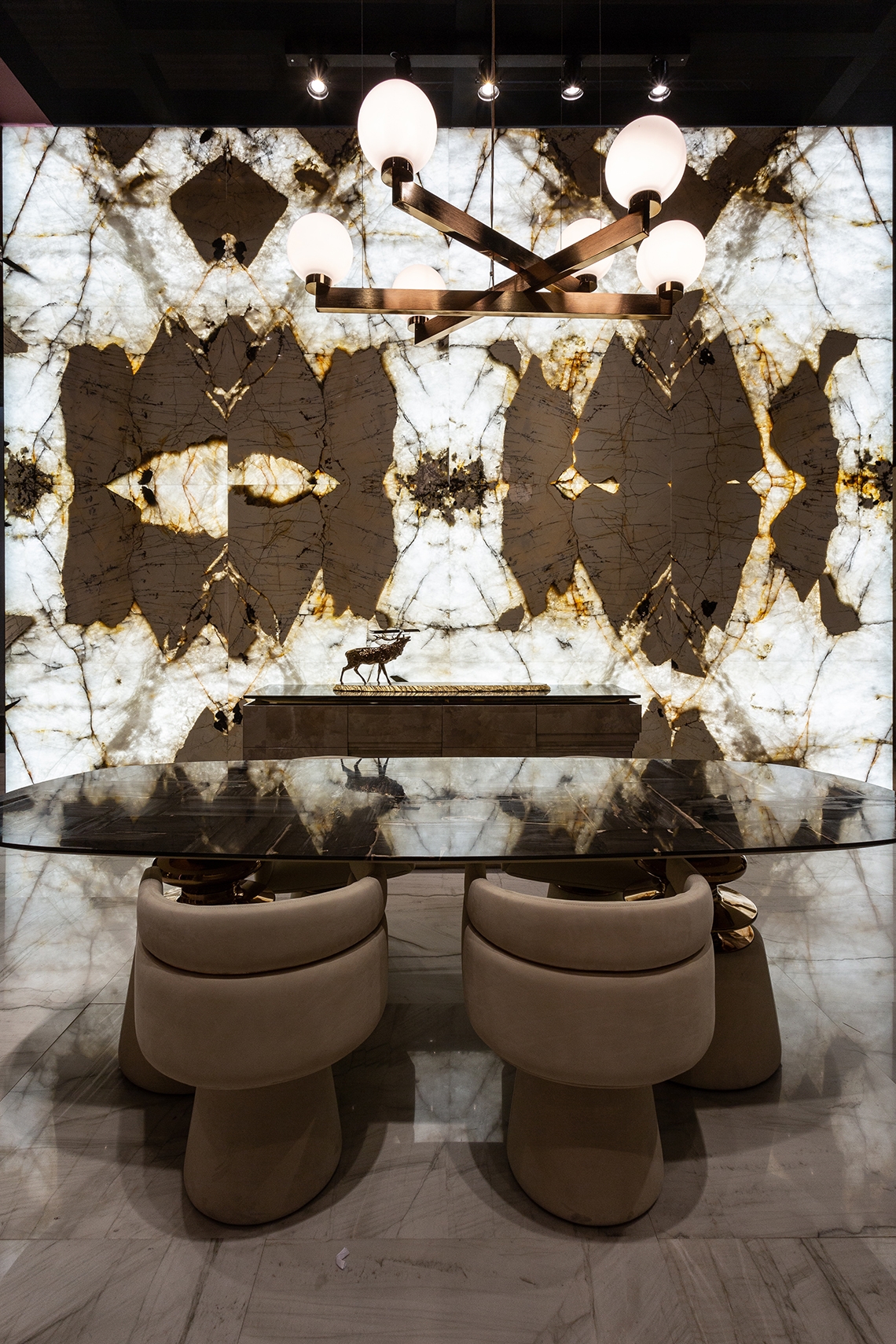
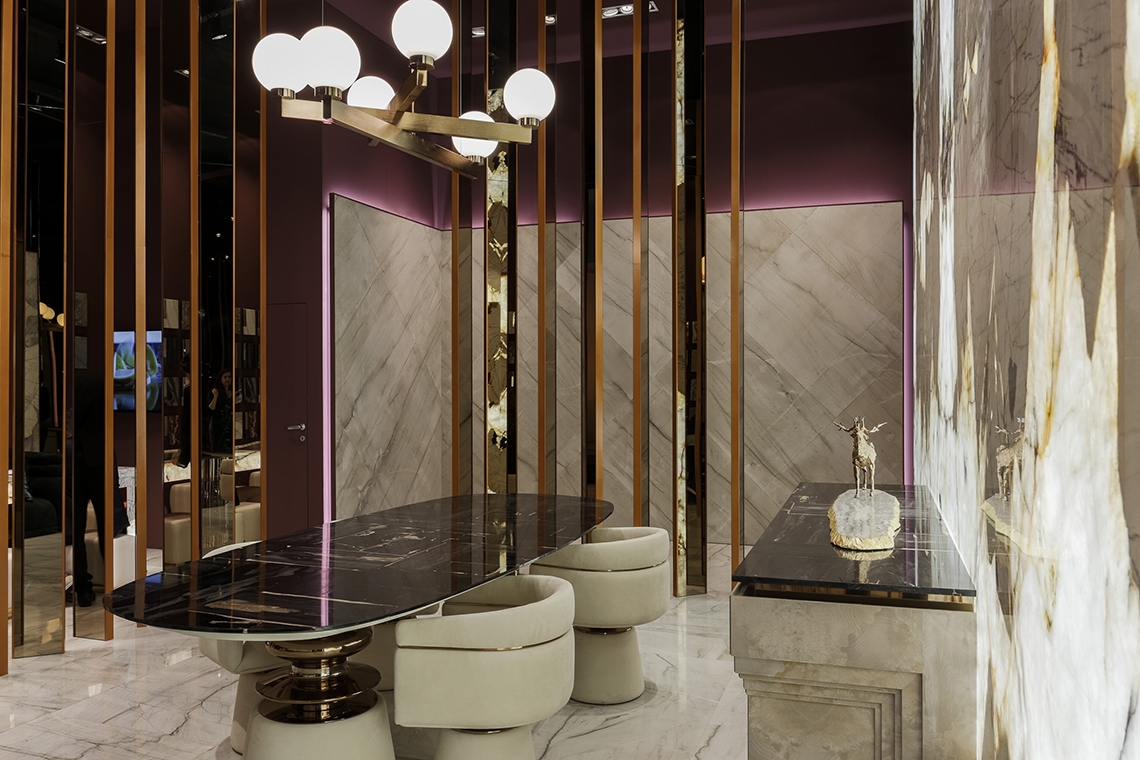
ANTOLINI
STAND 2016
INTERIOR



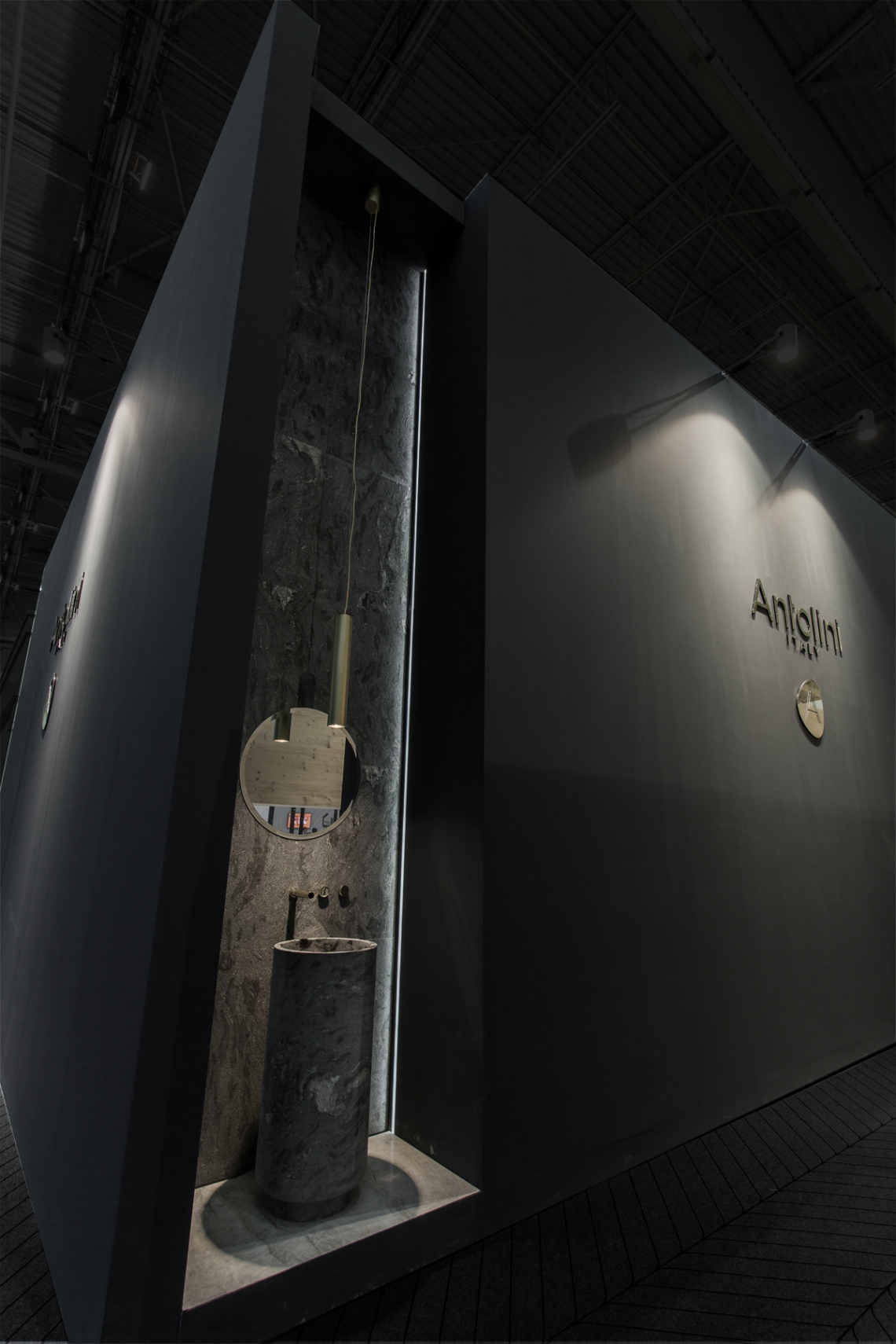
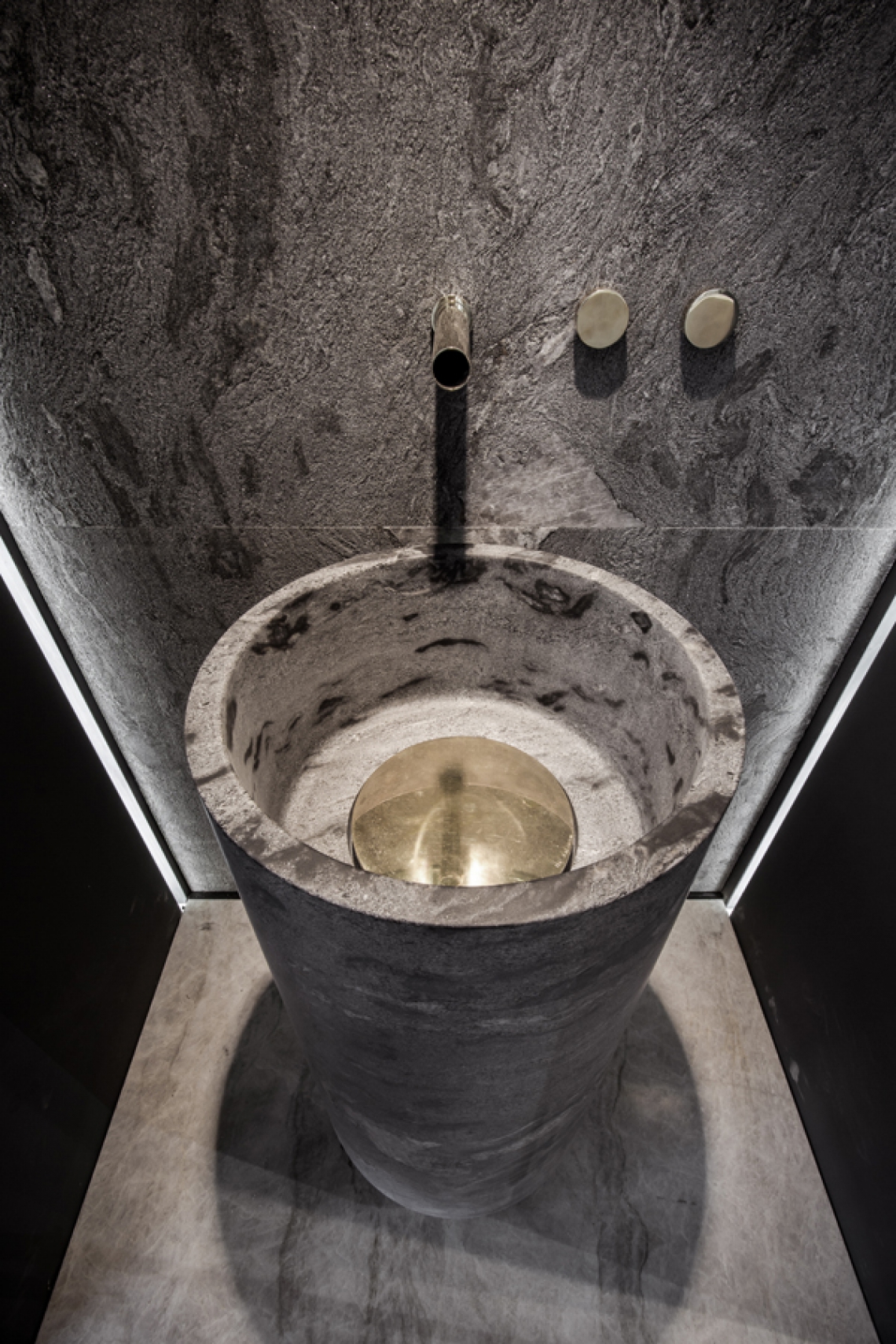
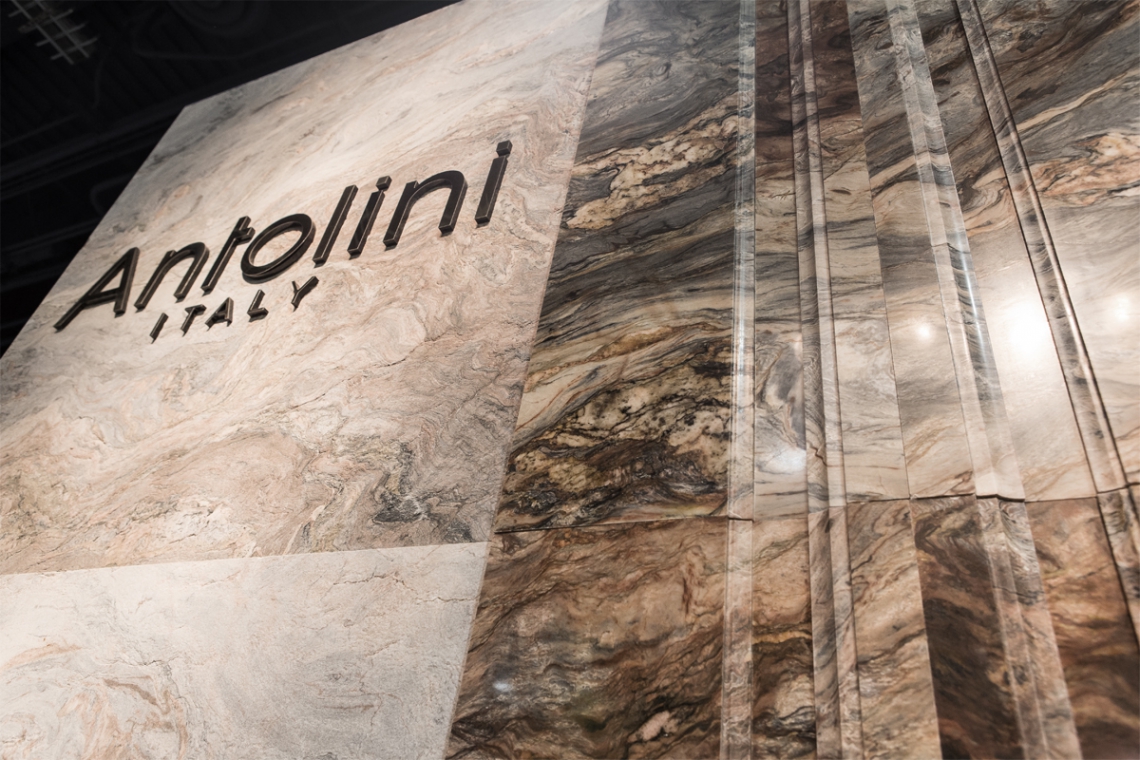

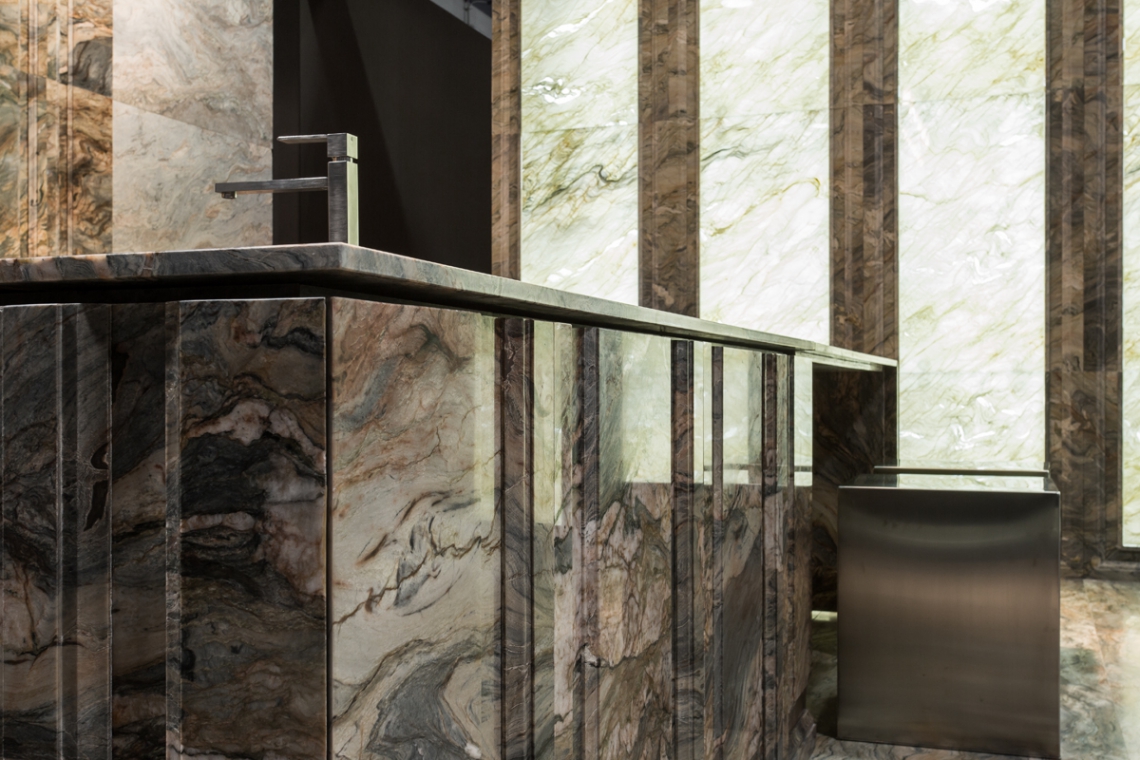
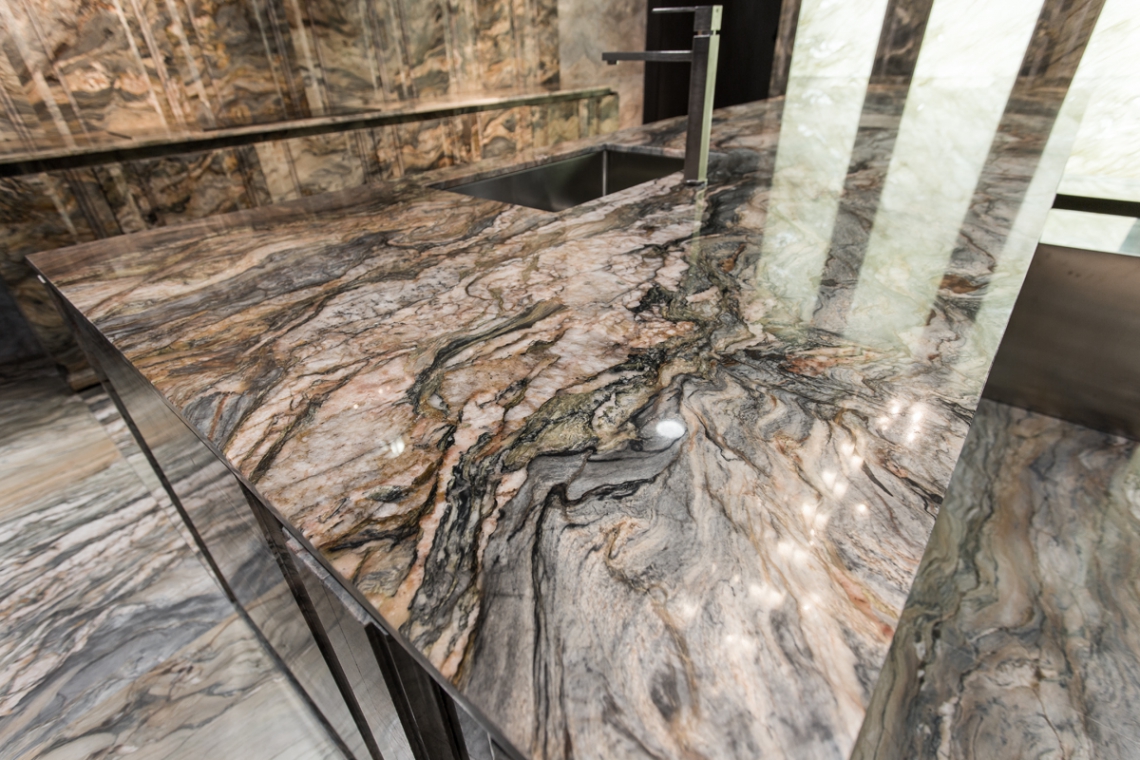
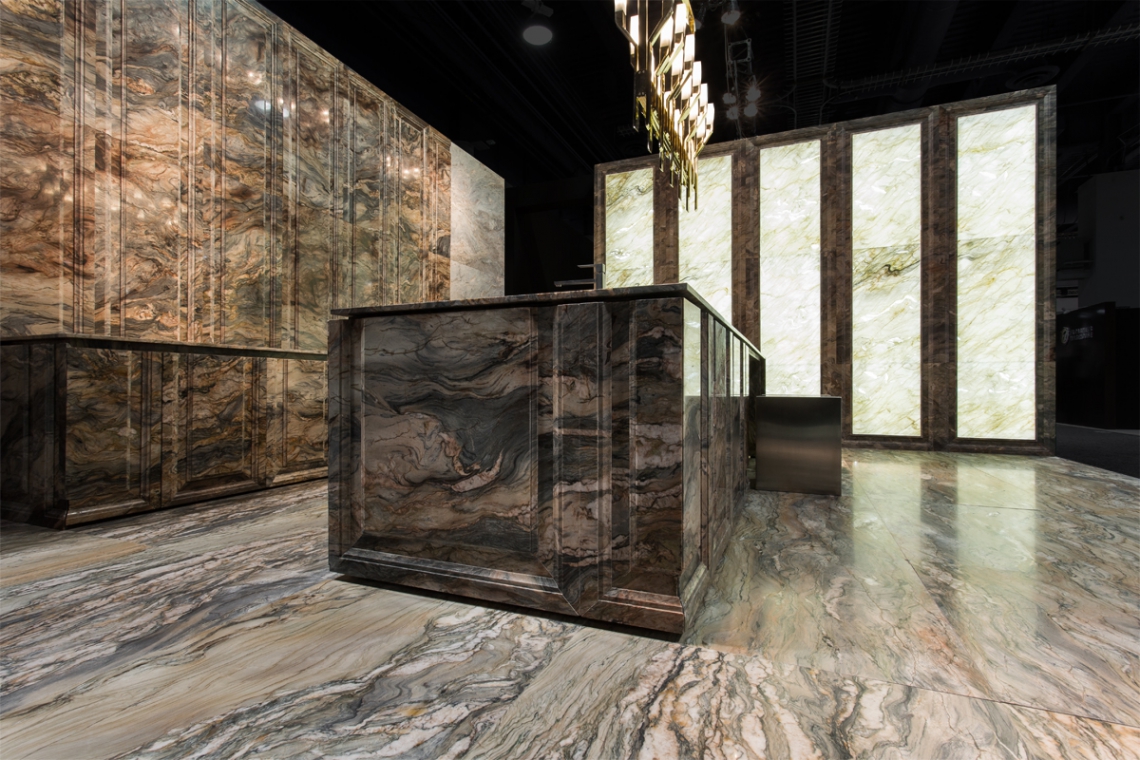
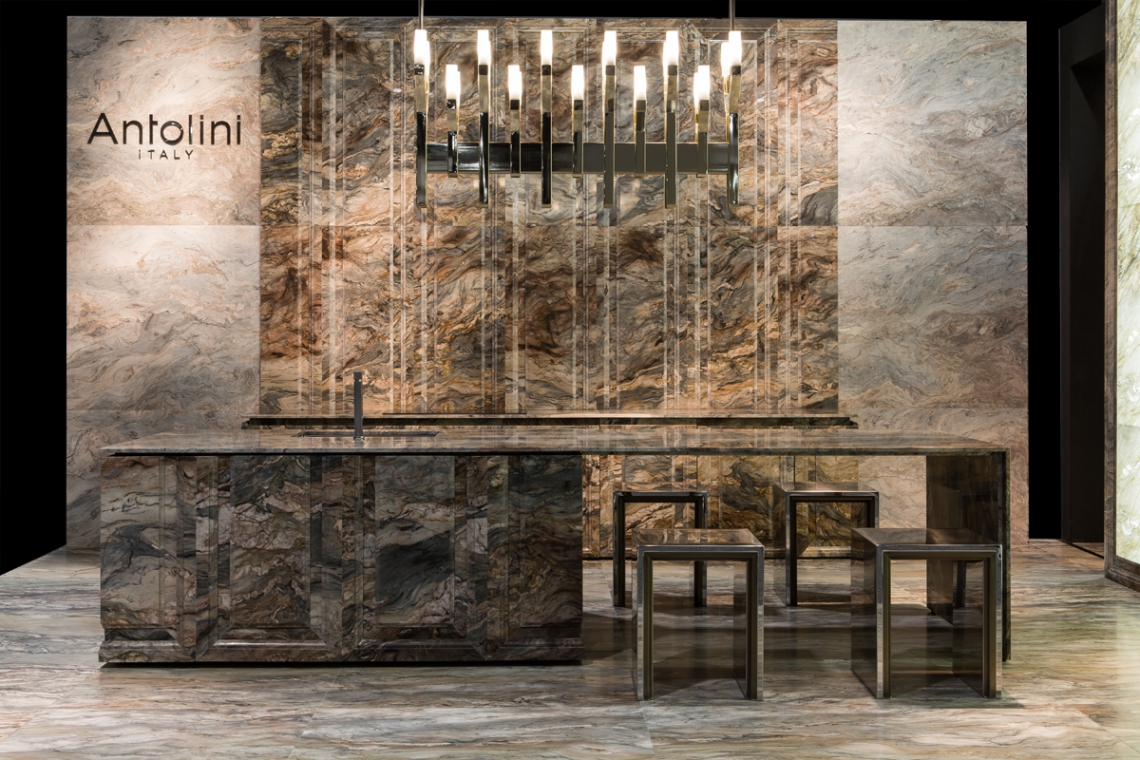
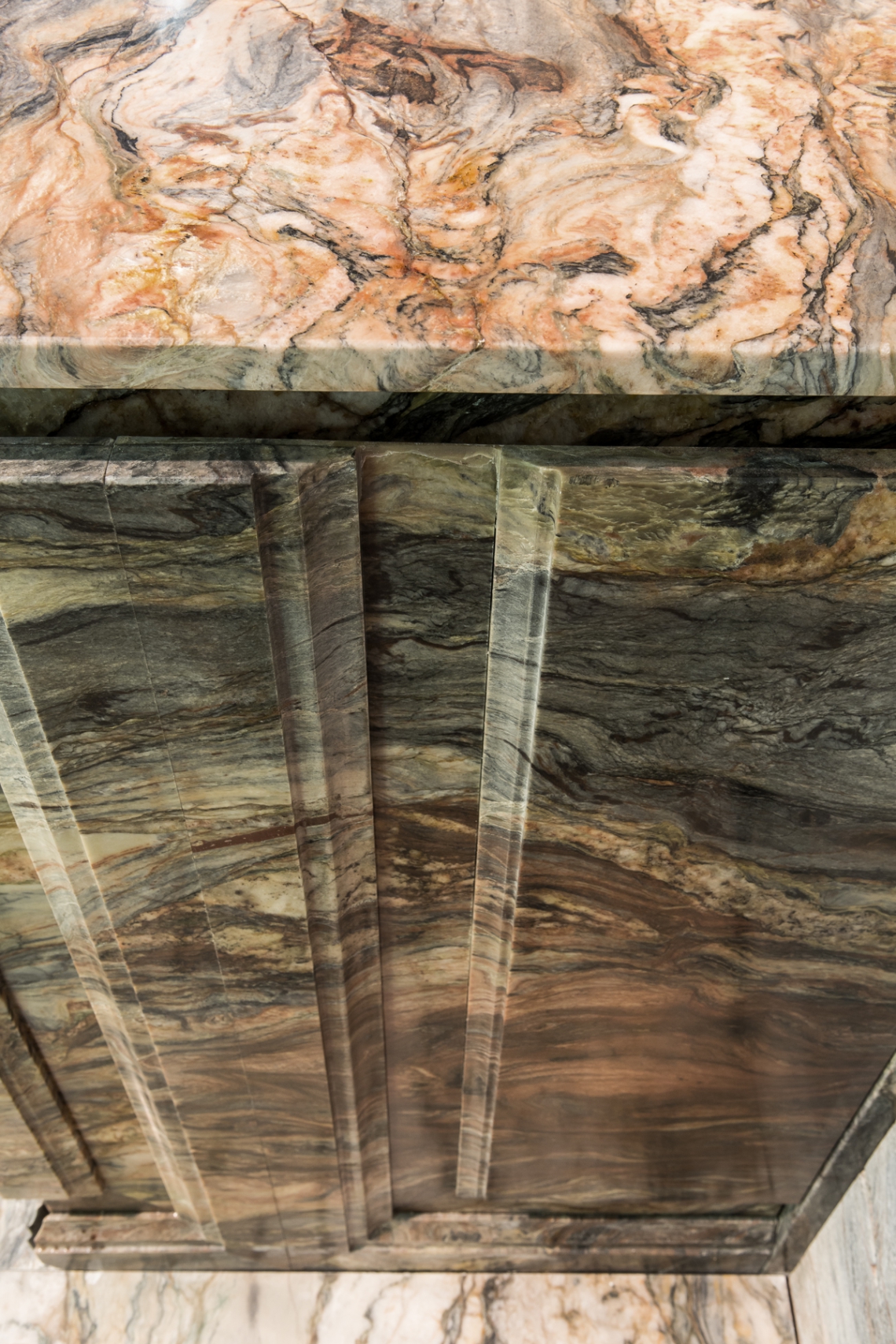
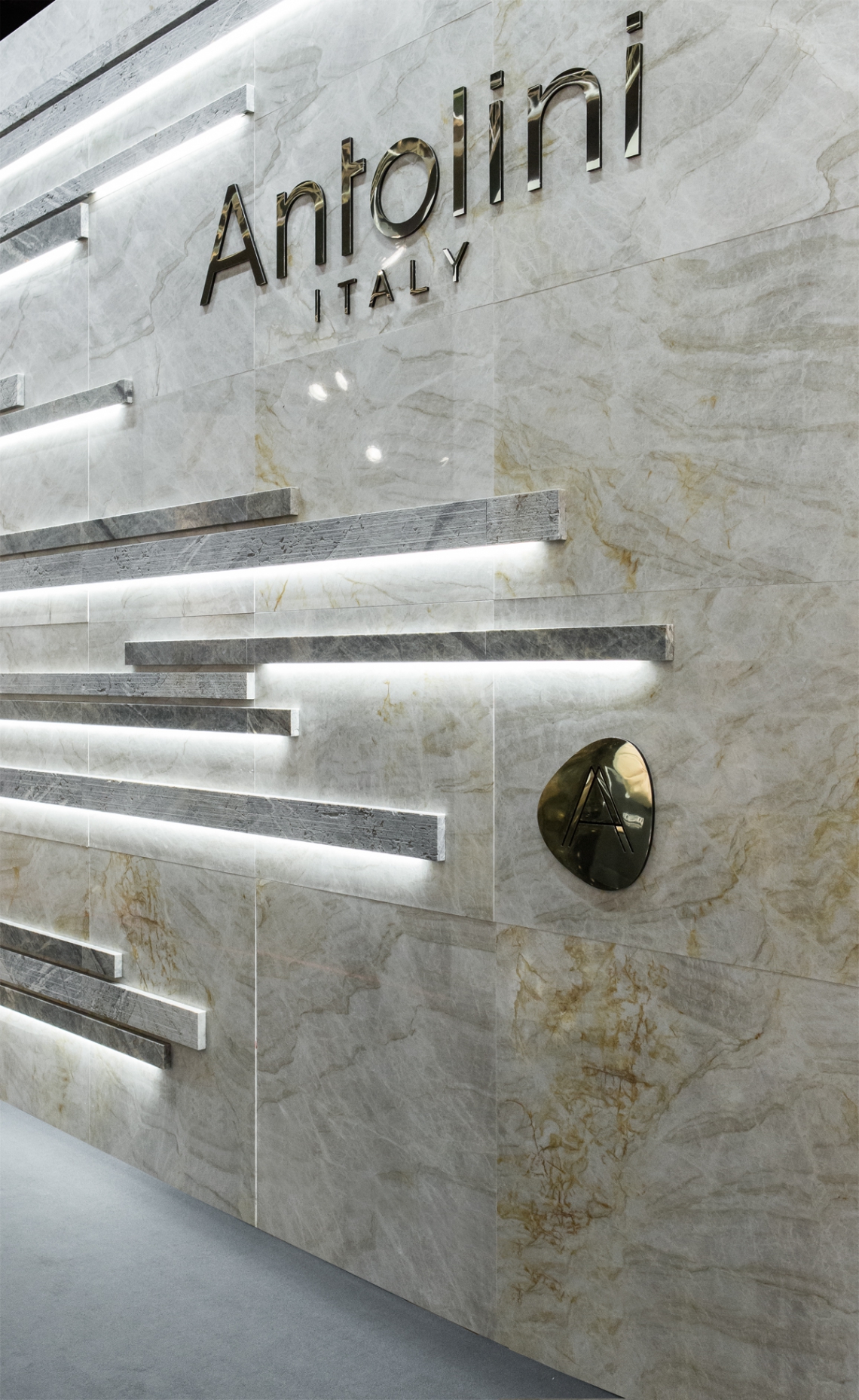
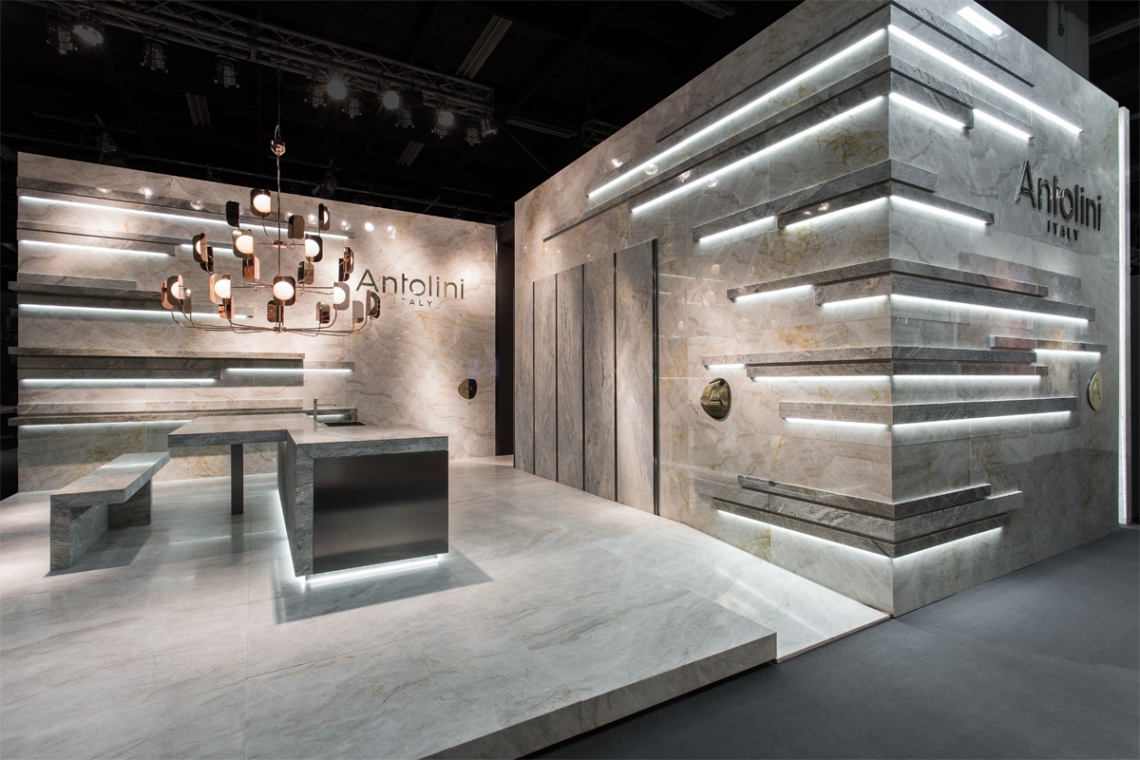
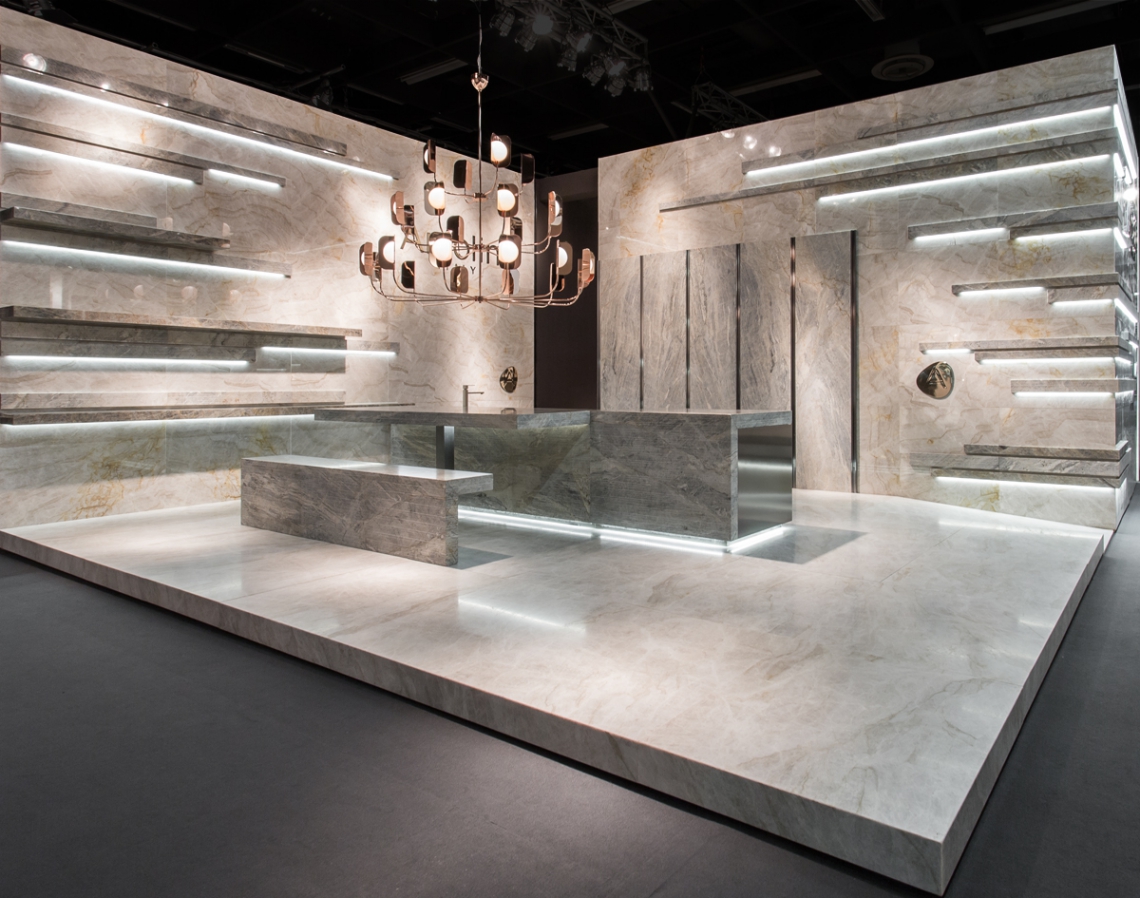
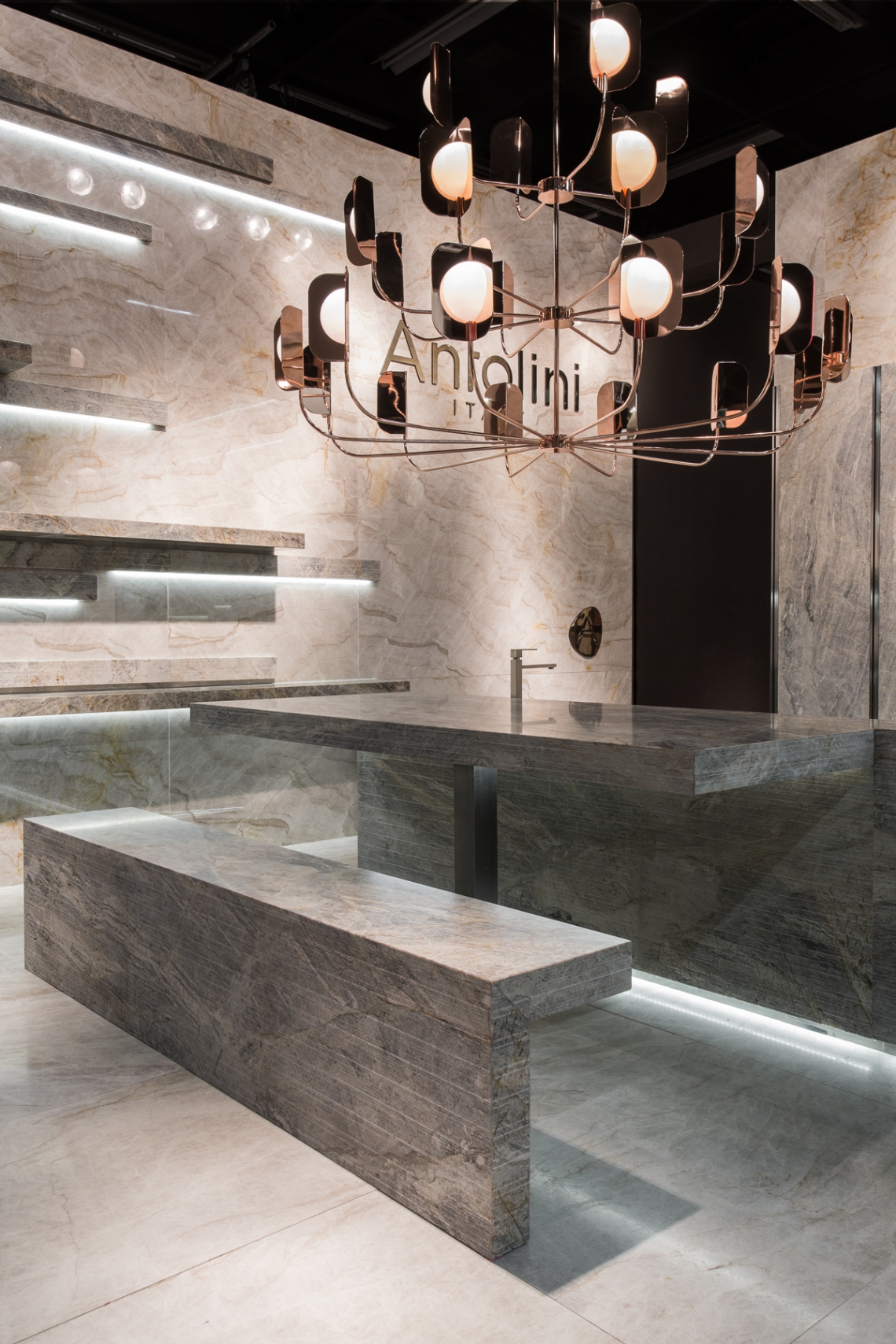
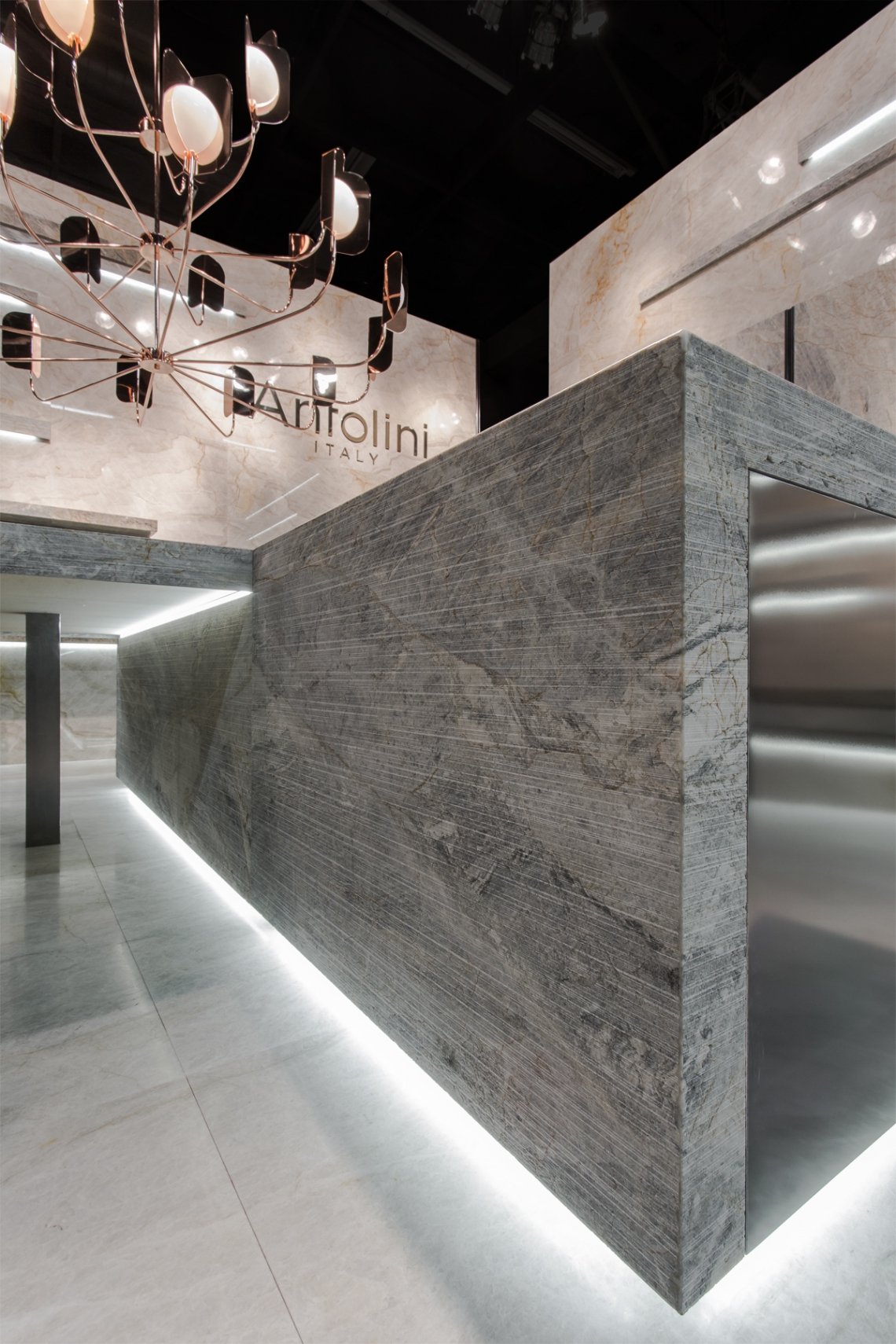
Technical Info
ANTOLINI
The project
STAND 2016
2016
ALESSANDRO LA SPADA
ANTOLINI
lifestyle 2015
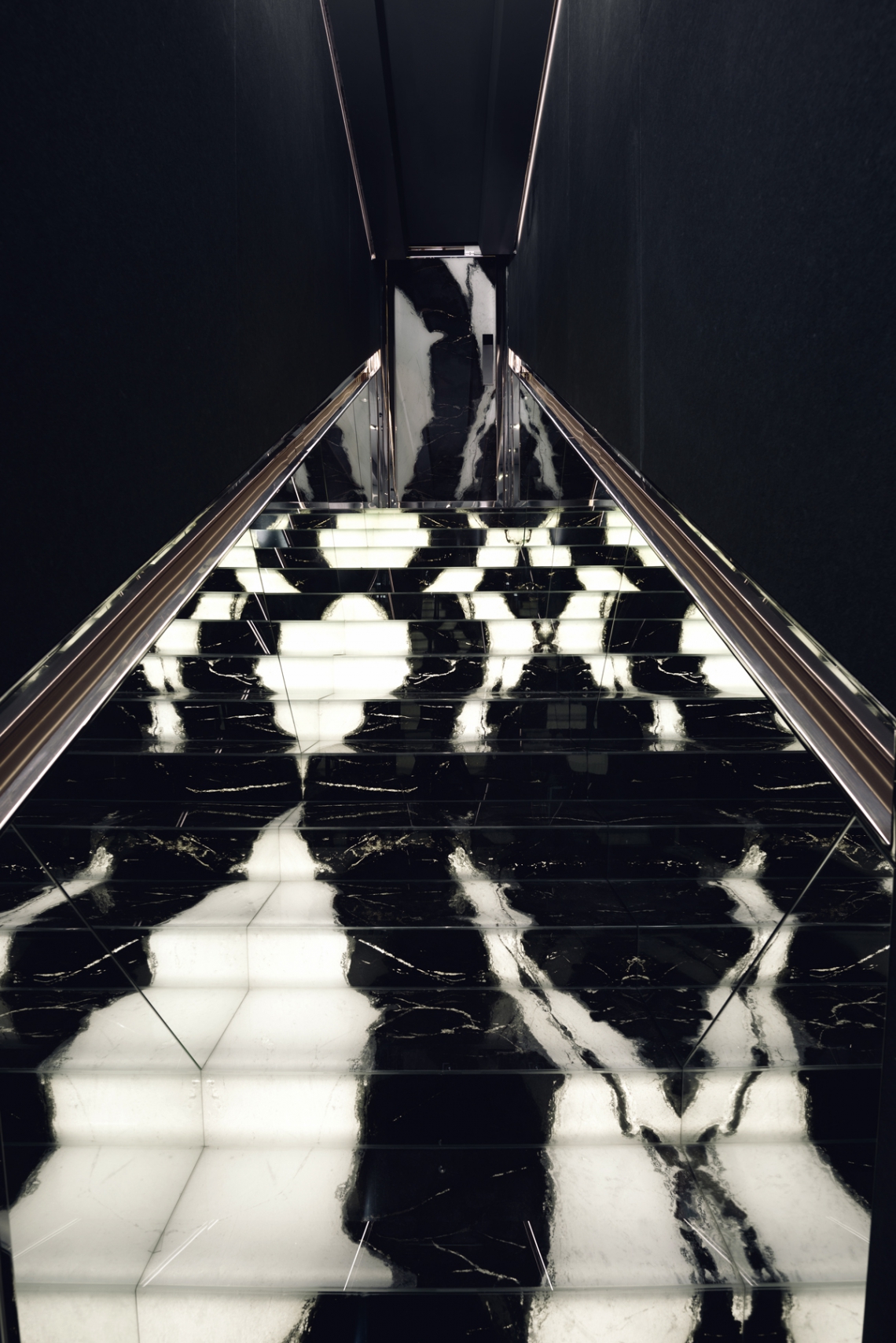
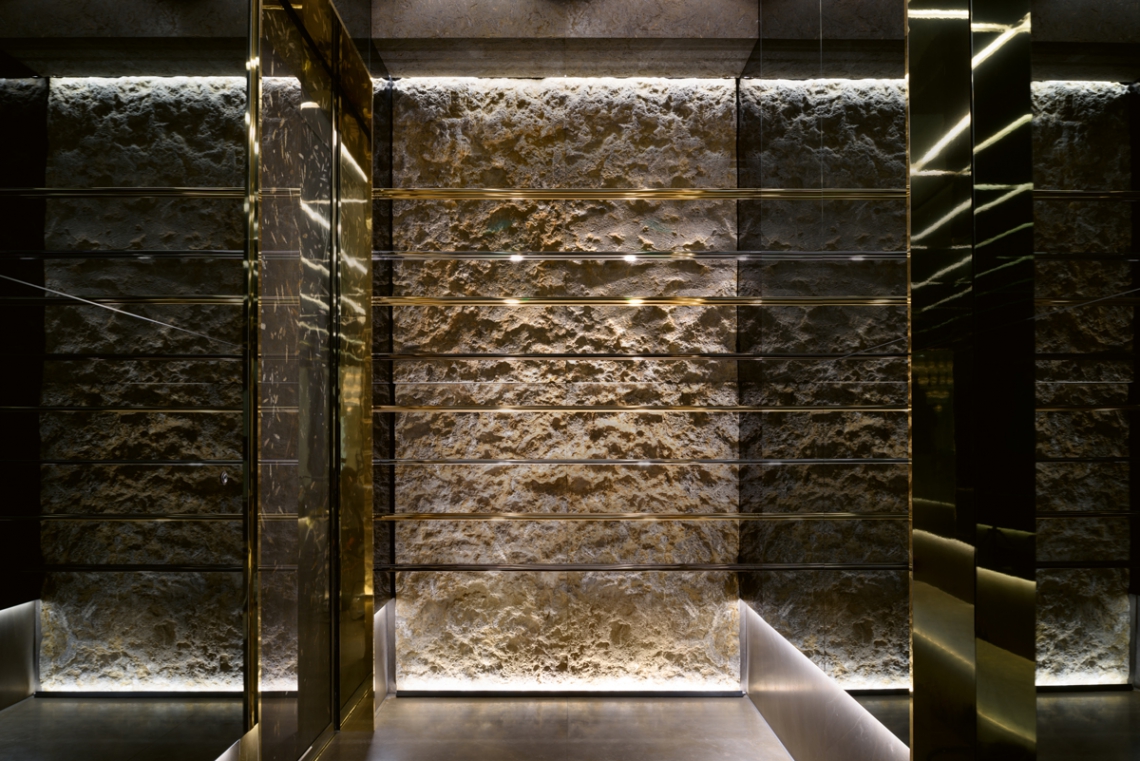
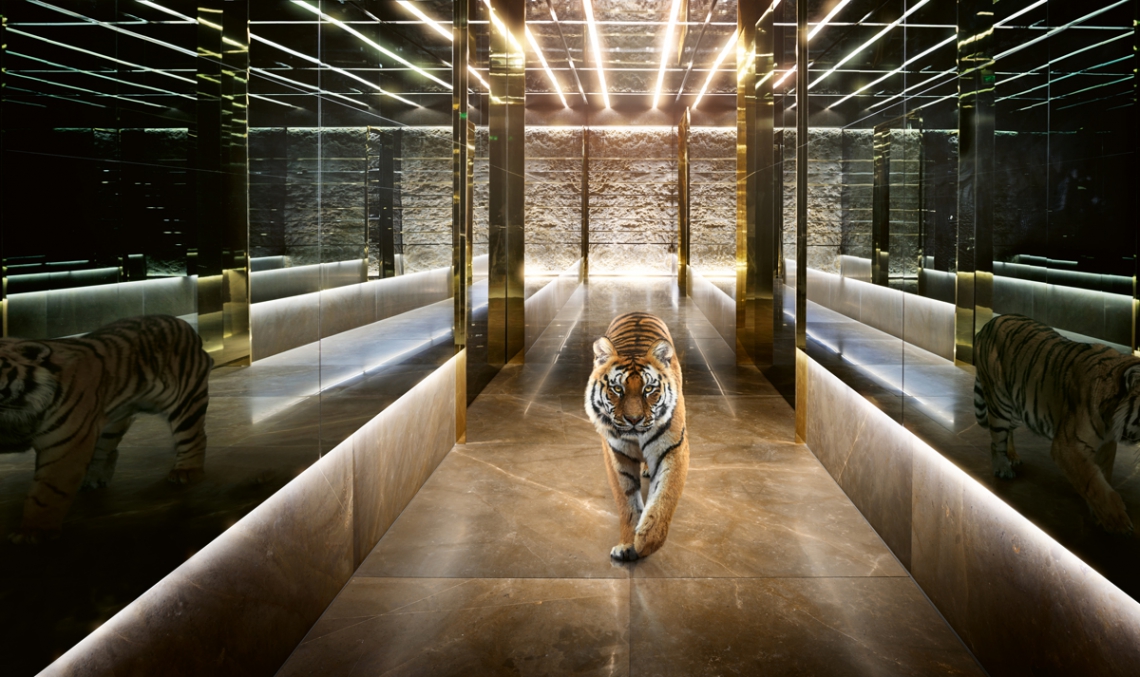
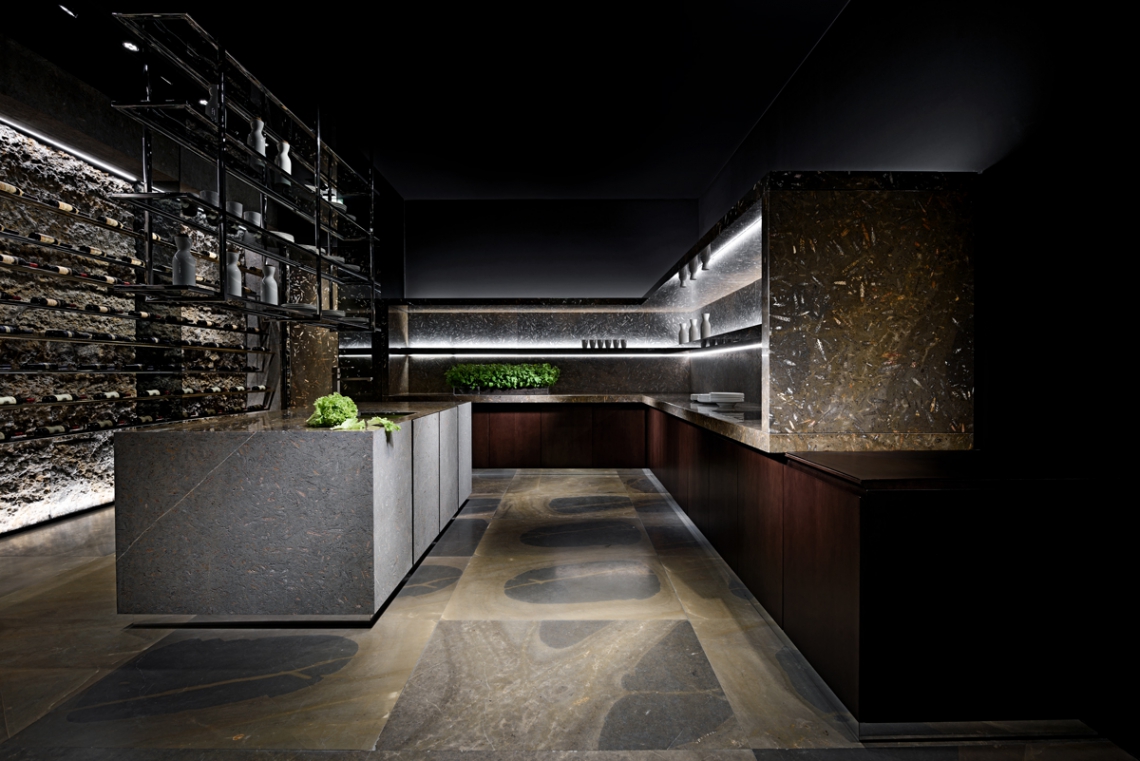
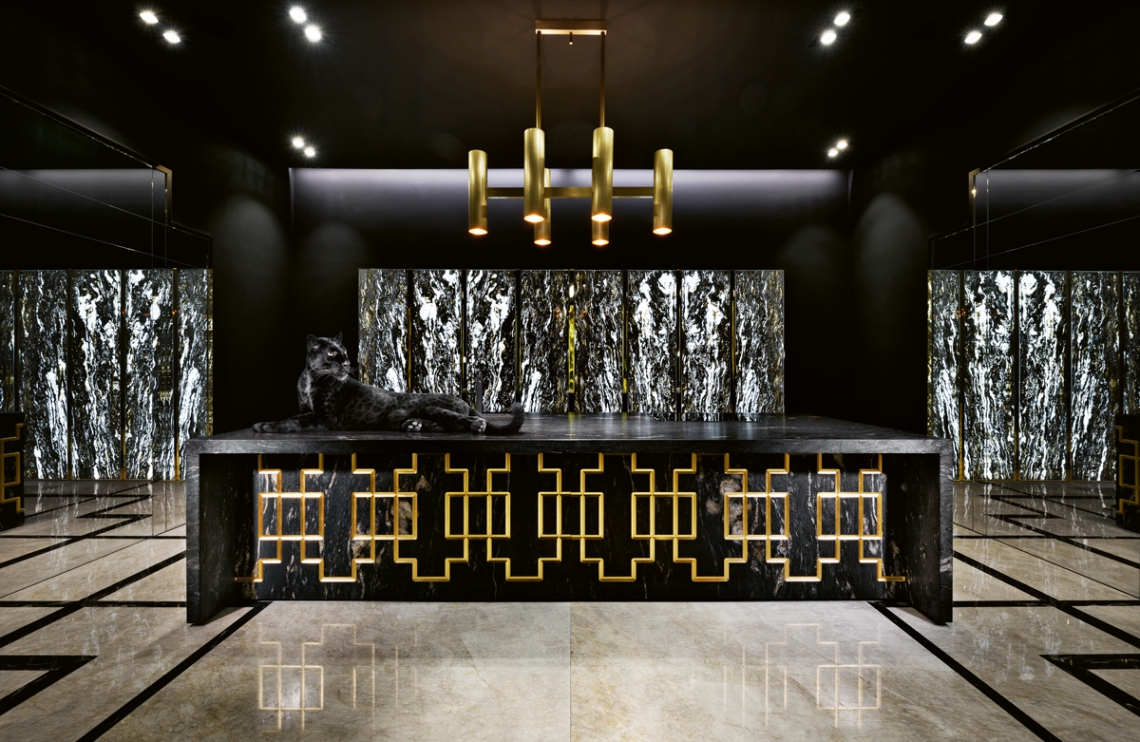
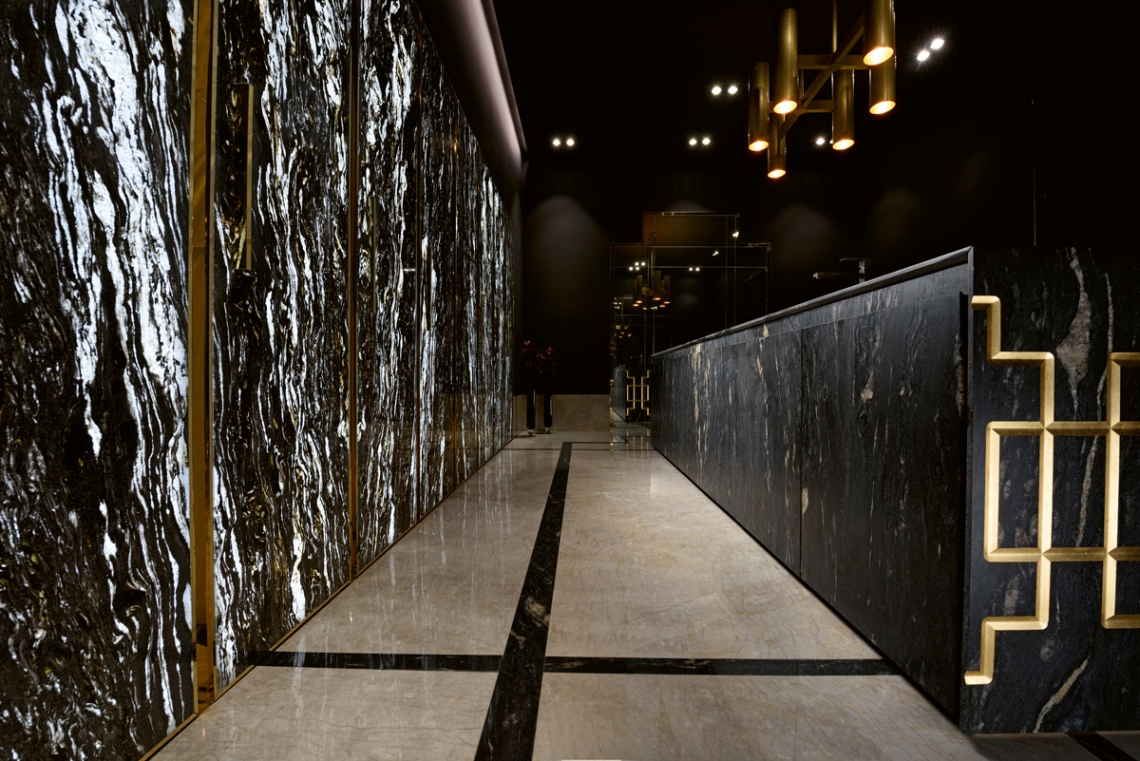


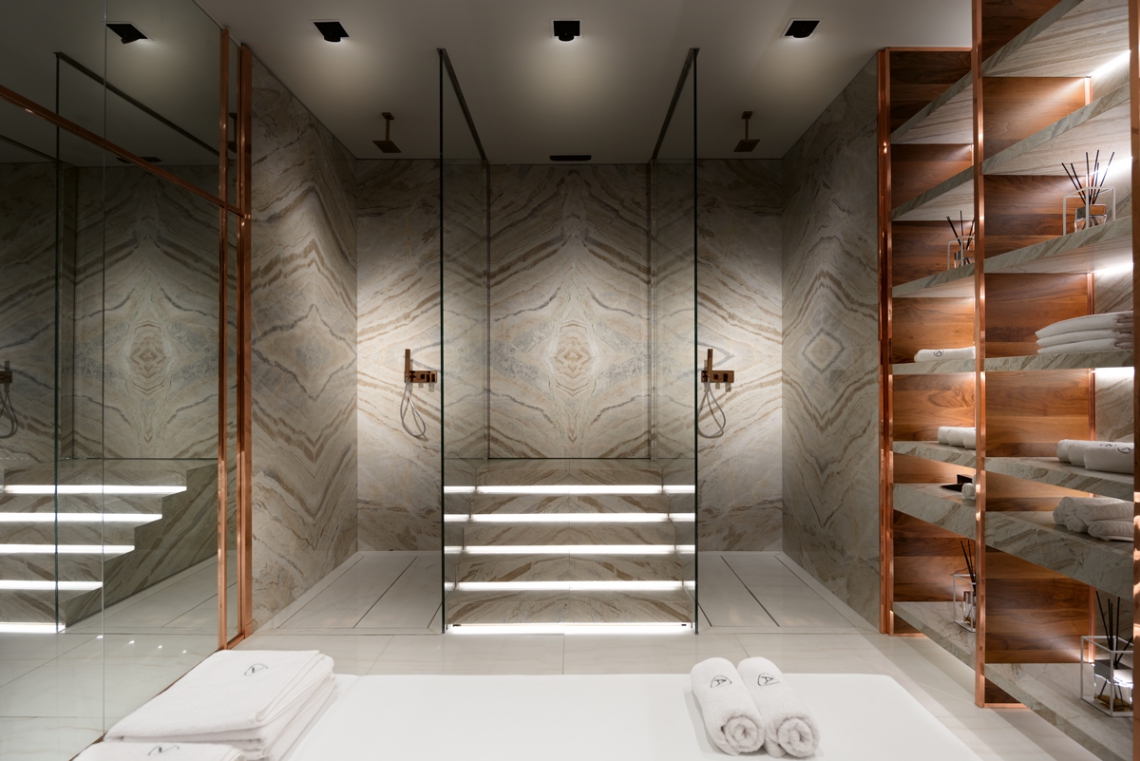
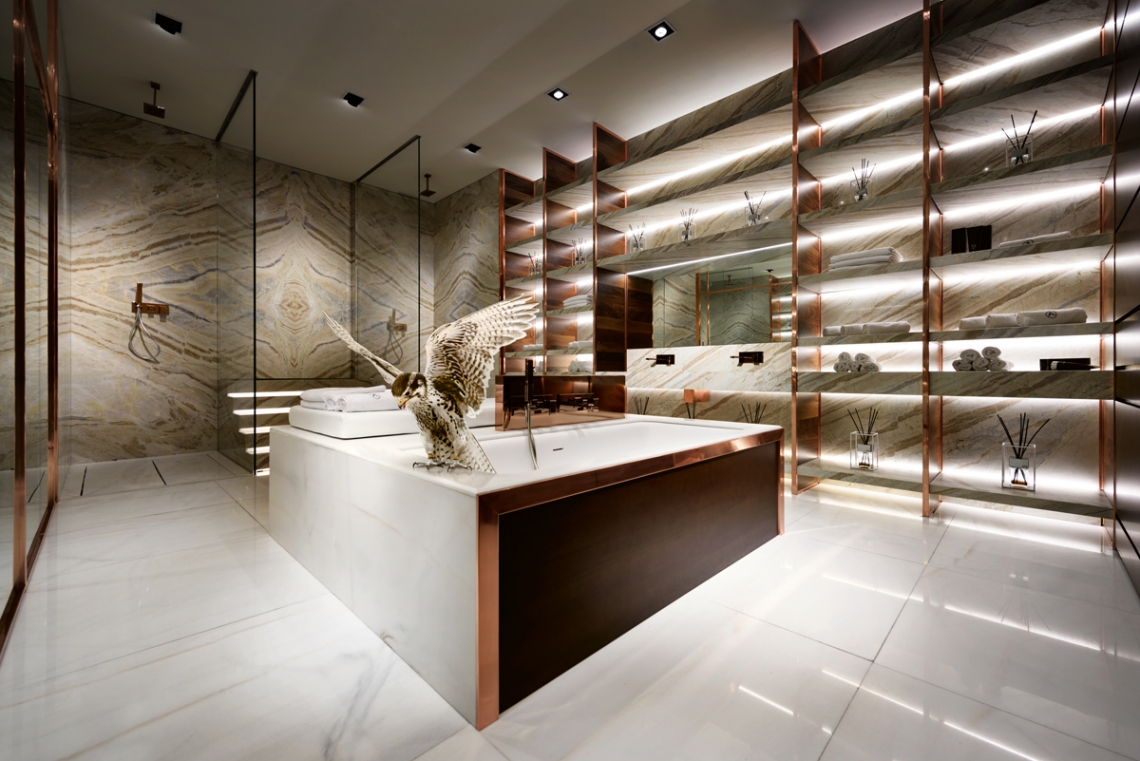
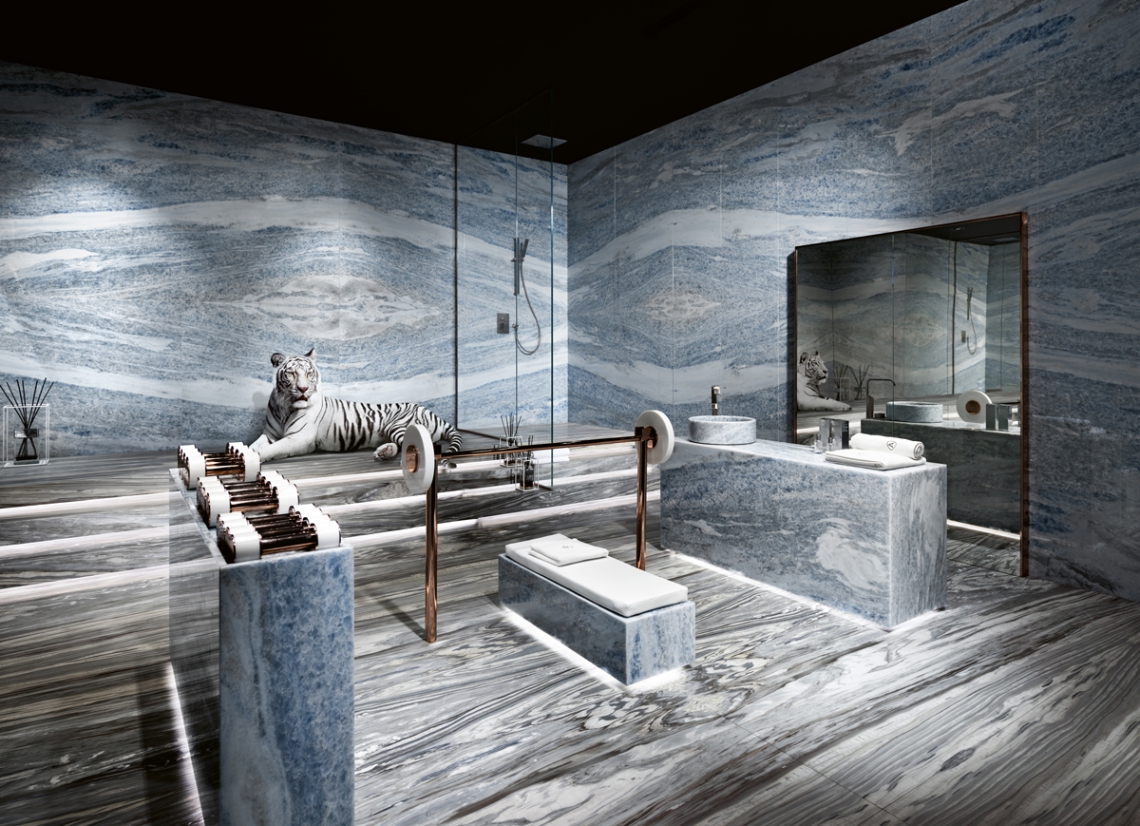
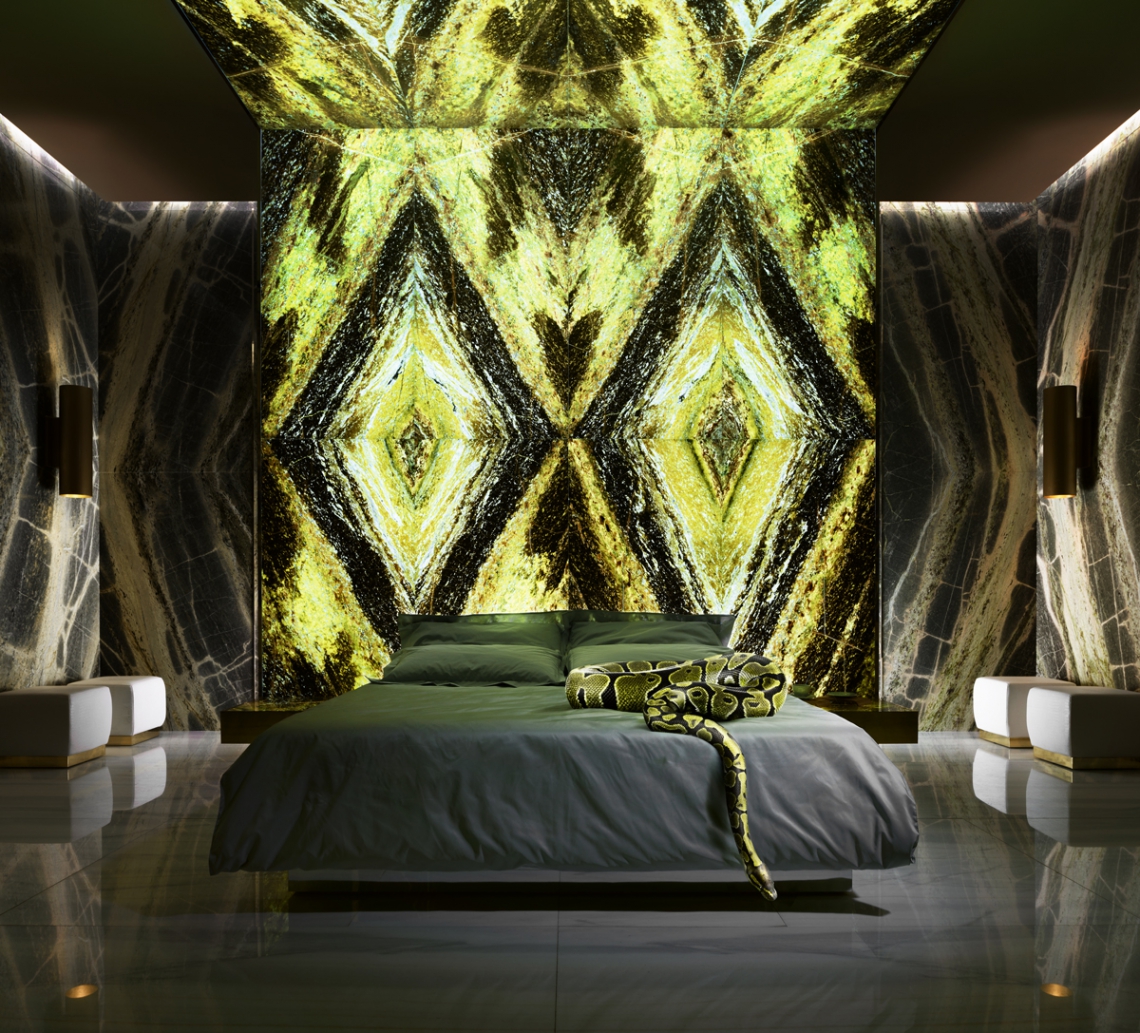
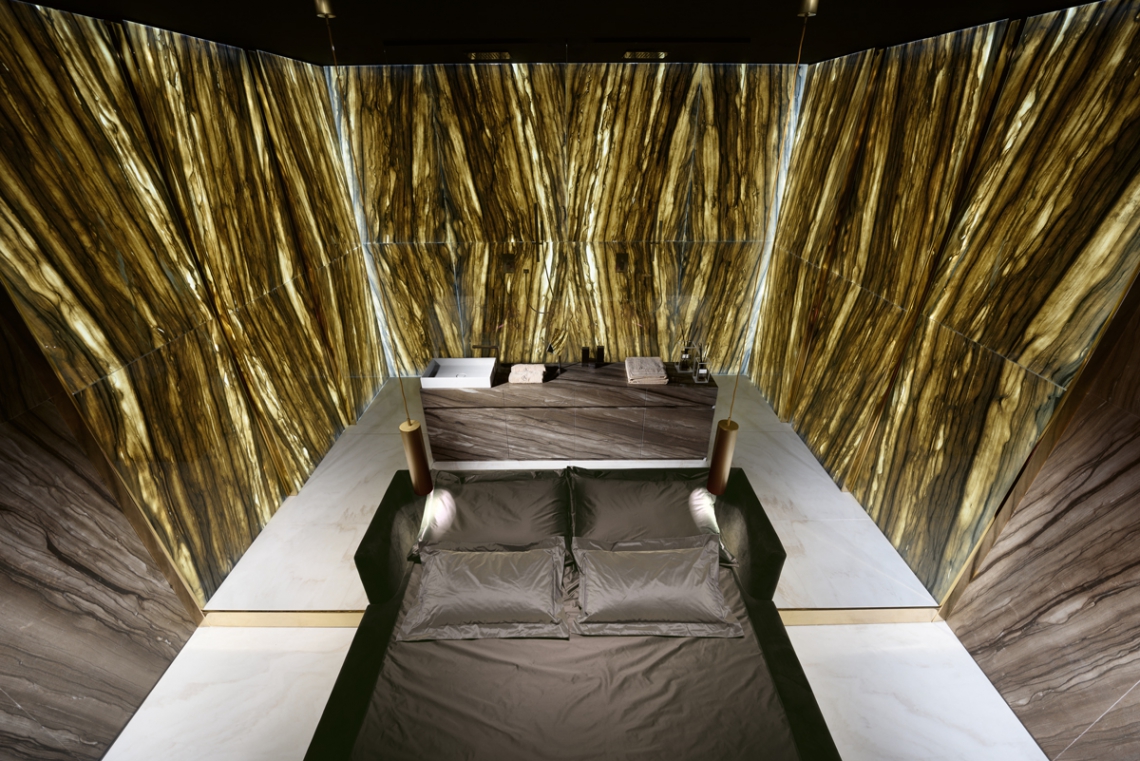



VISIONNAIRE
Magic Wand
How many times have we said “I wish I had a magic wand…”. The sigh which usually comes at the end of this exclamation has been the cue to transform this decidedly superfluous and outrageously charming object into reality: a blatant lie, a truly false product, a blend of magic and irony, superstition and poetry.
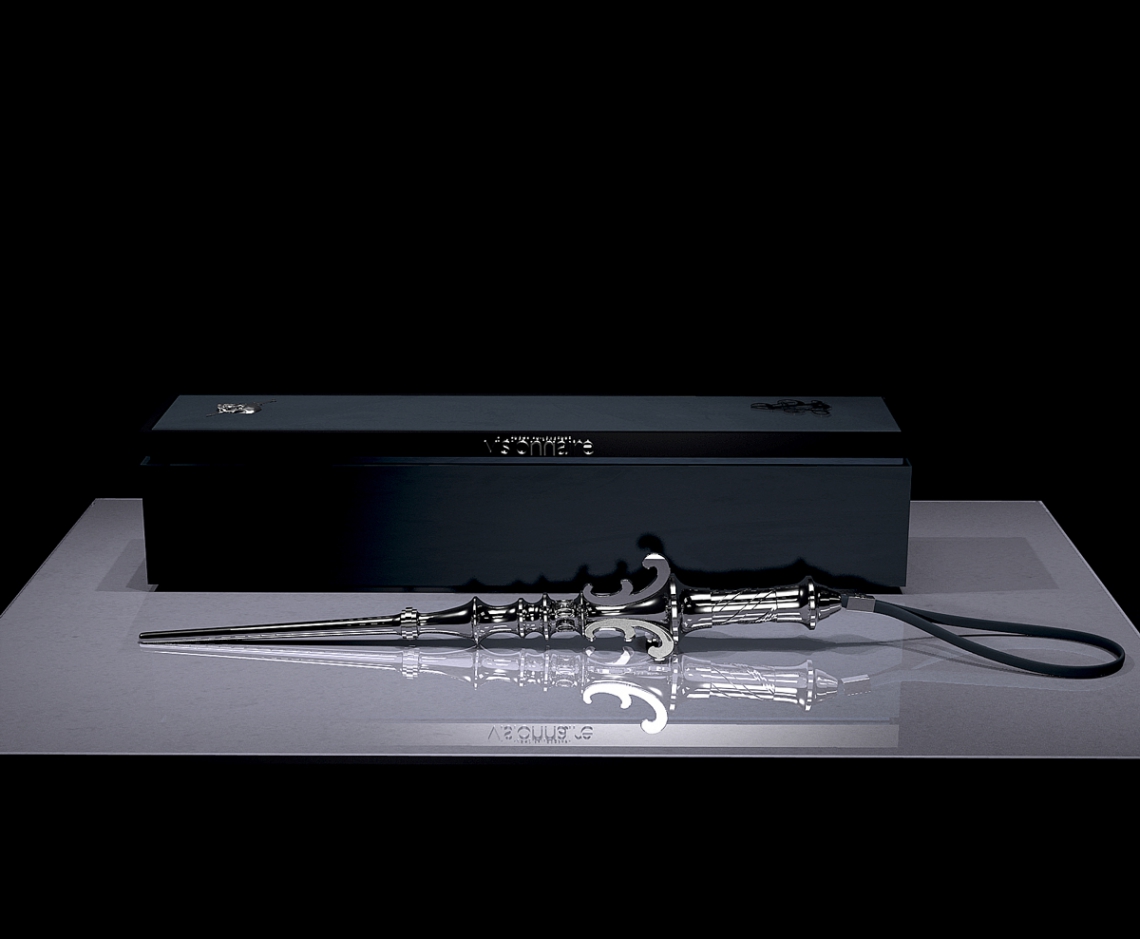

SANDRINO
Sandrino the Butcher represents a reflection on the human existence through the “Doppelganger”, a term borrowed from the German to indicate the, usually evil, twin which belongs to each of us with whom we often subconsciously switch roles. Each of us is confident of being our true self all the time but each day we play out a different act. The Sandrino artifacts are the liberating actions of our thoughts which freely investigate the enchantment of shape as true visual art released from the functional pragmatism of the object.




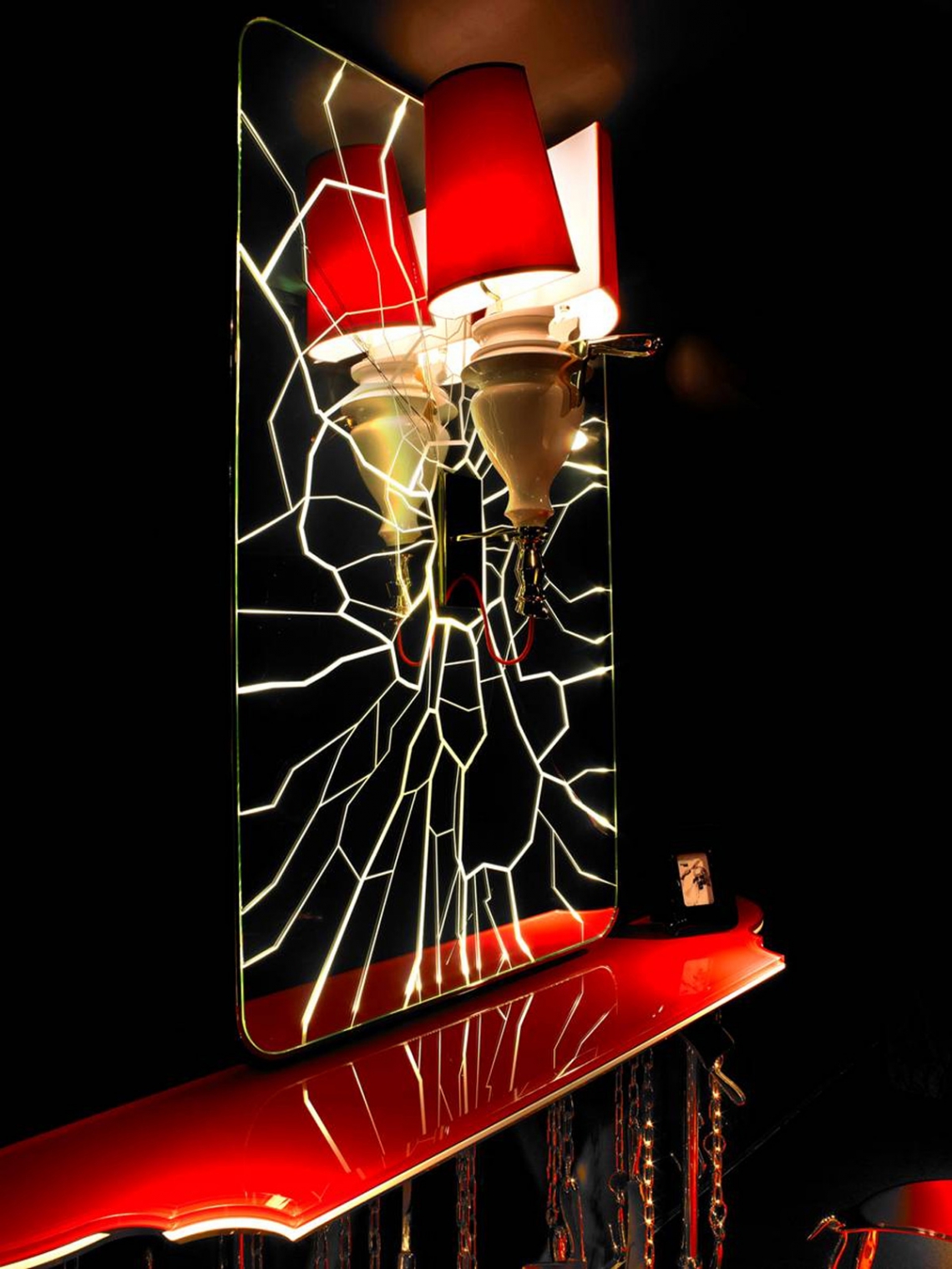
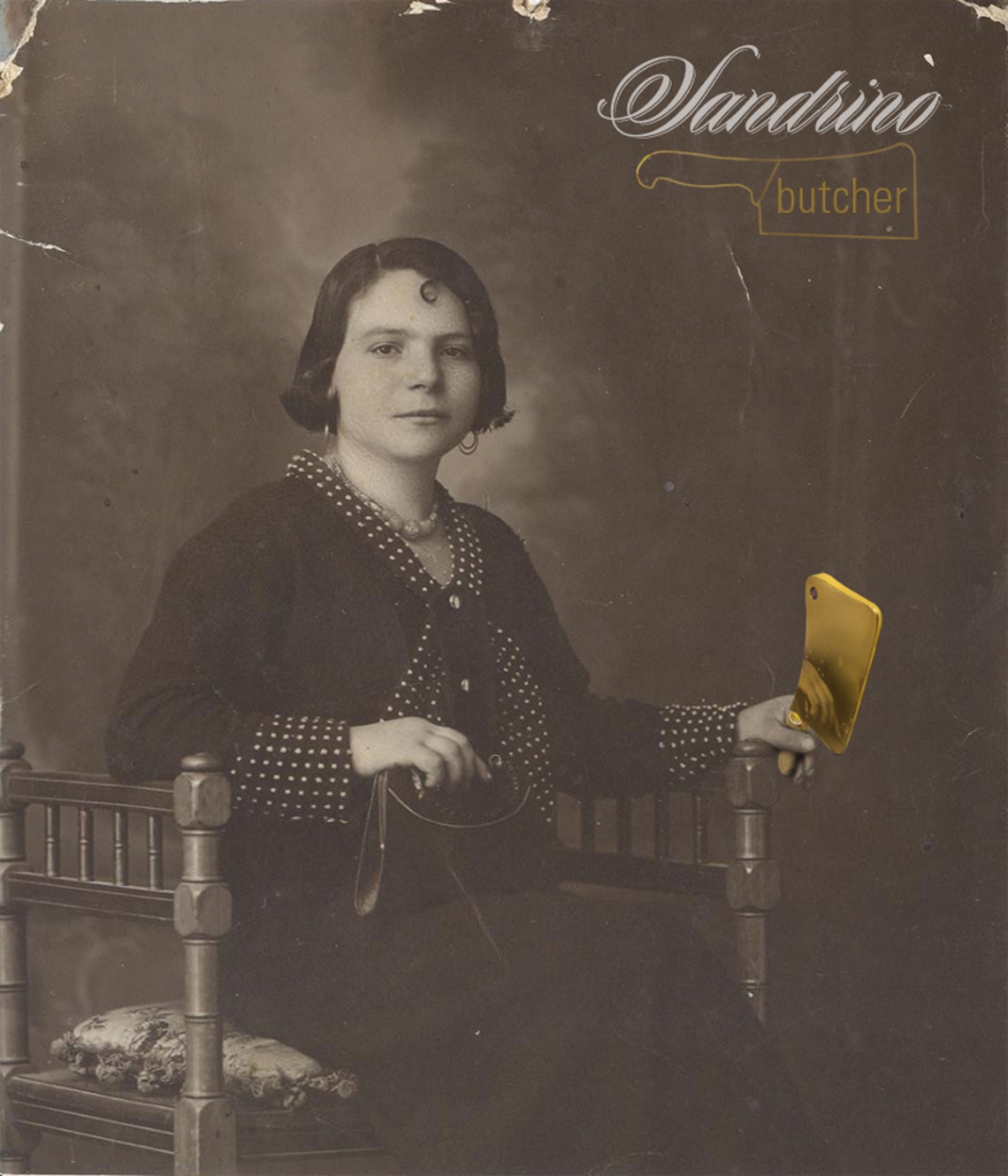
VISIONNAIRE
A visionary world with a decidedly maximalist spirit, proposing collectibles, objects to treasure and enchanting worlds which range from the magic wand to the luxury hotel: the world of Visionnaire.
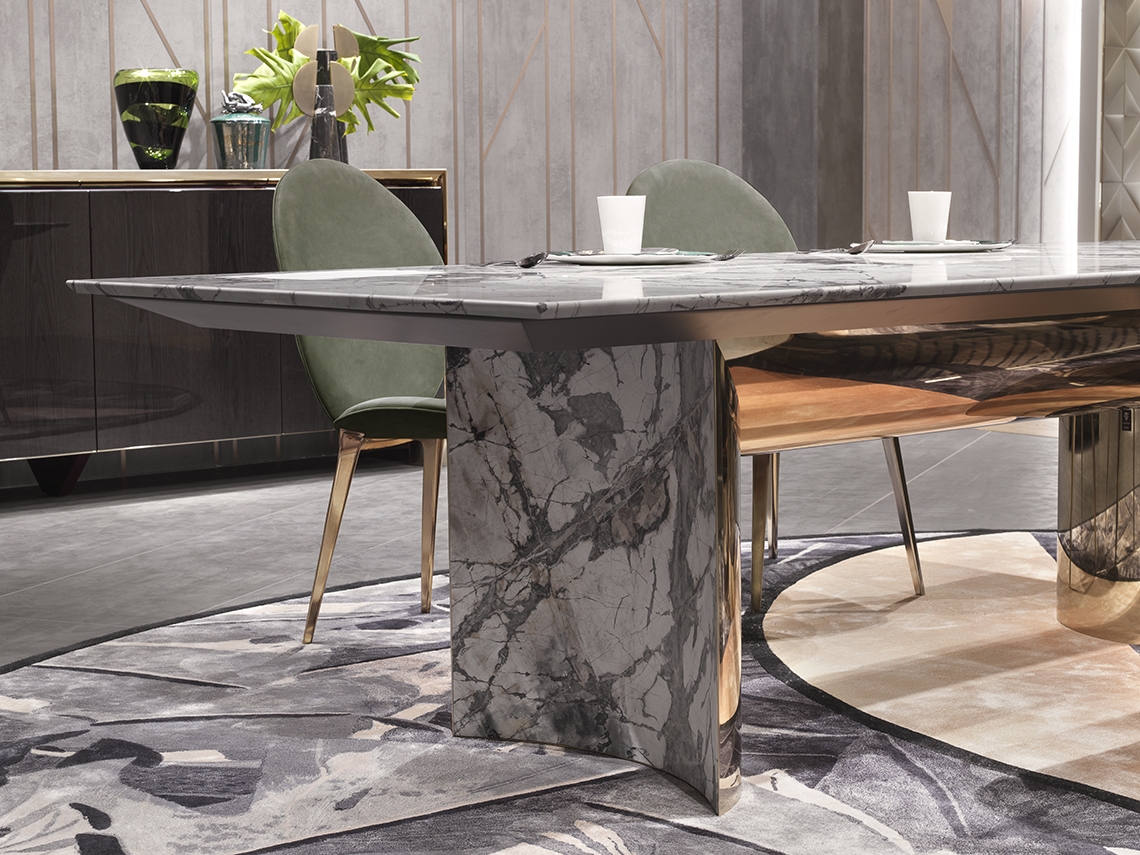

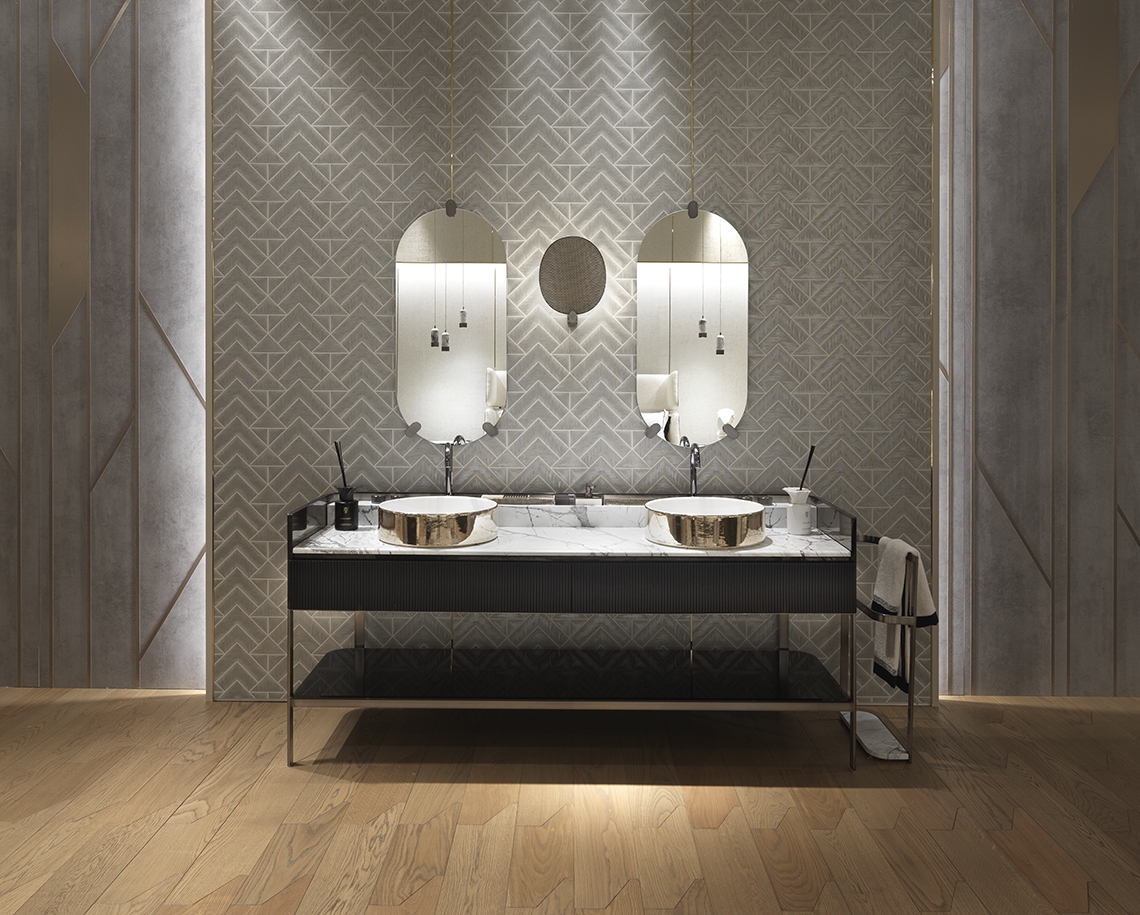

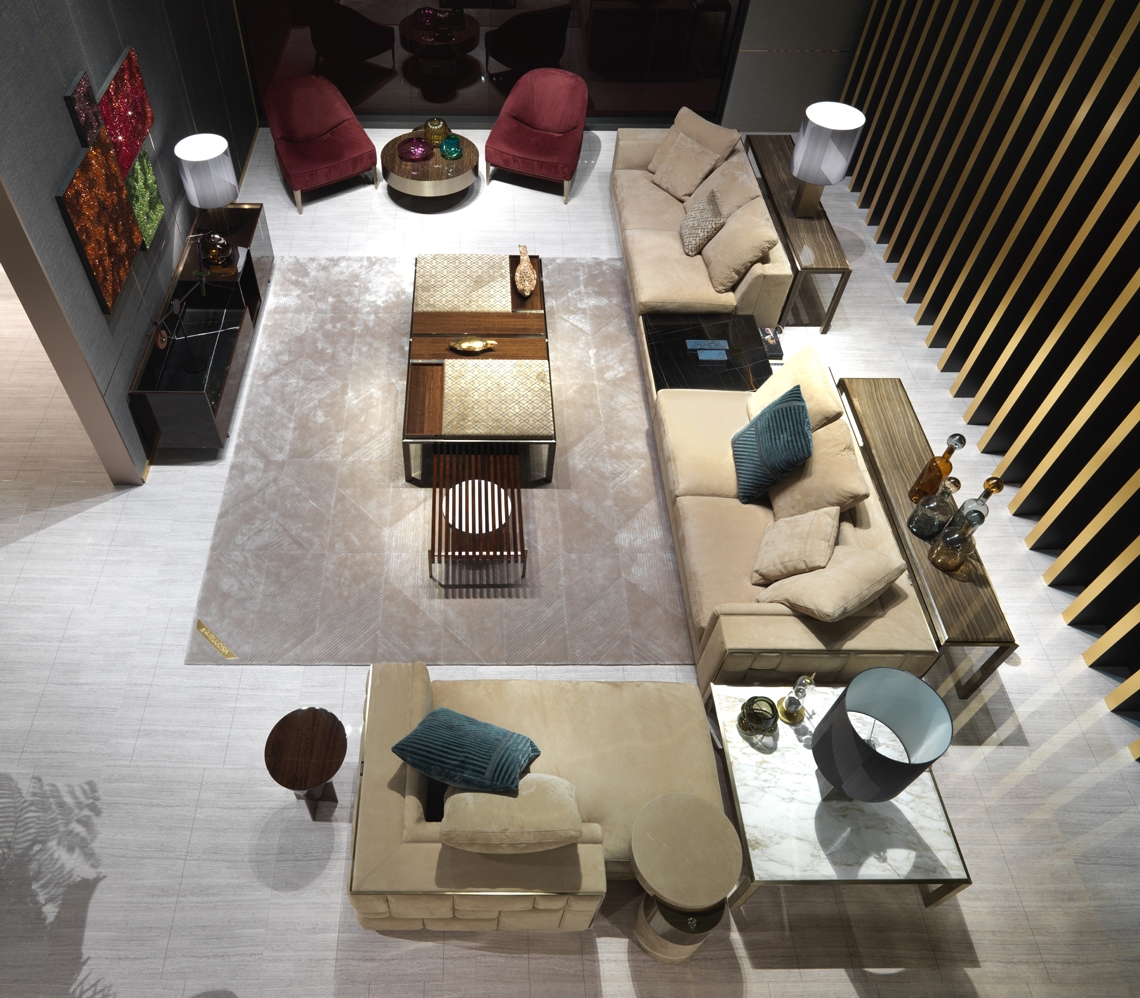
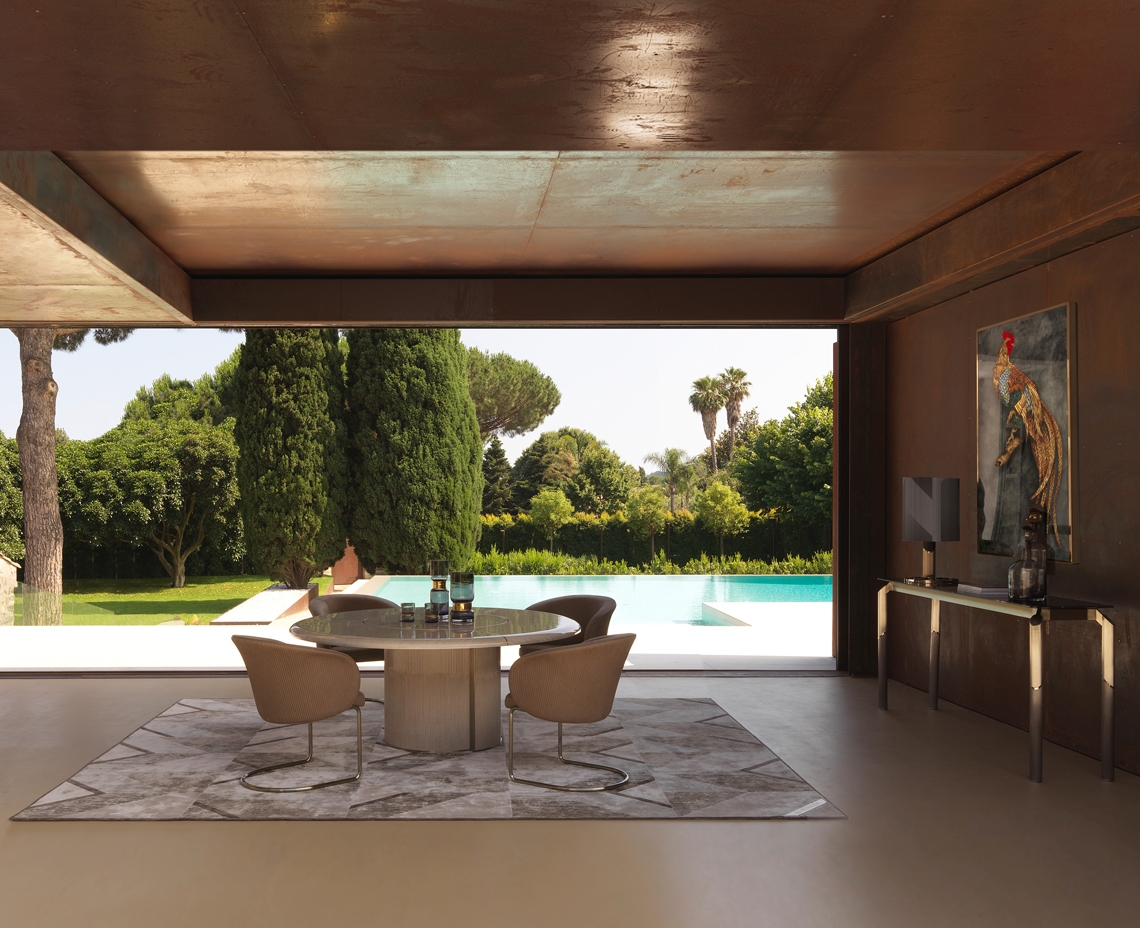

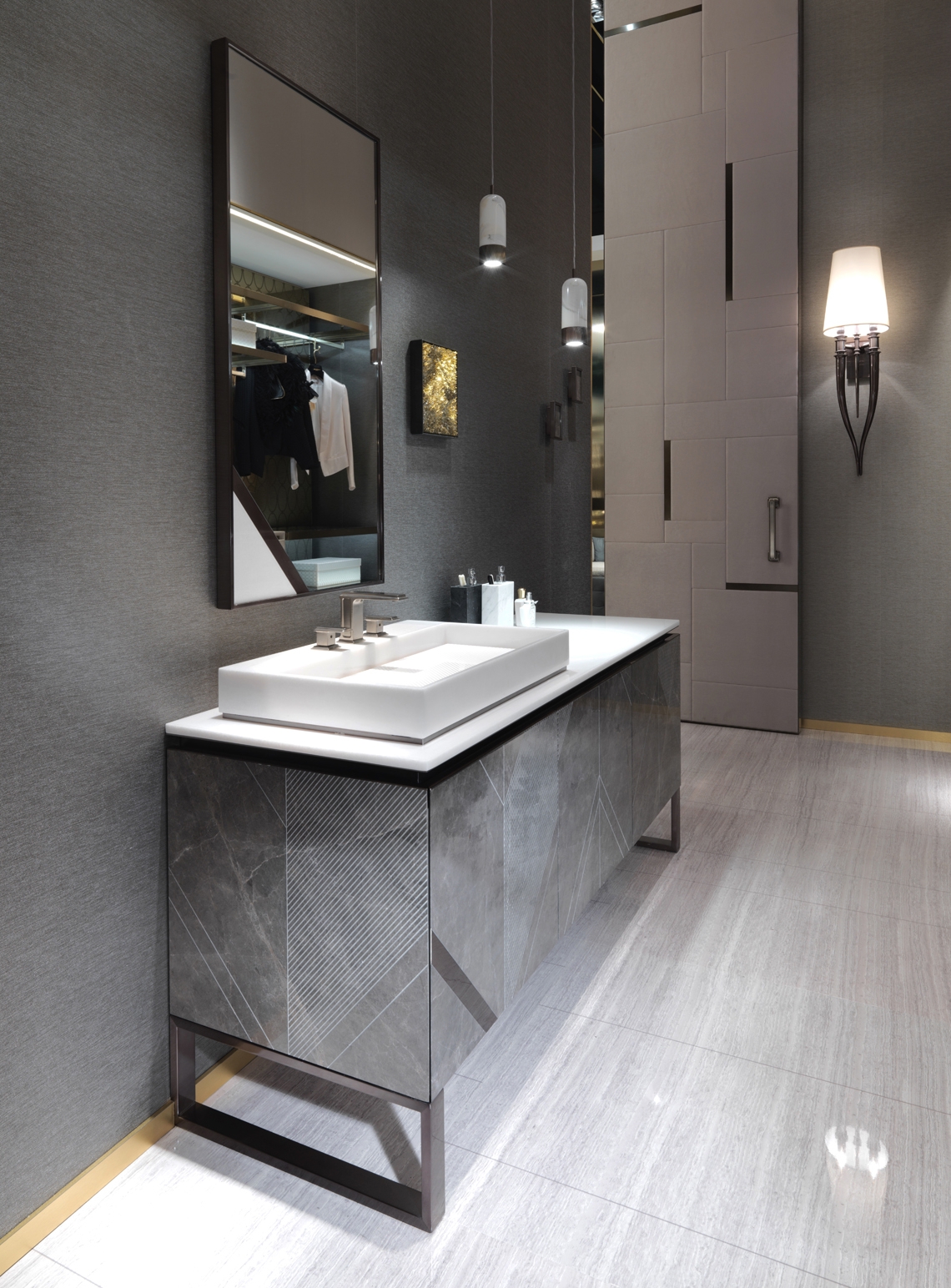
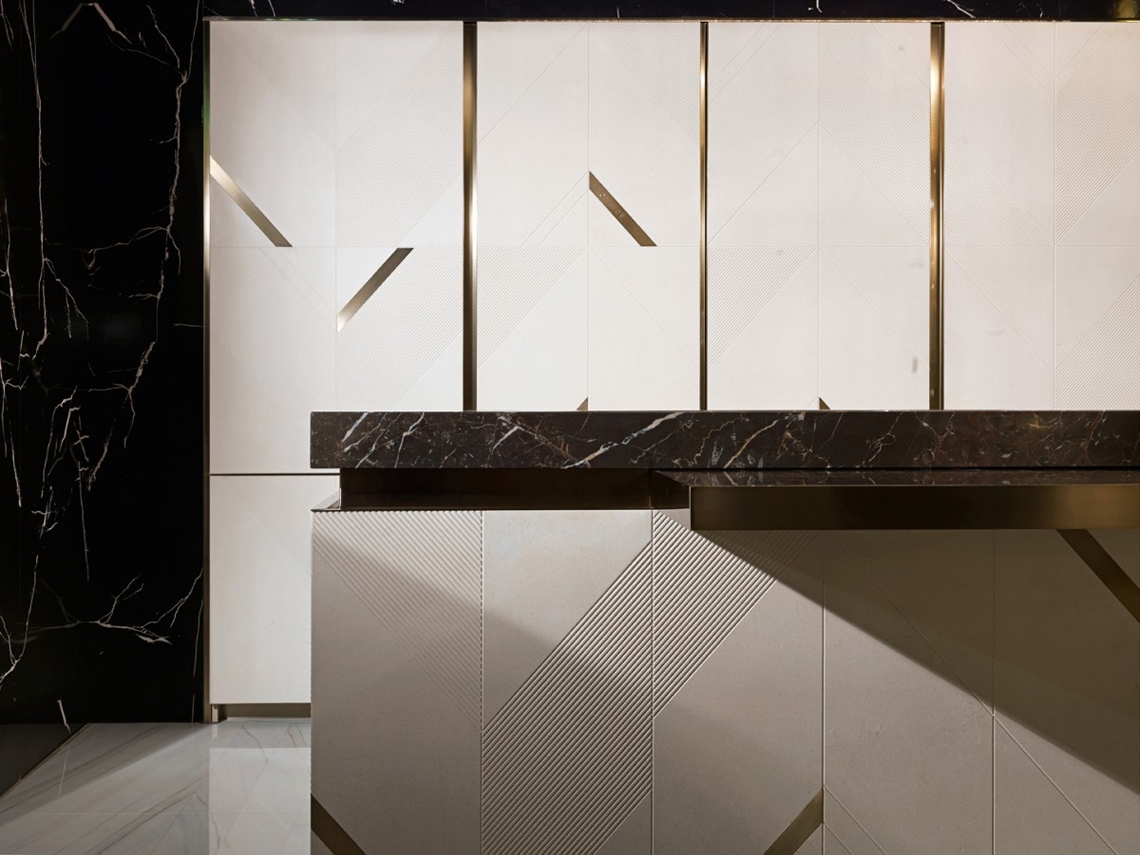
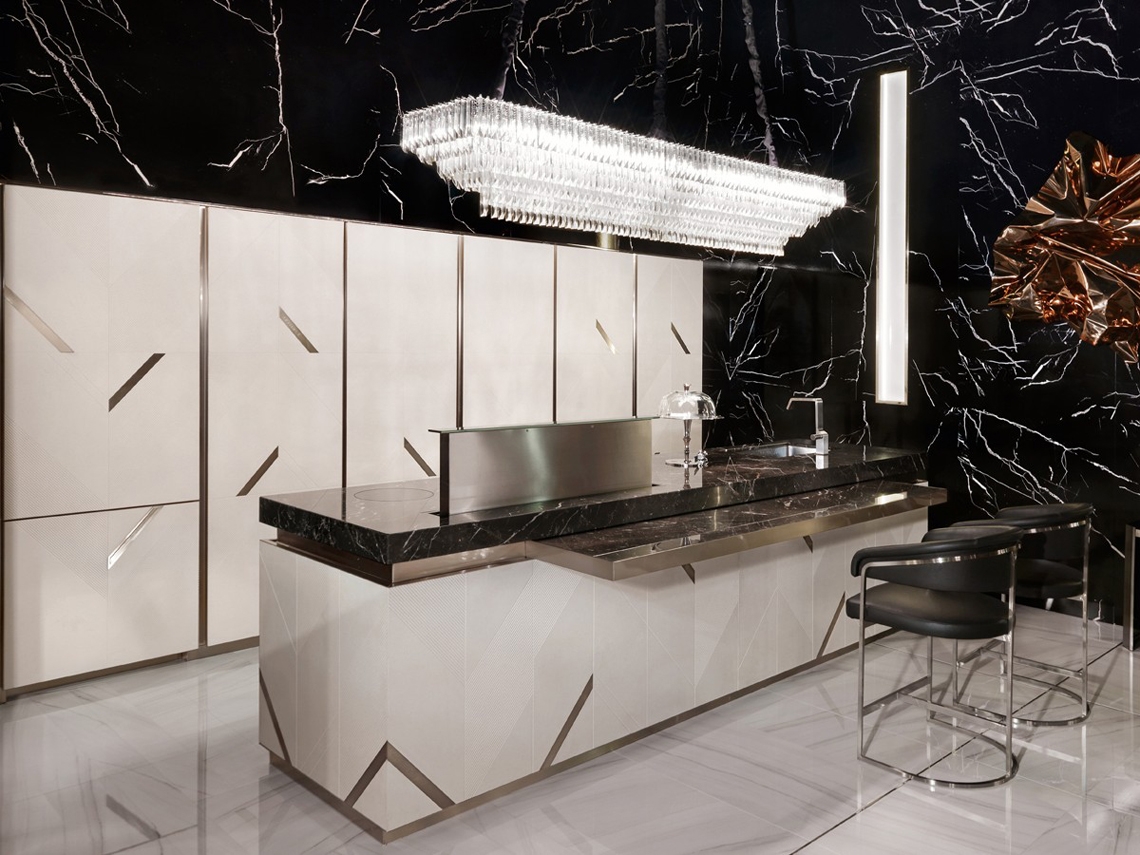
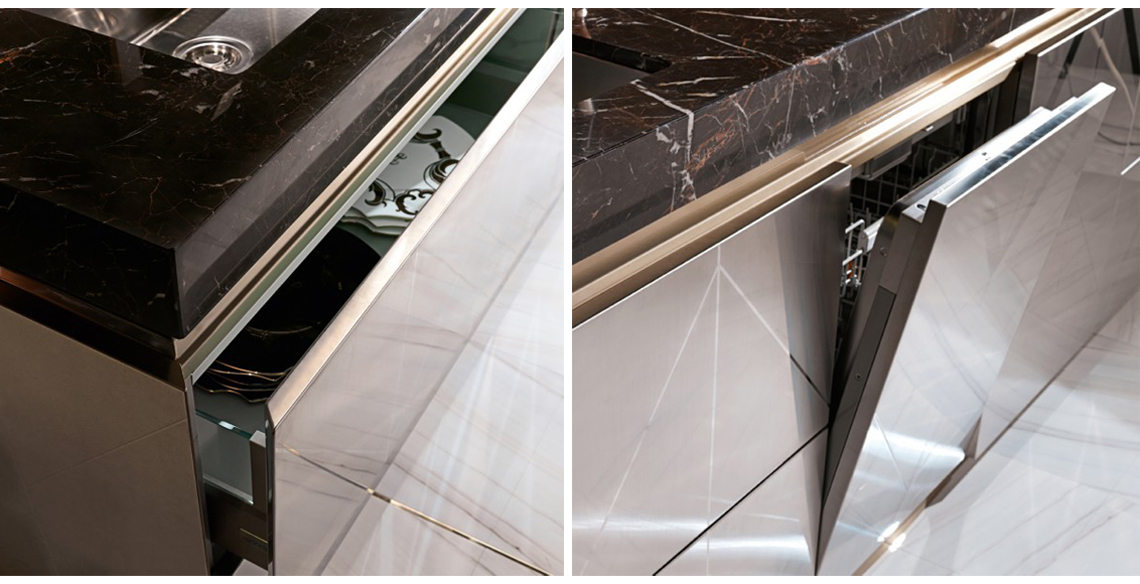
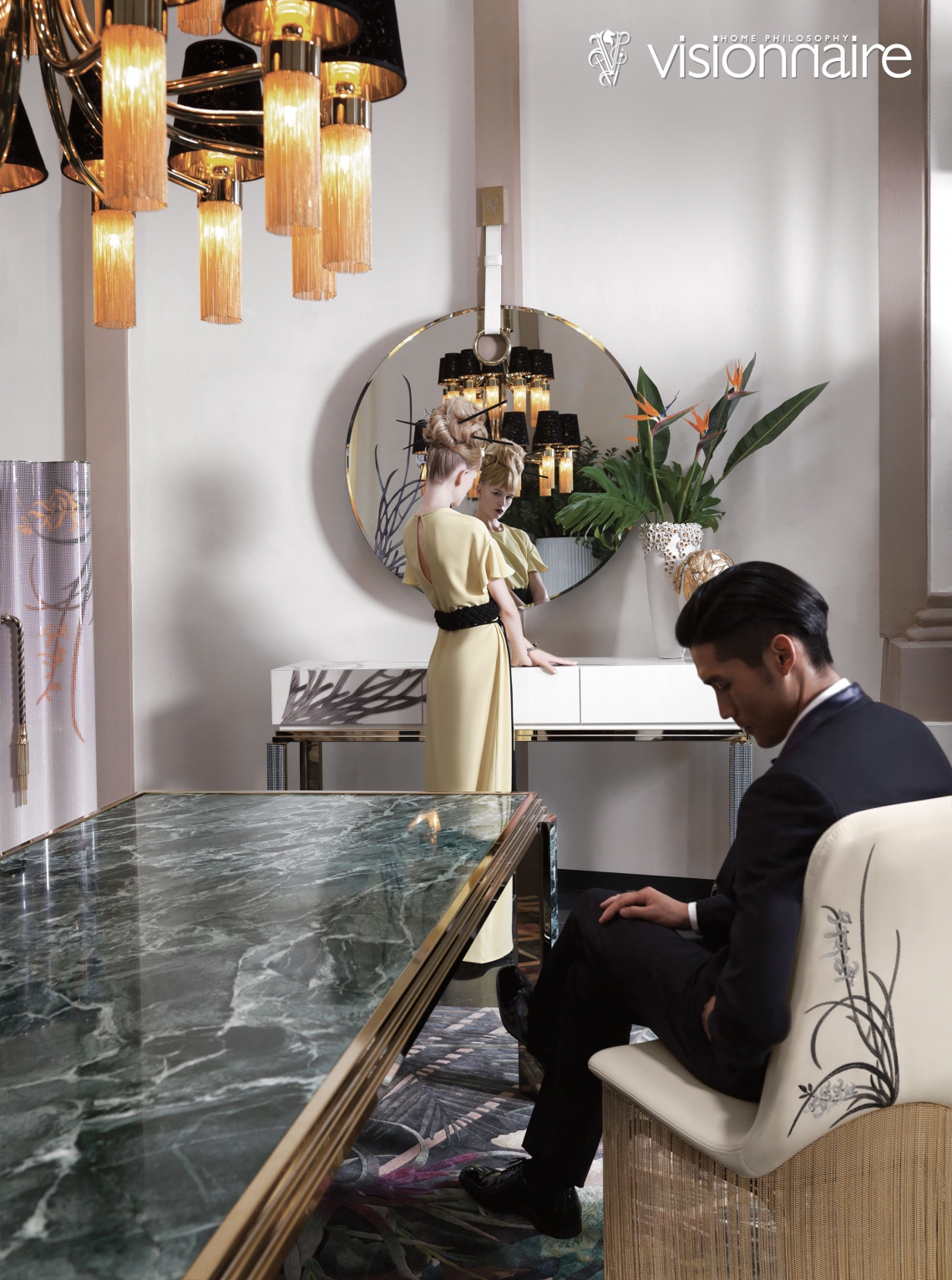
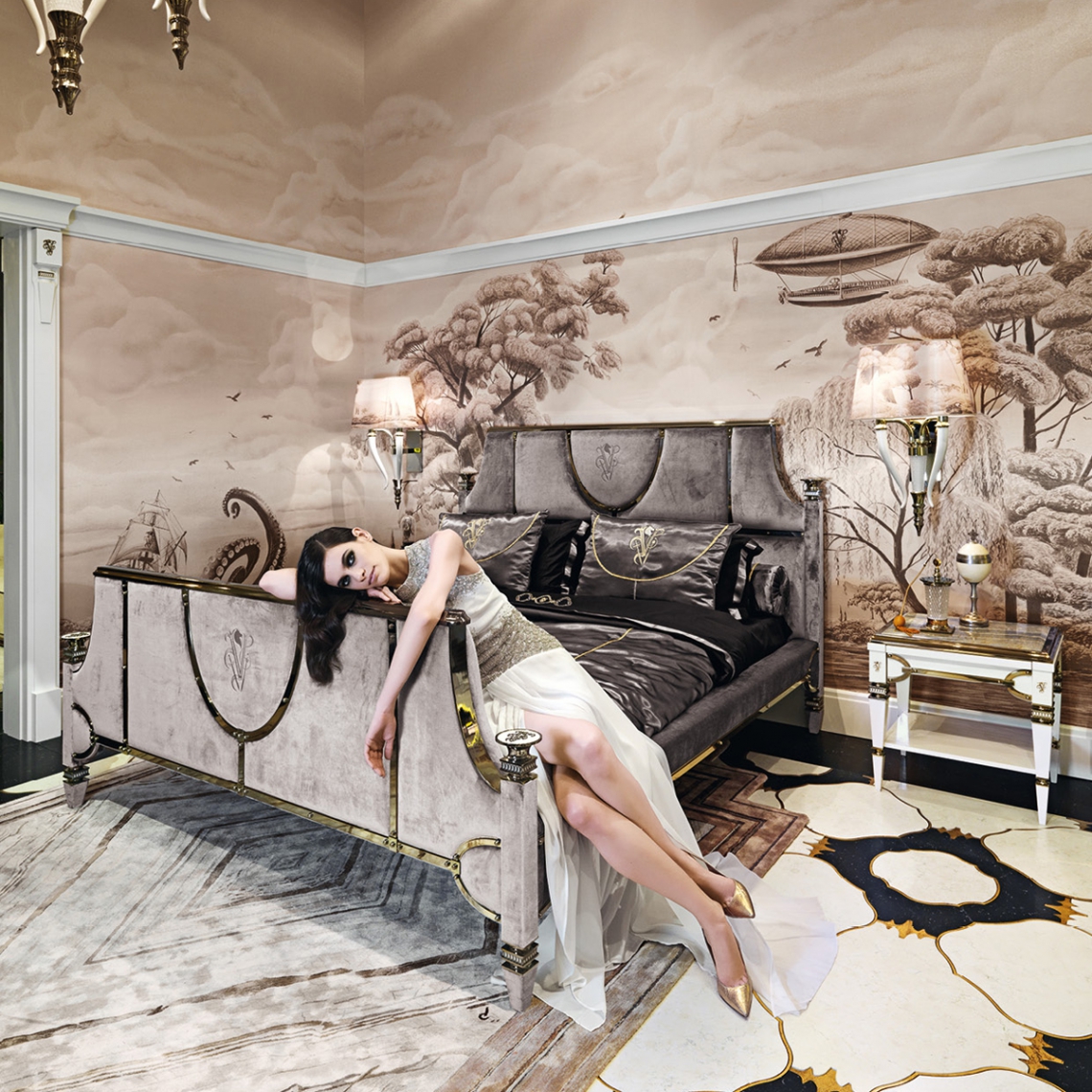
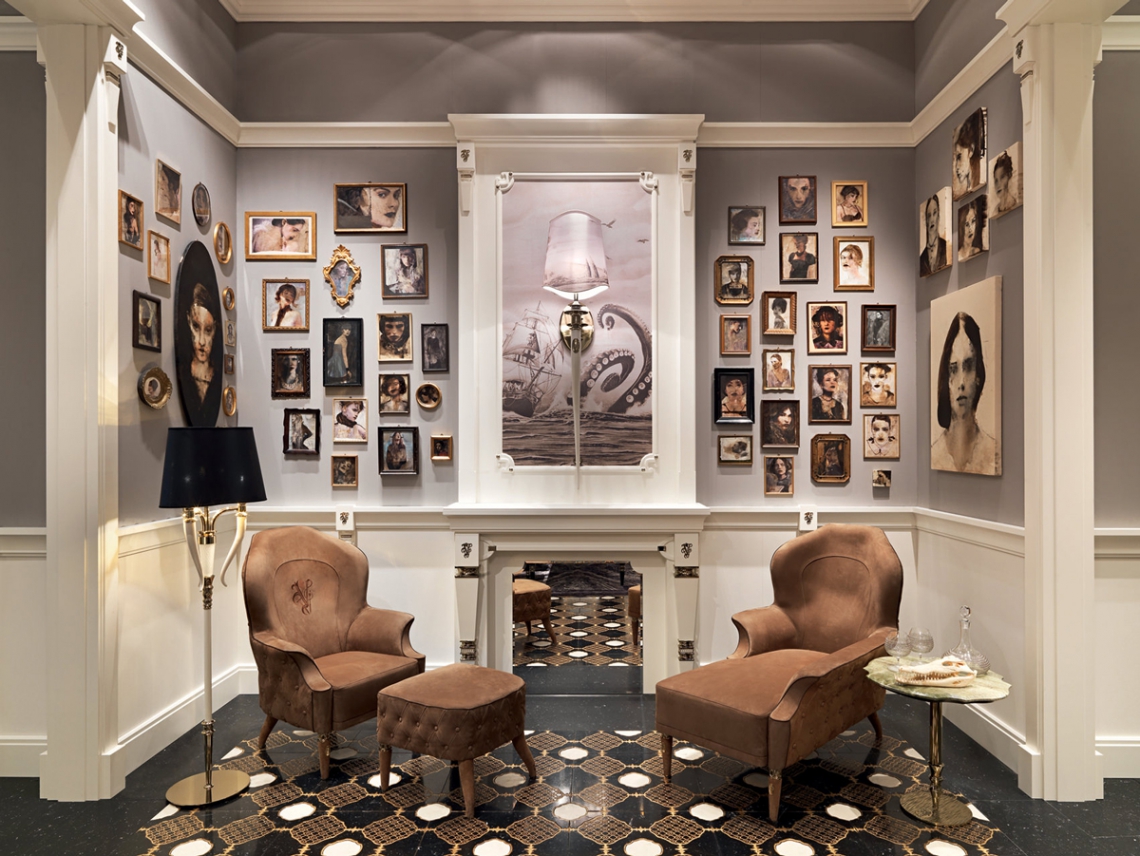



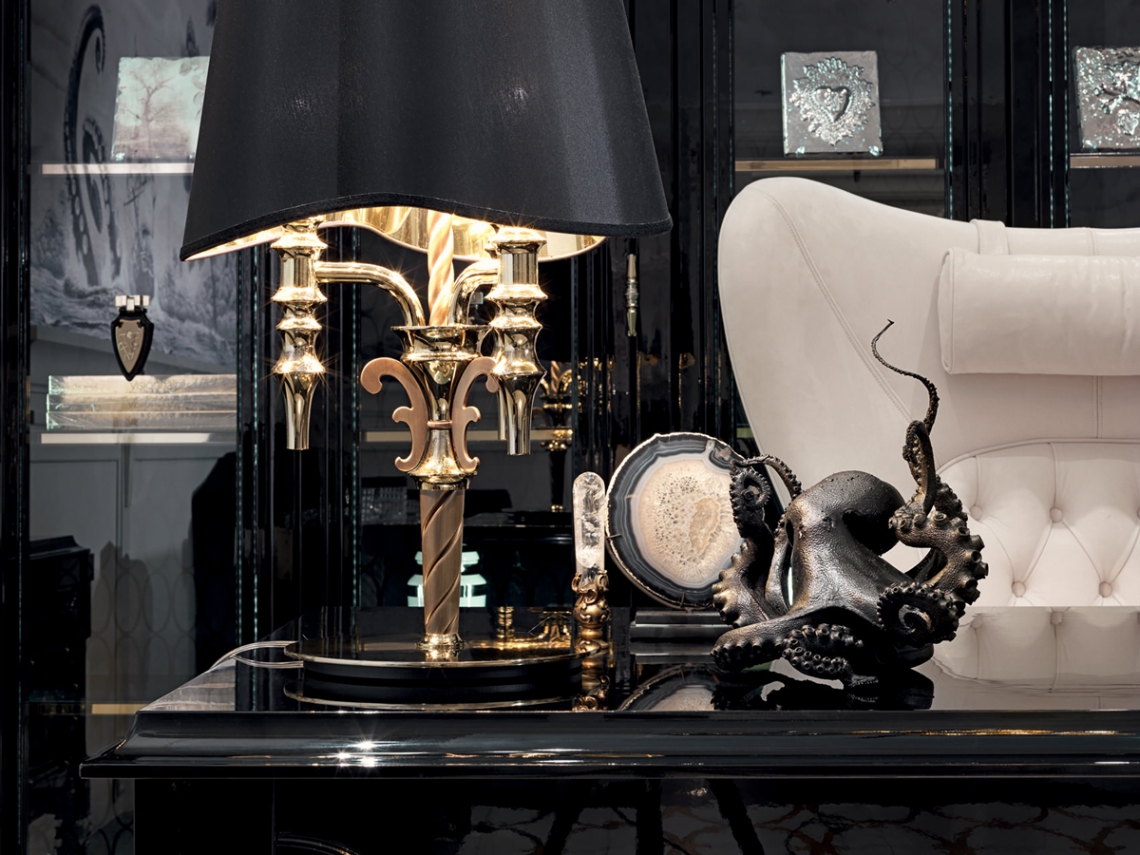



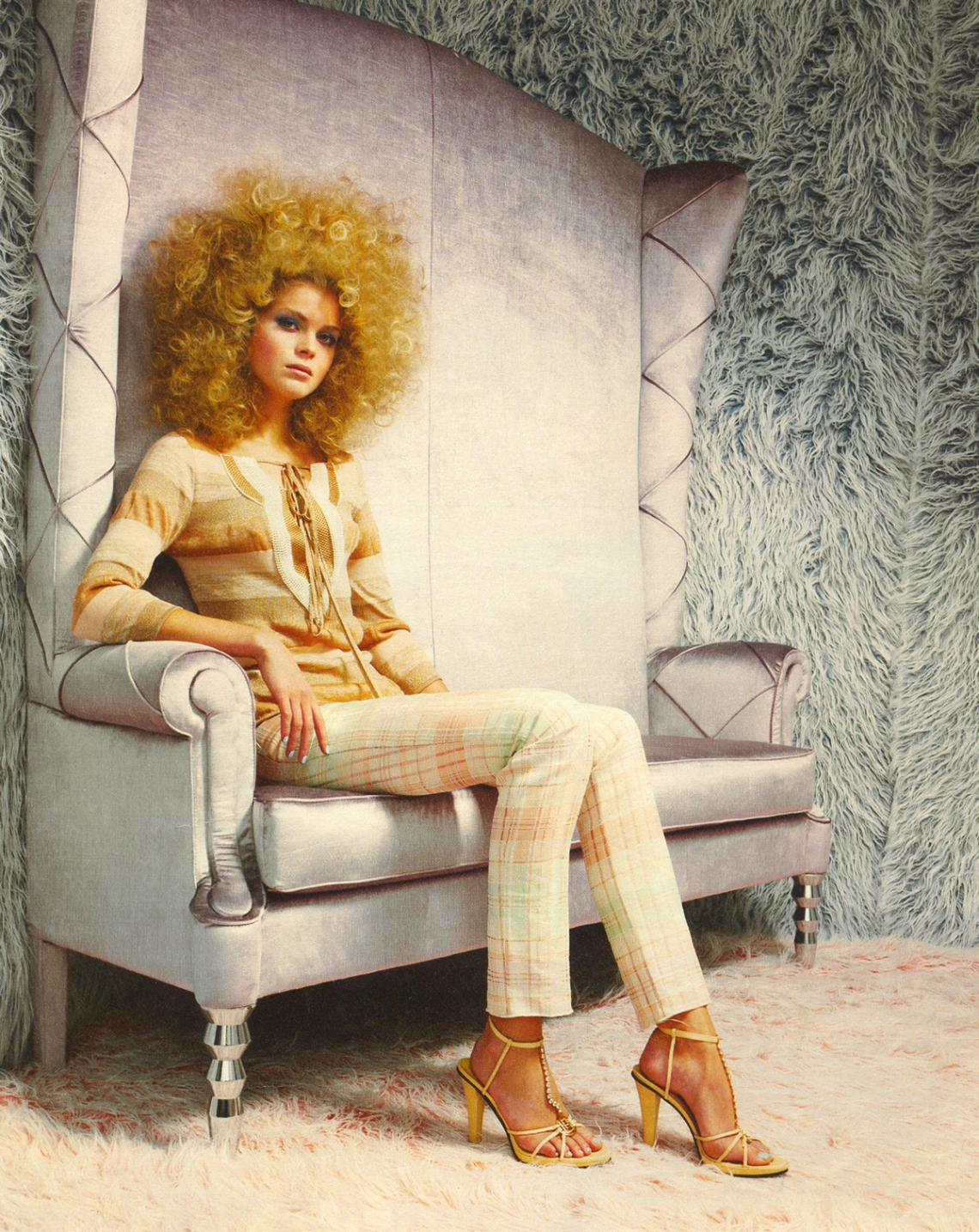

VISIONNAIRE OUTDOOR
DEHORS




ANTOLINI / MUTAFORMA
STRATOSPHERICA
STRATOSPHERICA is the quality and strength of a priceless material connection made by stratified, tangible and intangible elements of nature and design. Thanks to modern technology, these timeless elements appear forever contemporary. Inlays, connections and multi-material grafts are the focus of the collection. The deep and ambitious link between the superb natural stone of Antolini and the exlusive glass materialof Mutaforma holds passion at its core.


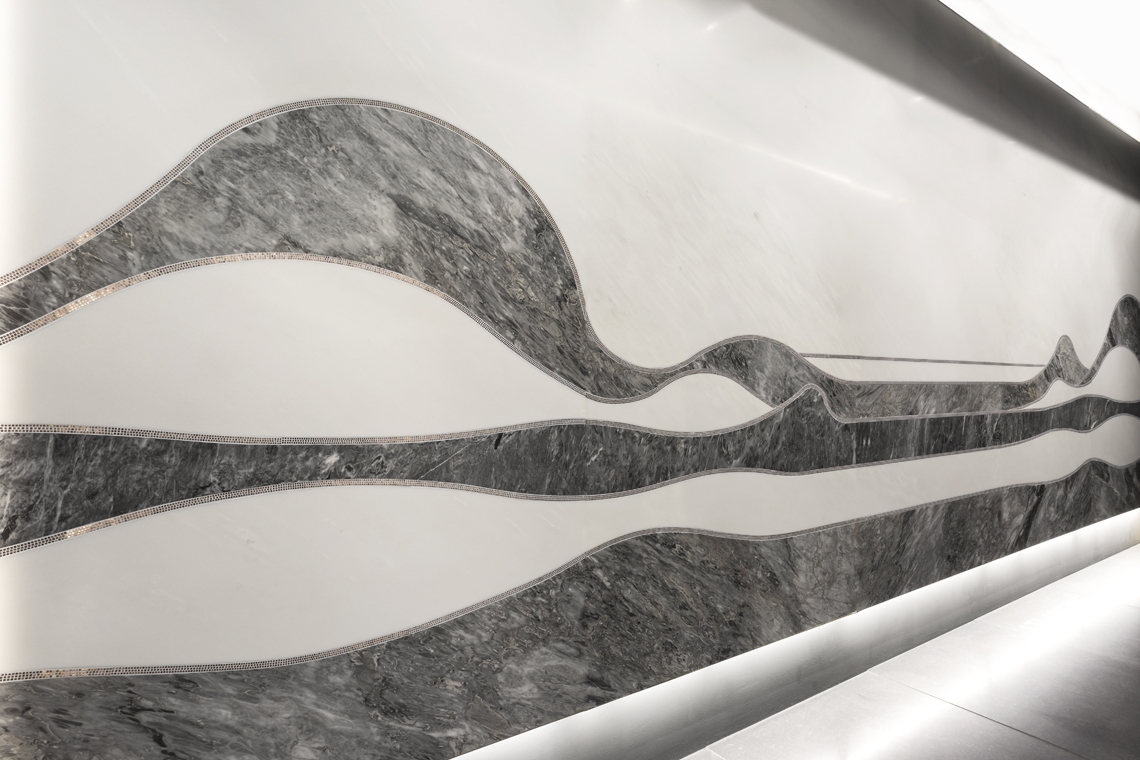
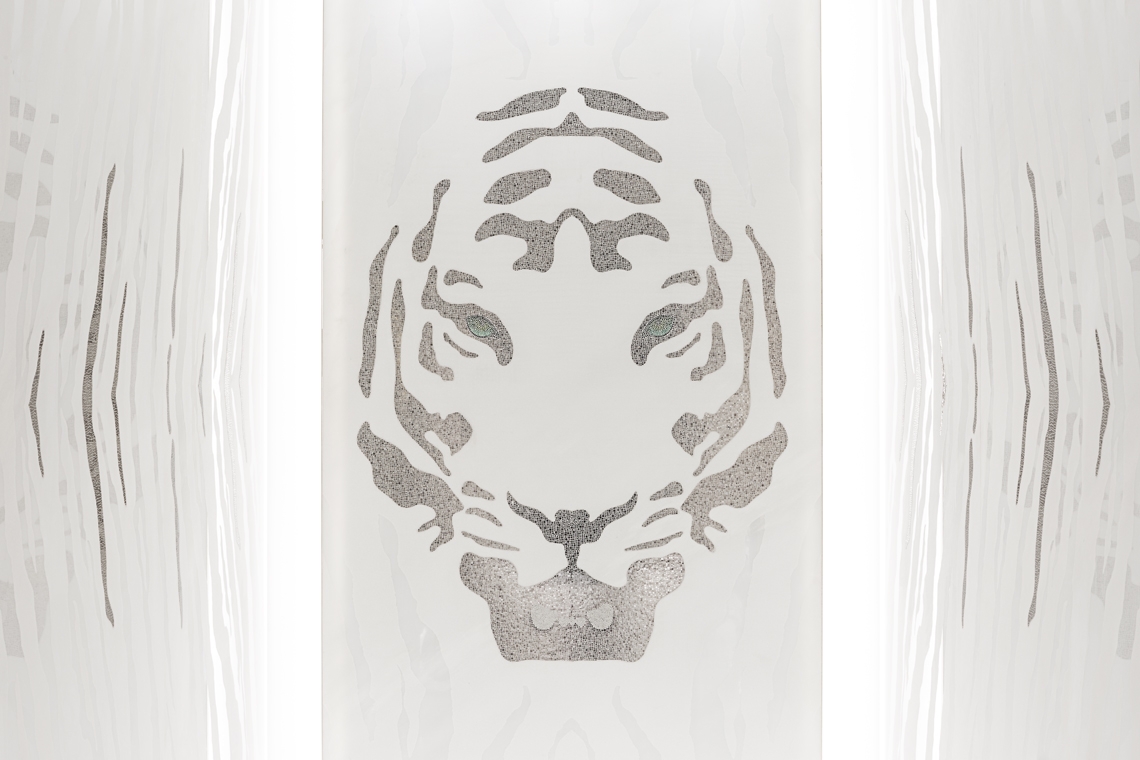
SMANIA OUTDOOR
The “sports contemporary” style of the company also contaminates the outdoor by applying the same philosophy of a manufacturing process which underlines the hand crafted and qualitative features of each individual product.


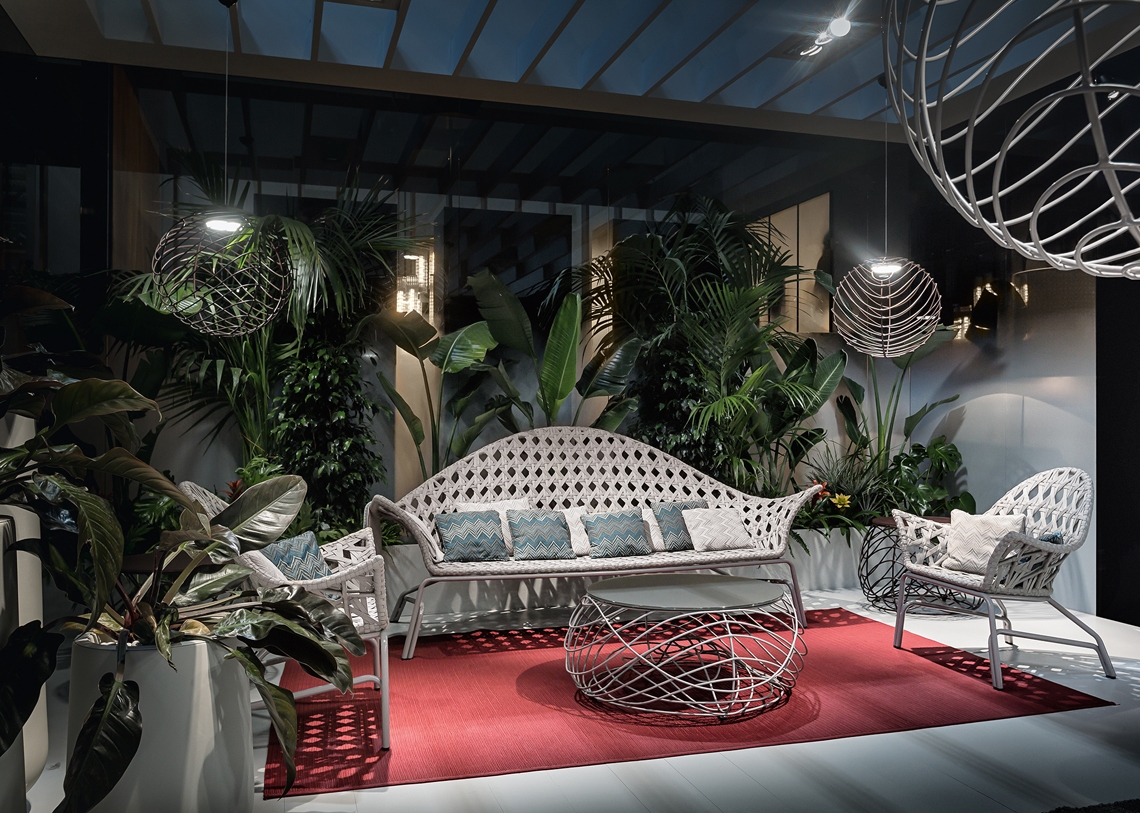
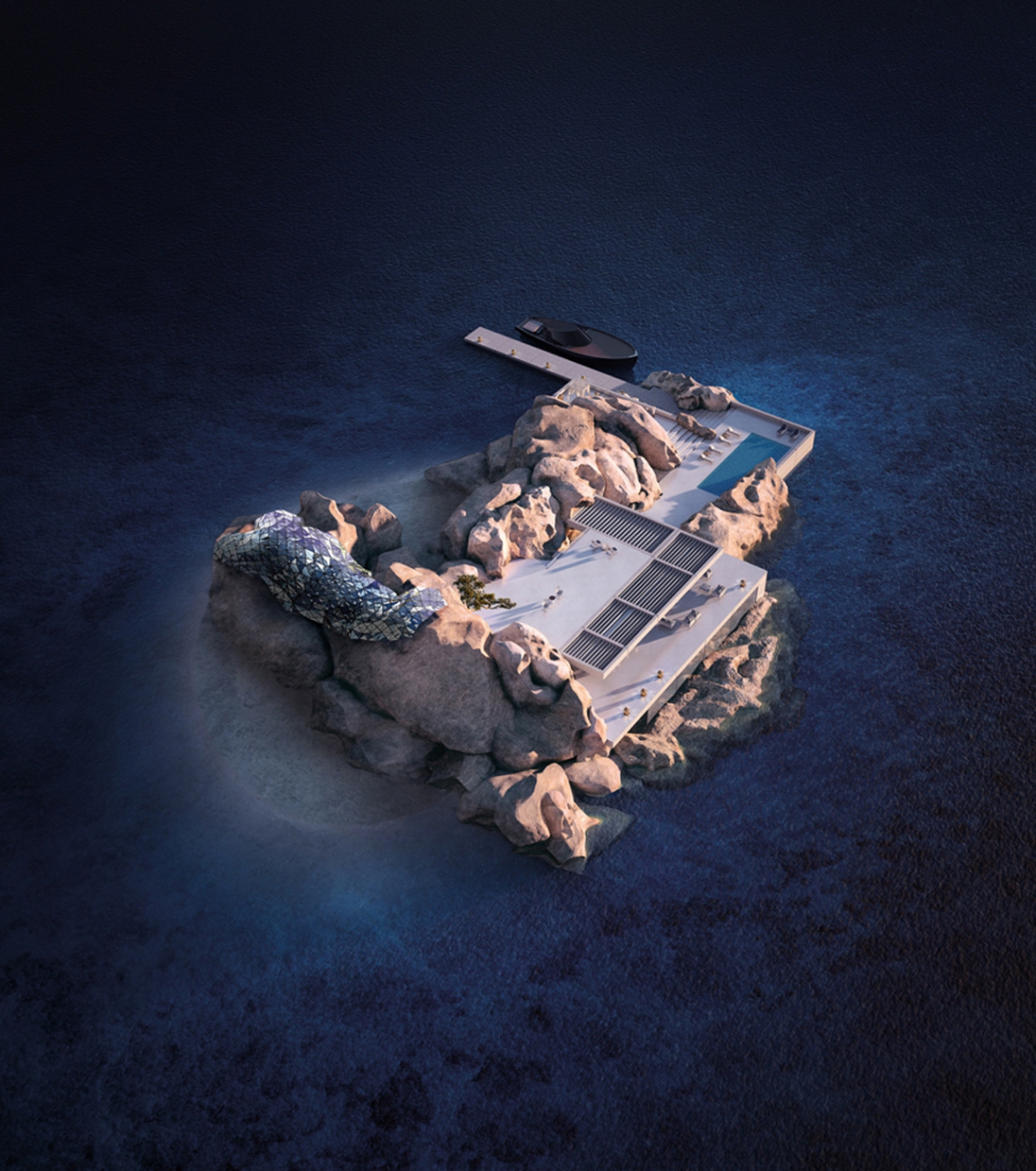

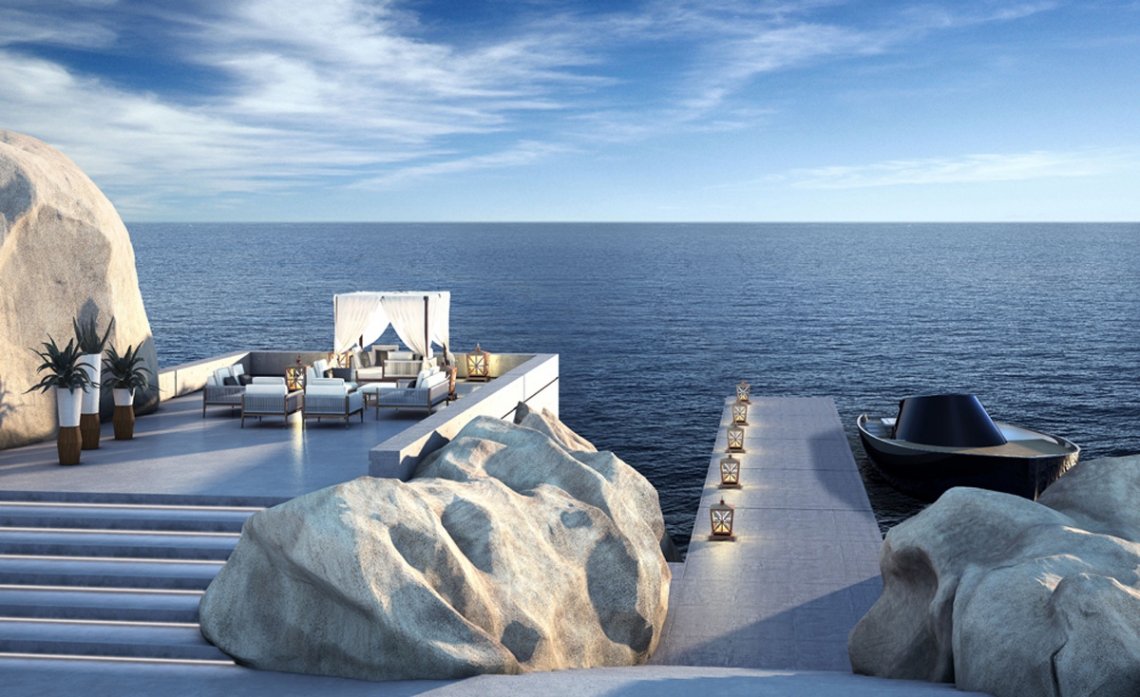
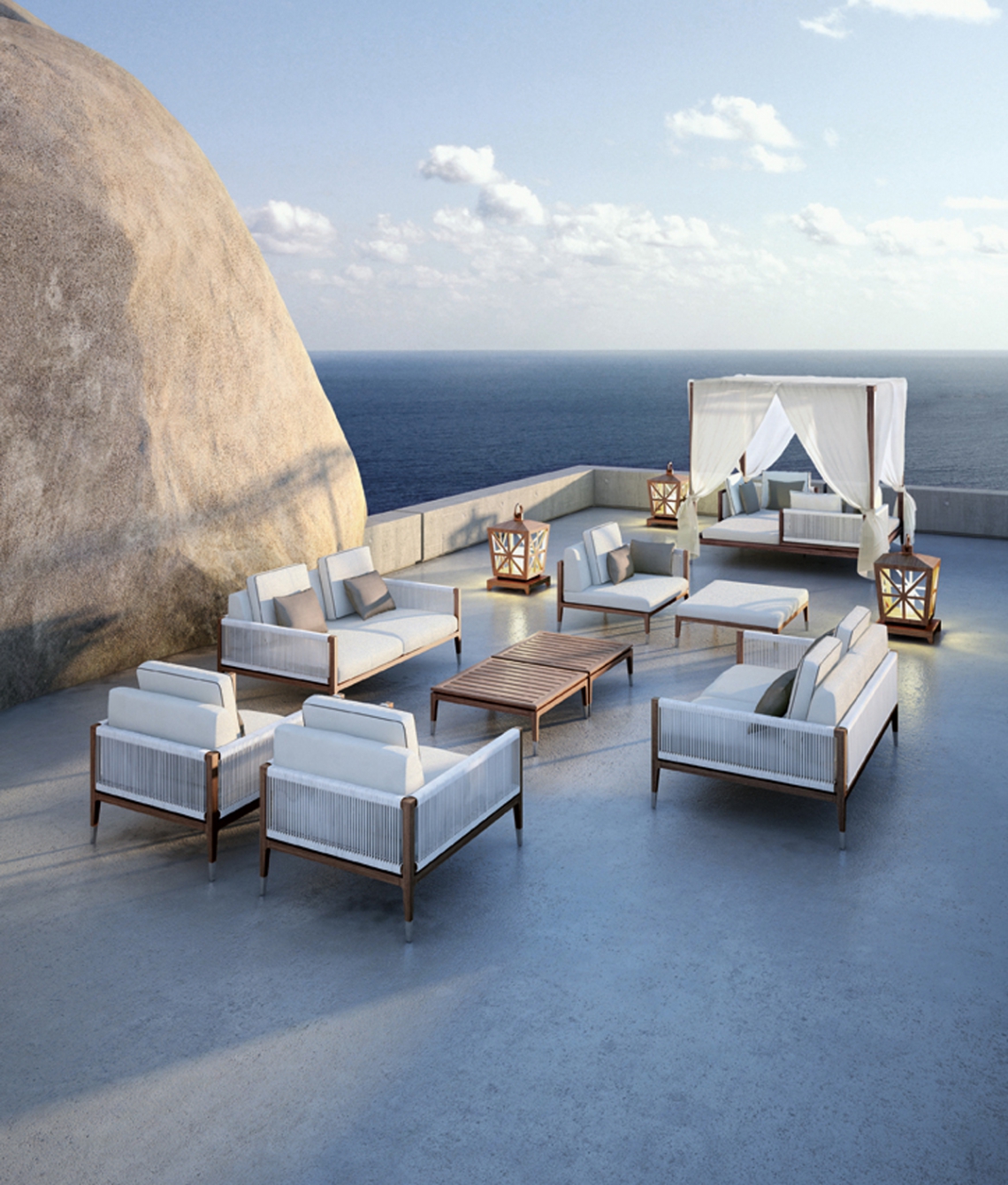

ANTOLINI
LIFESTYLE
A long standing partnership, a “perpetual project” between Antolini & La Spada continuously decorates the Lifestyle space in the company headquarter in Sega di Cavaion, 1000 square meters filled with touches and nuances of natural stone used as lifestyle. 14 settings where designers and architects find inspiration not only to embellish homes but also hospitality, retail and wellness areas.
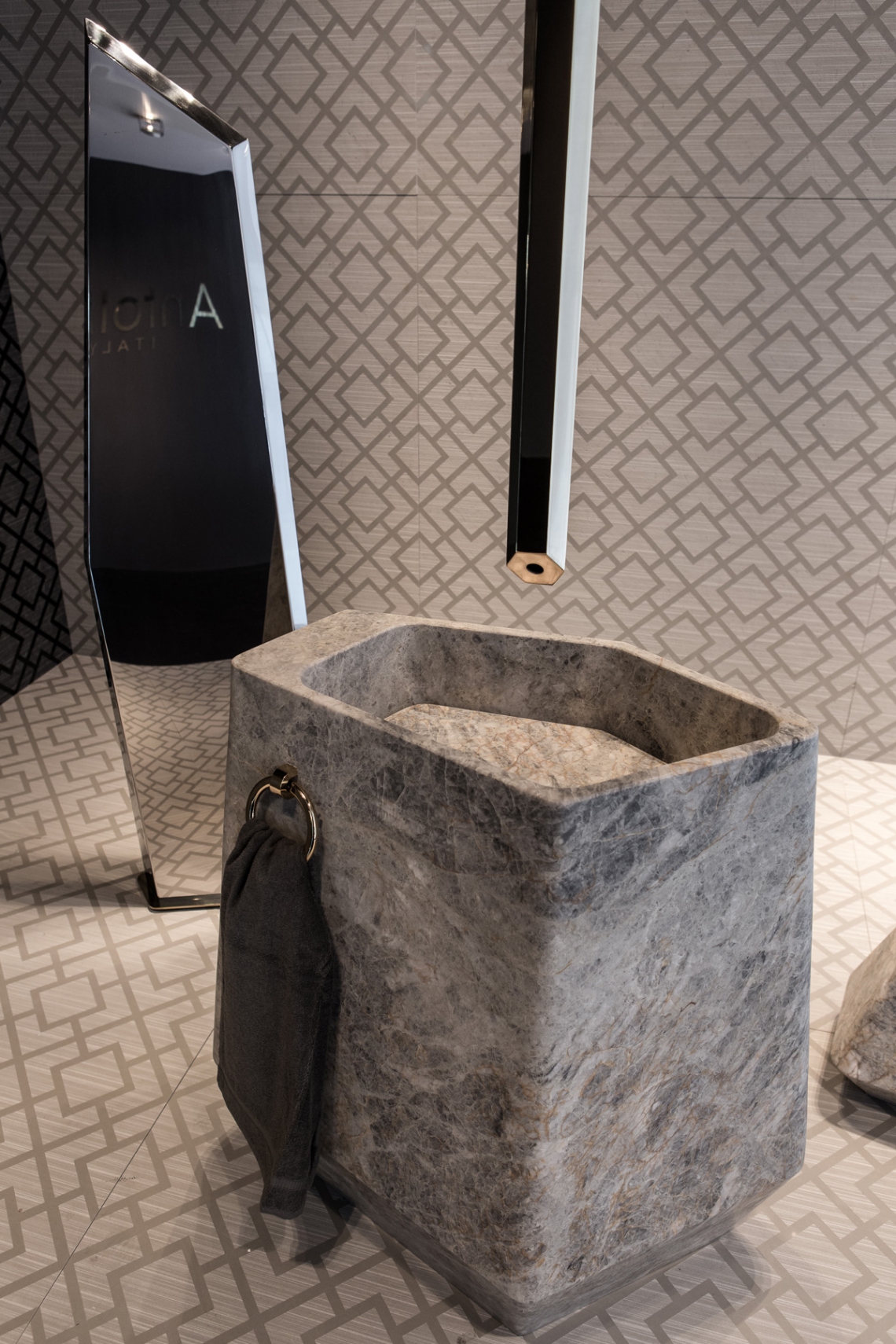
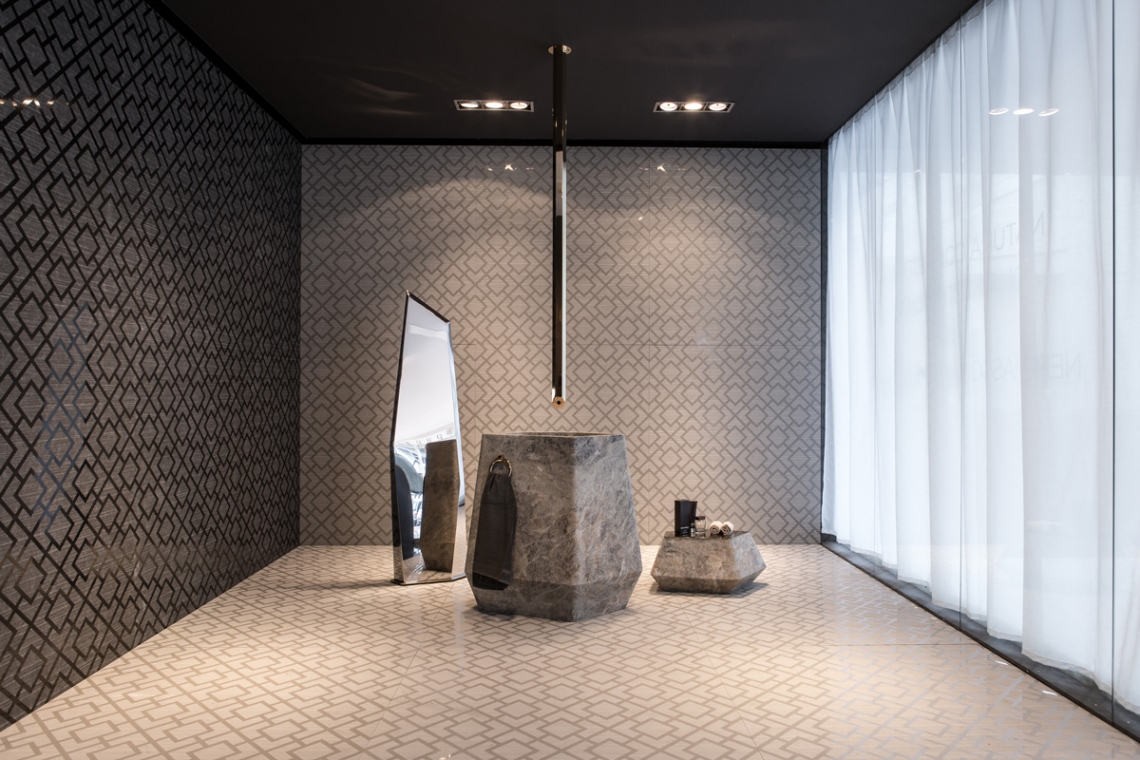

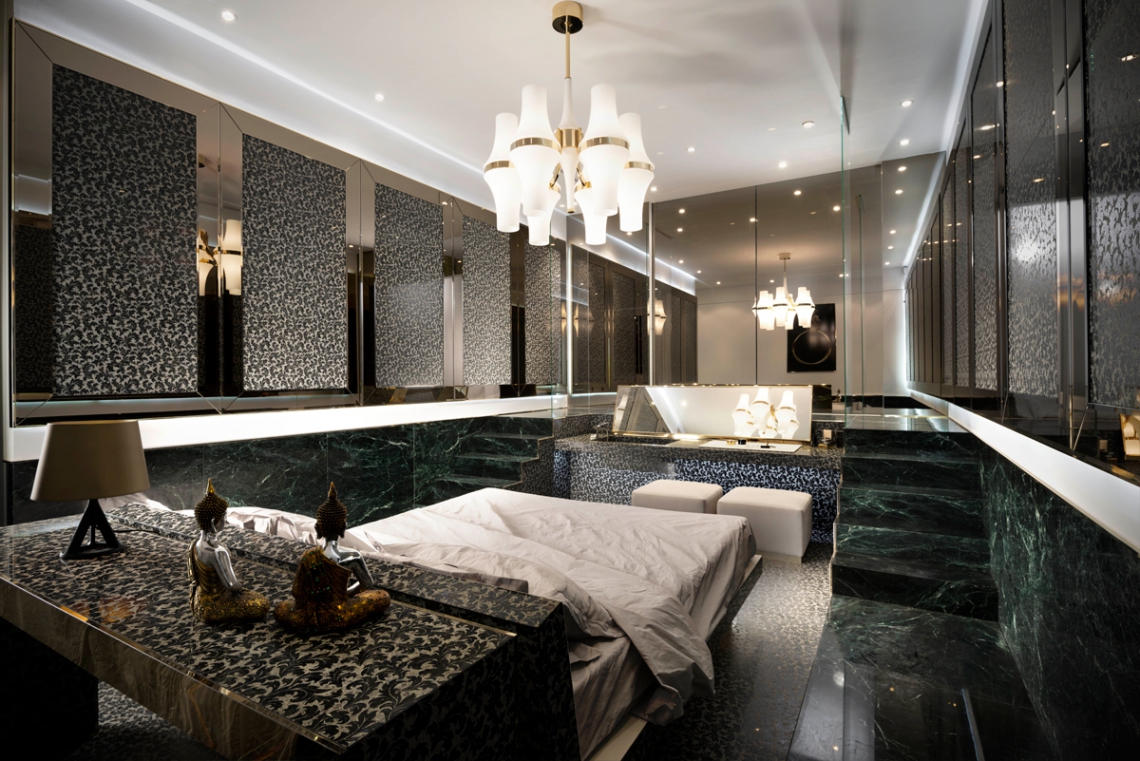

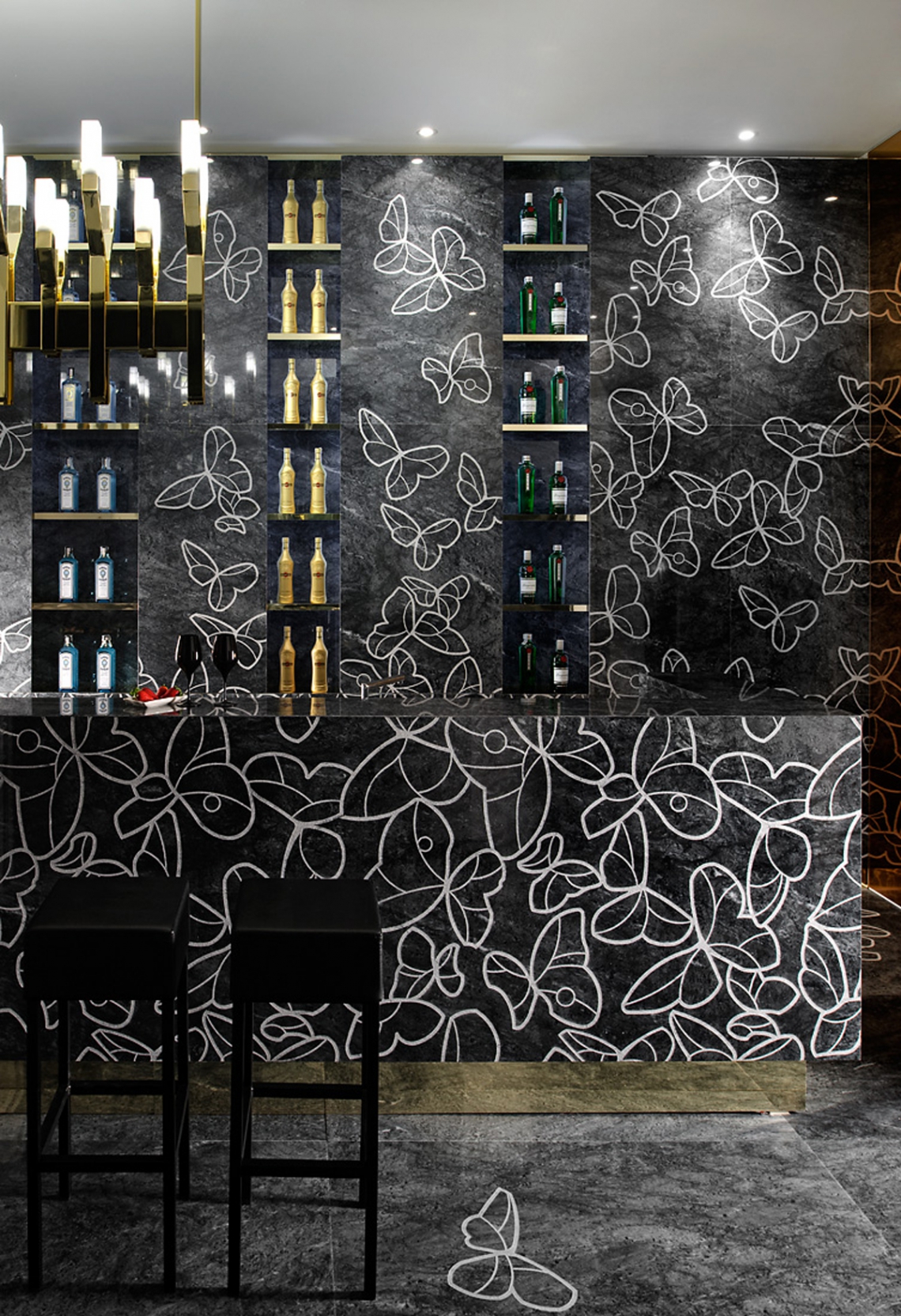


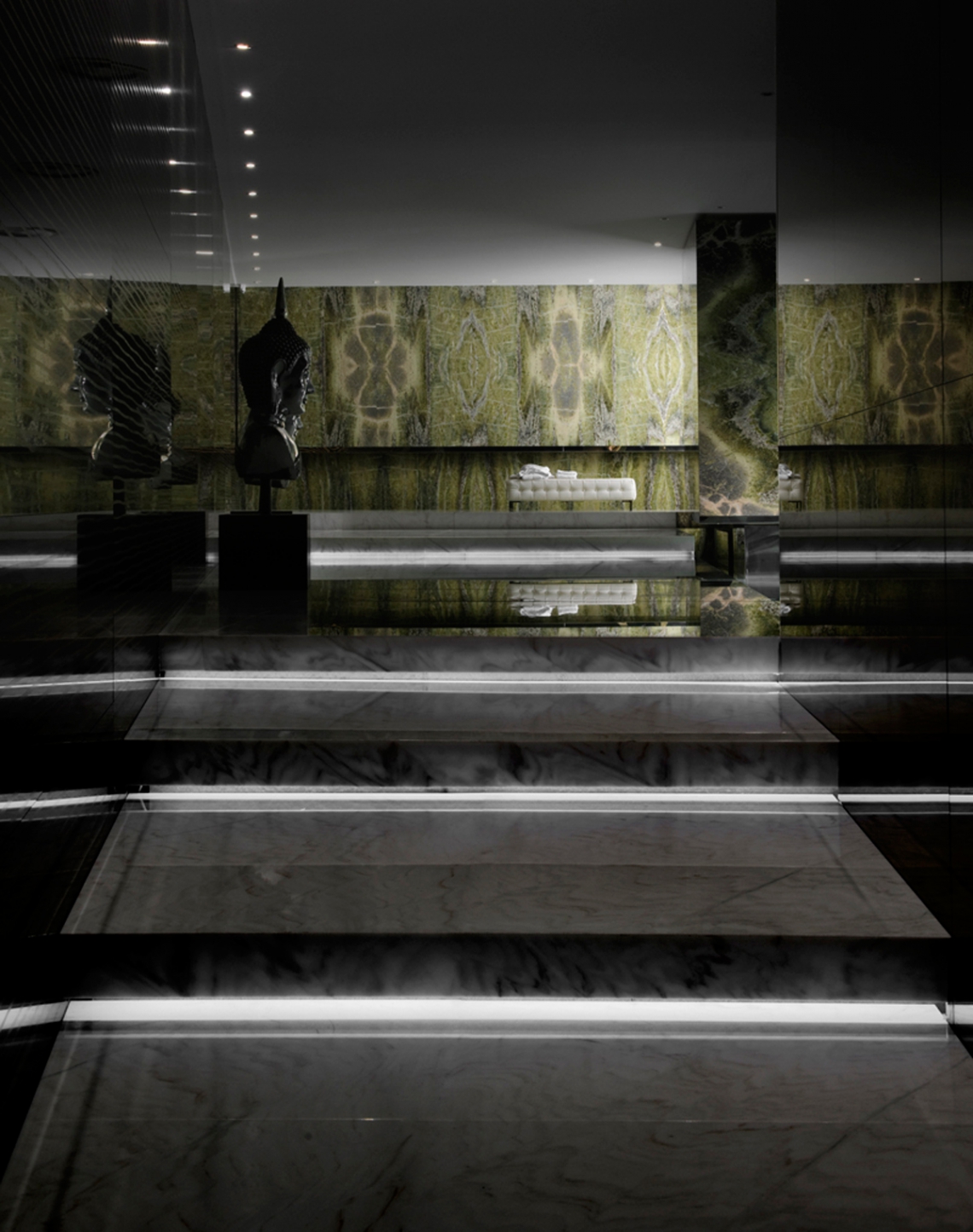
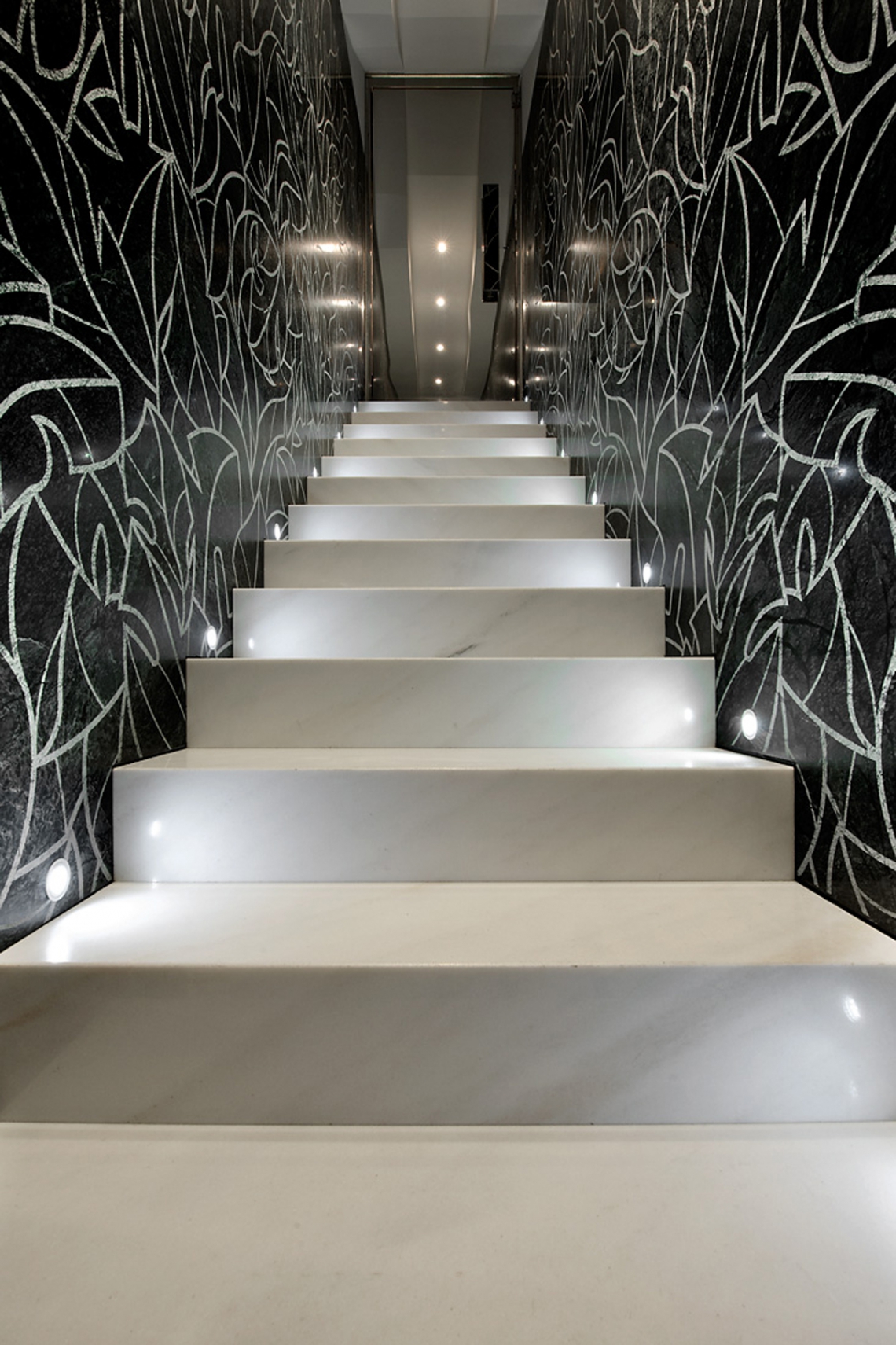
Technical Info
Antolini
The project
Lifestyle
Sega di Cavaion VR Italy
Date
2012
Alessandro La Spada
LONGHI
Within the ongoing process of “physicalization” of interior architecture, doors, walls and wall units decorate environments with continuity and harmony, exactly like a second skin where shape and function live in symbiosis, embellished with shiny and mat surfaces in precious materials.

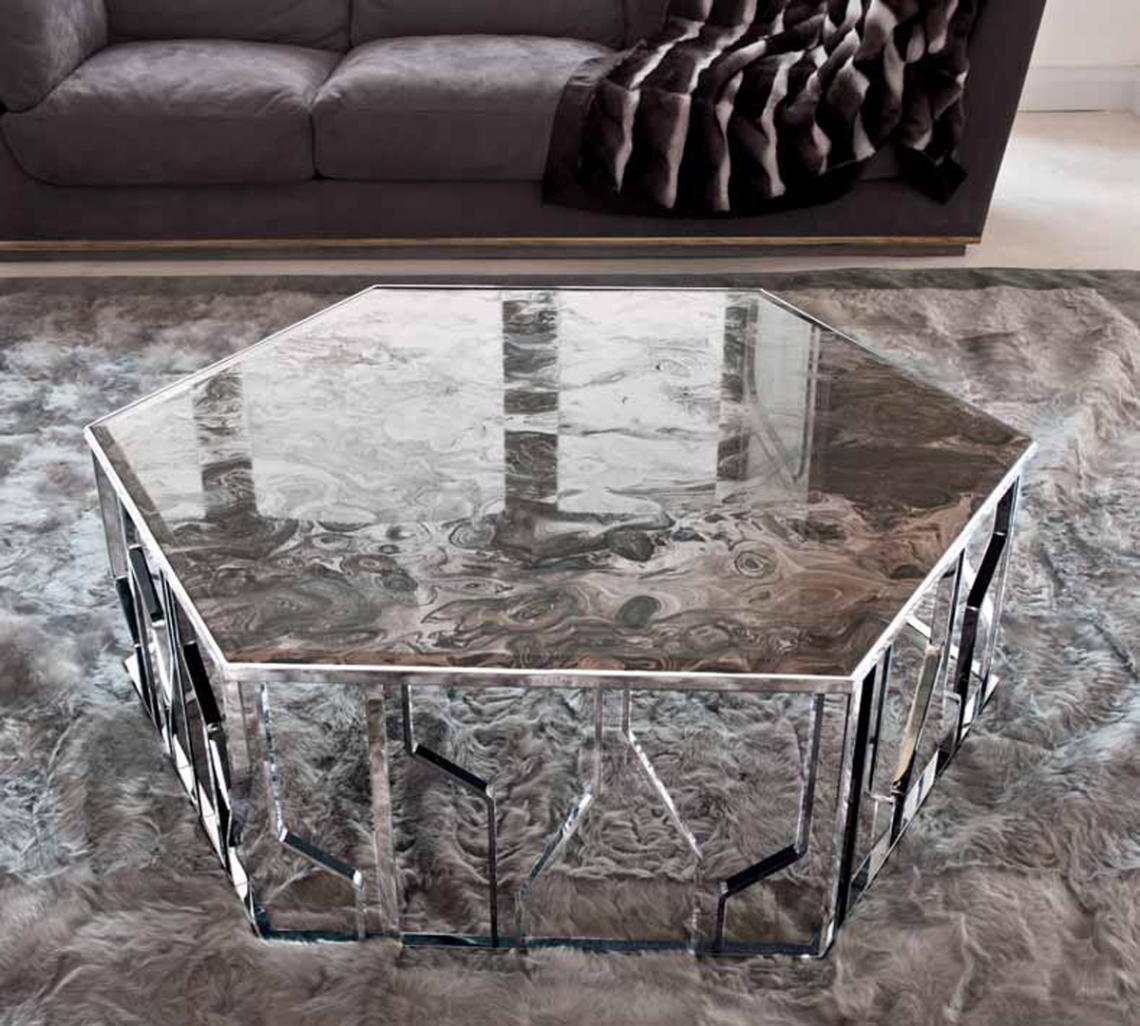

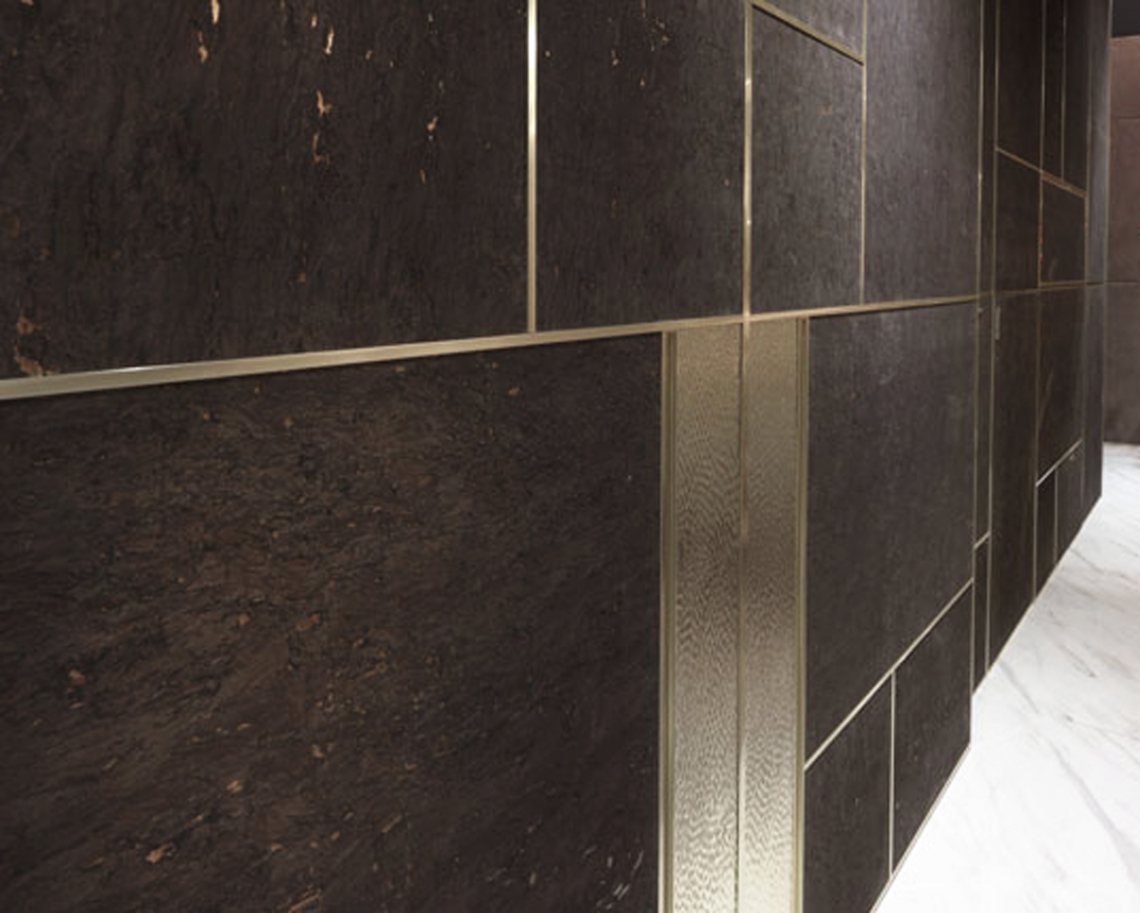
SMANIA
The approach to the Beyond collection is more of interior design than furniture design: the entire collection is charged with an eye catching “sports contemporary” style, each piece is created, not as an end to itself, but as part of a distinct way of being and behaving.

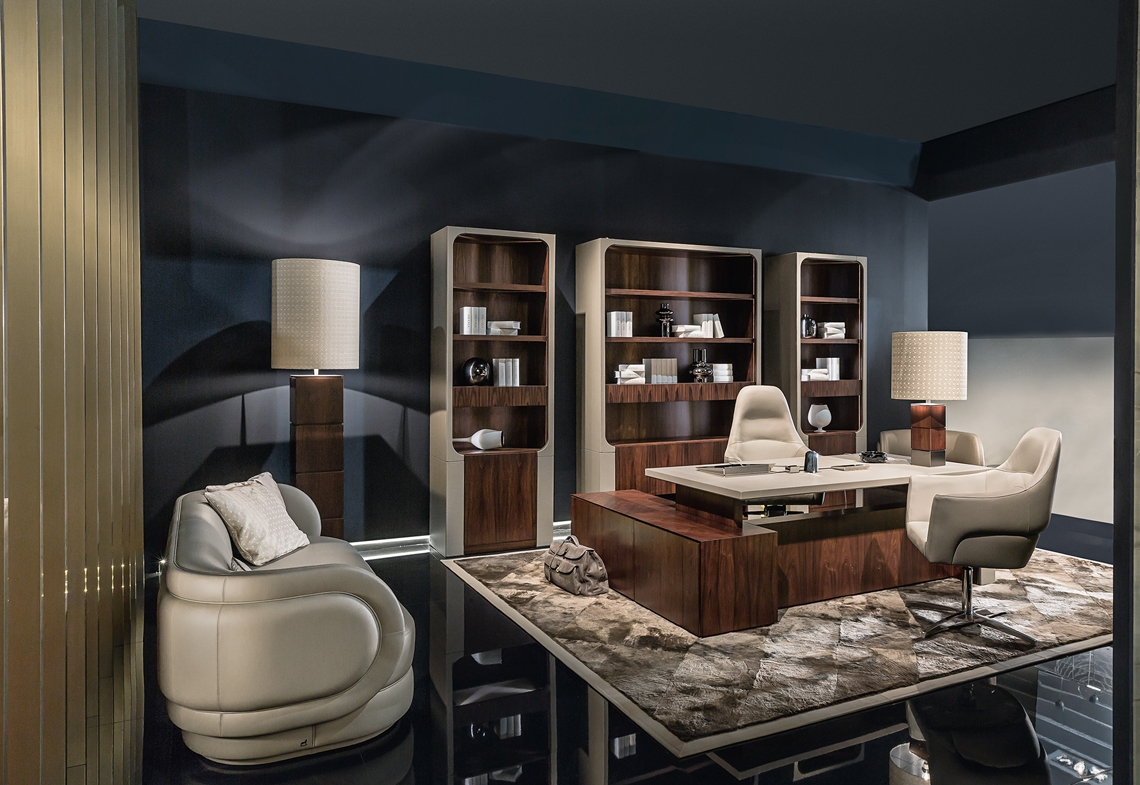
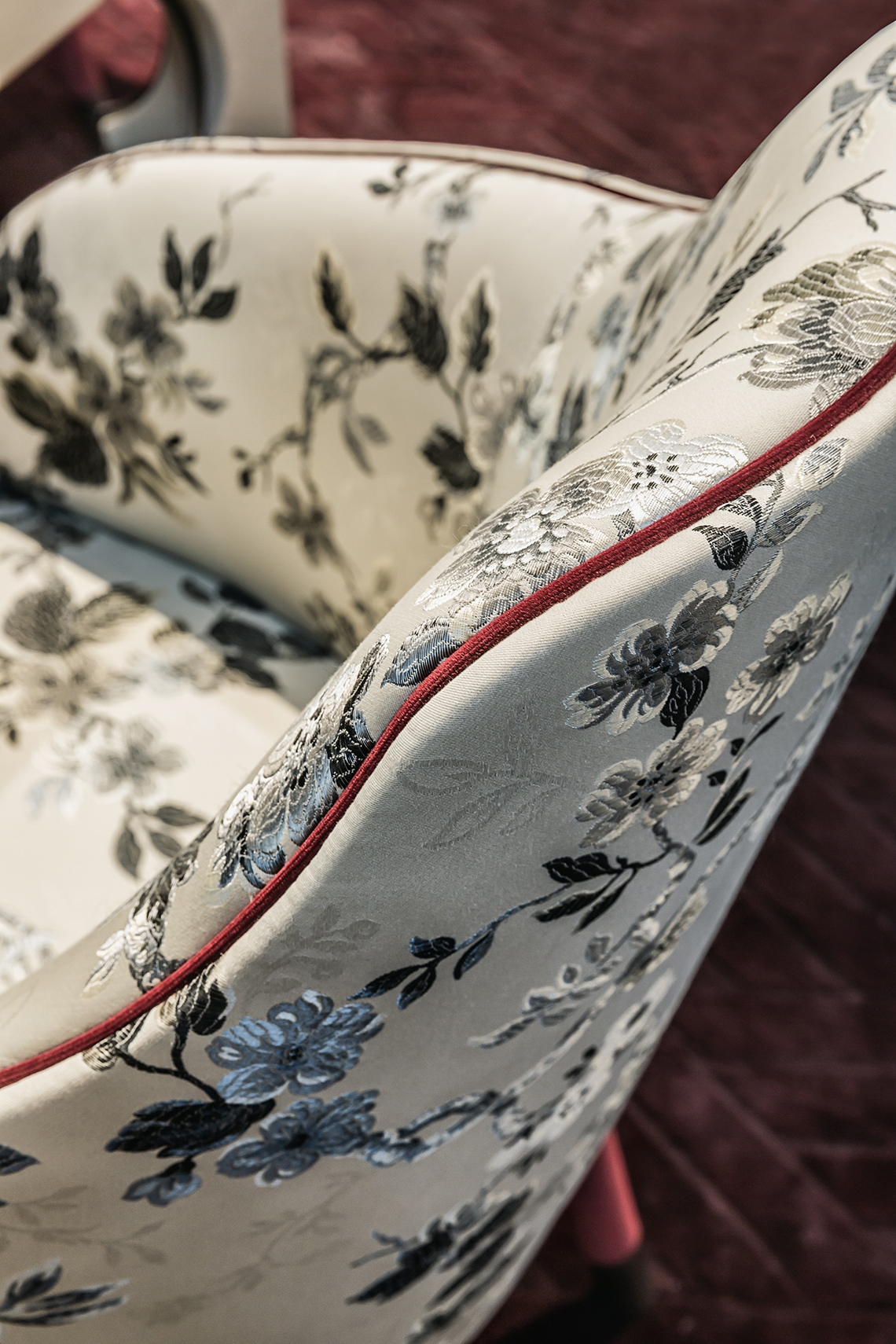

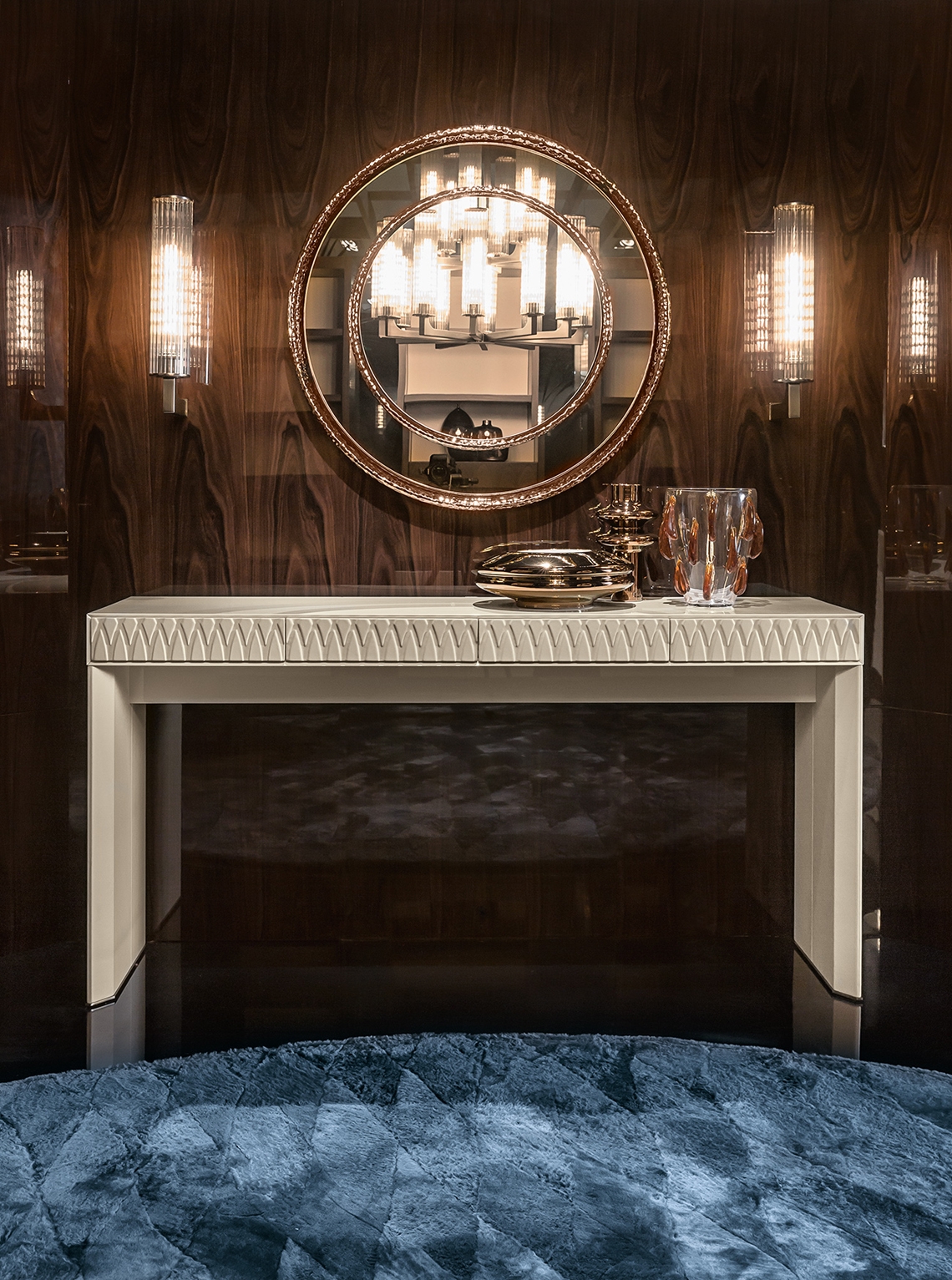
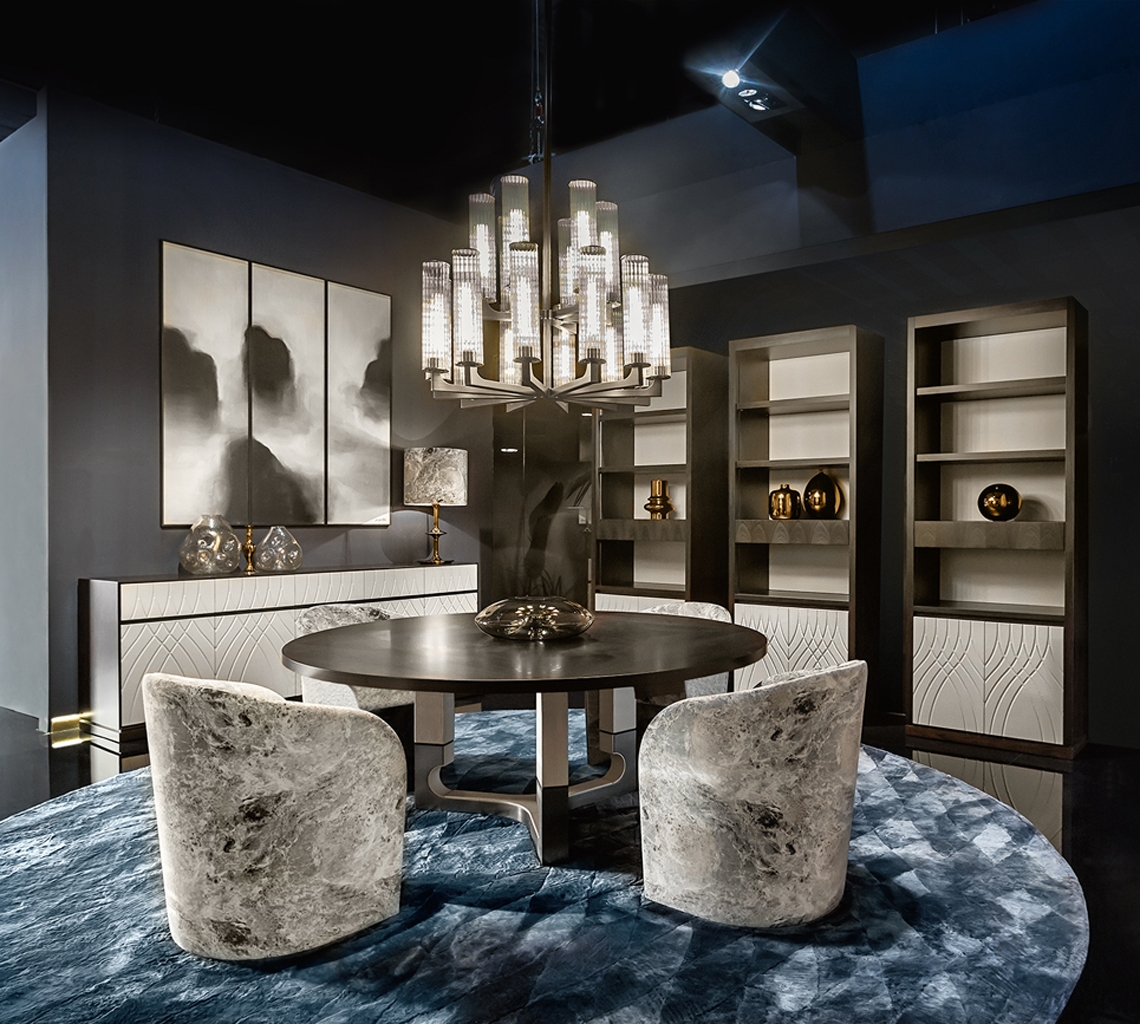
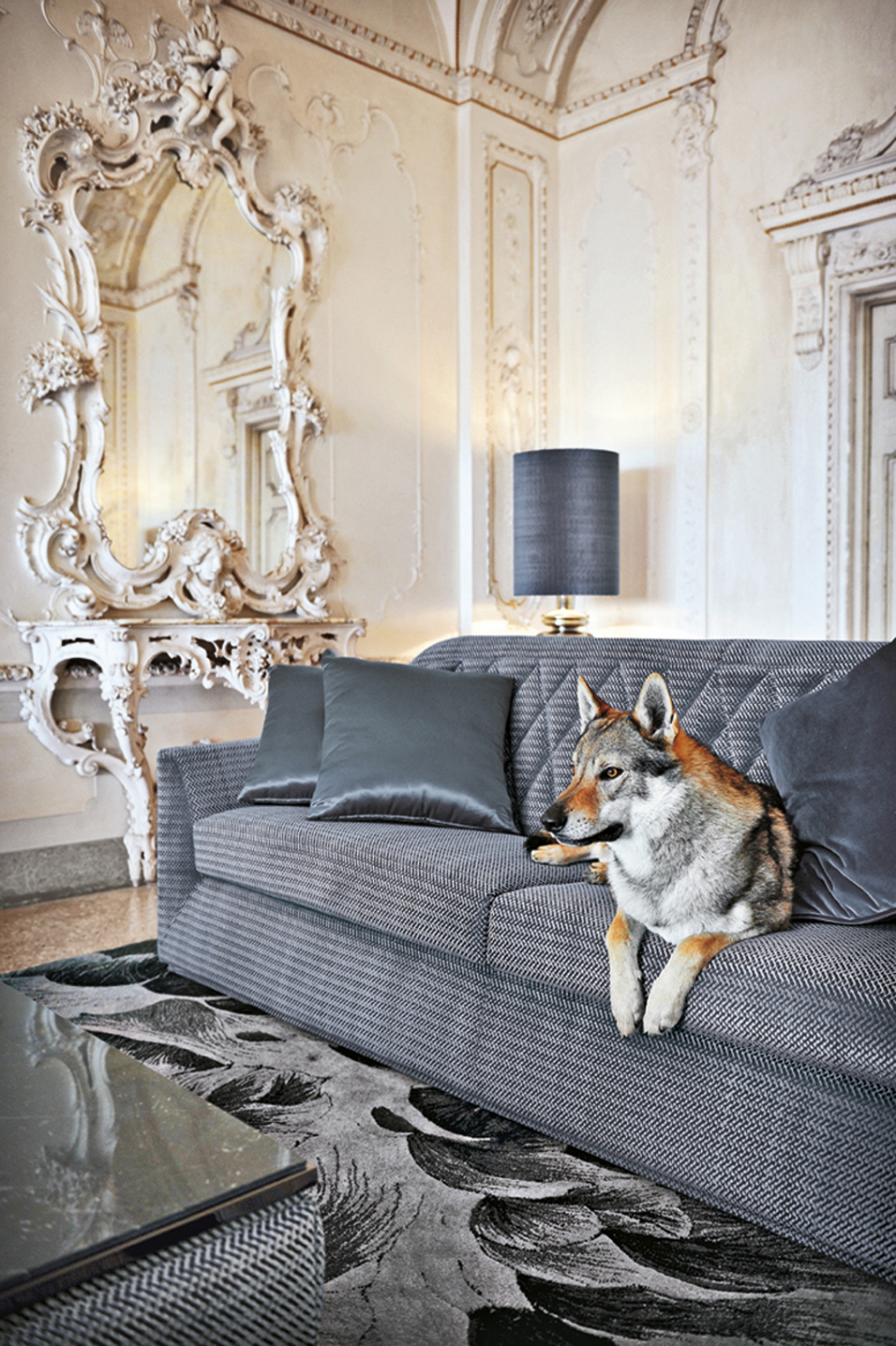
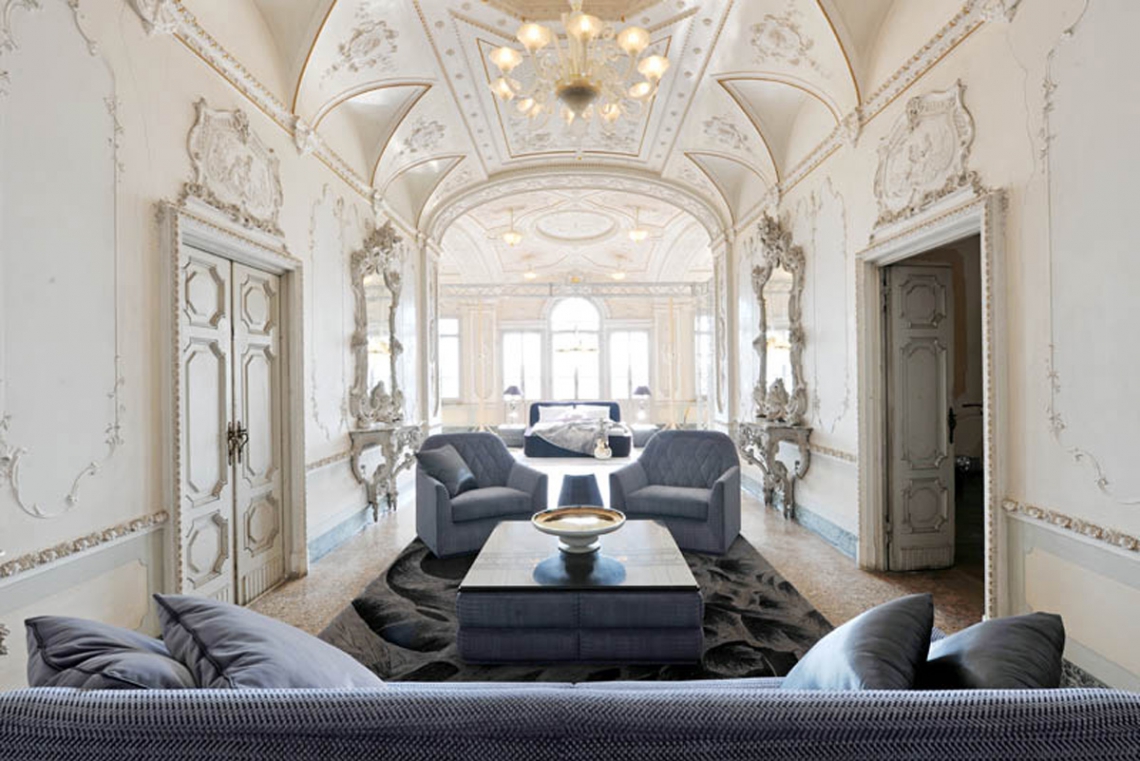
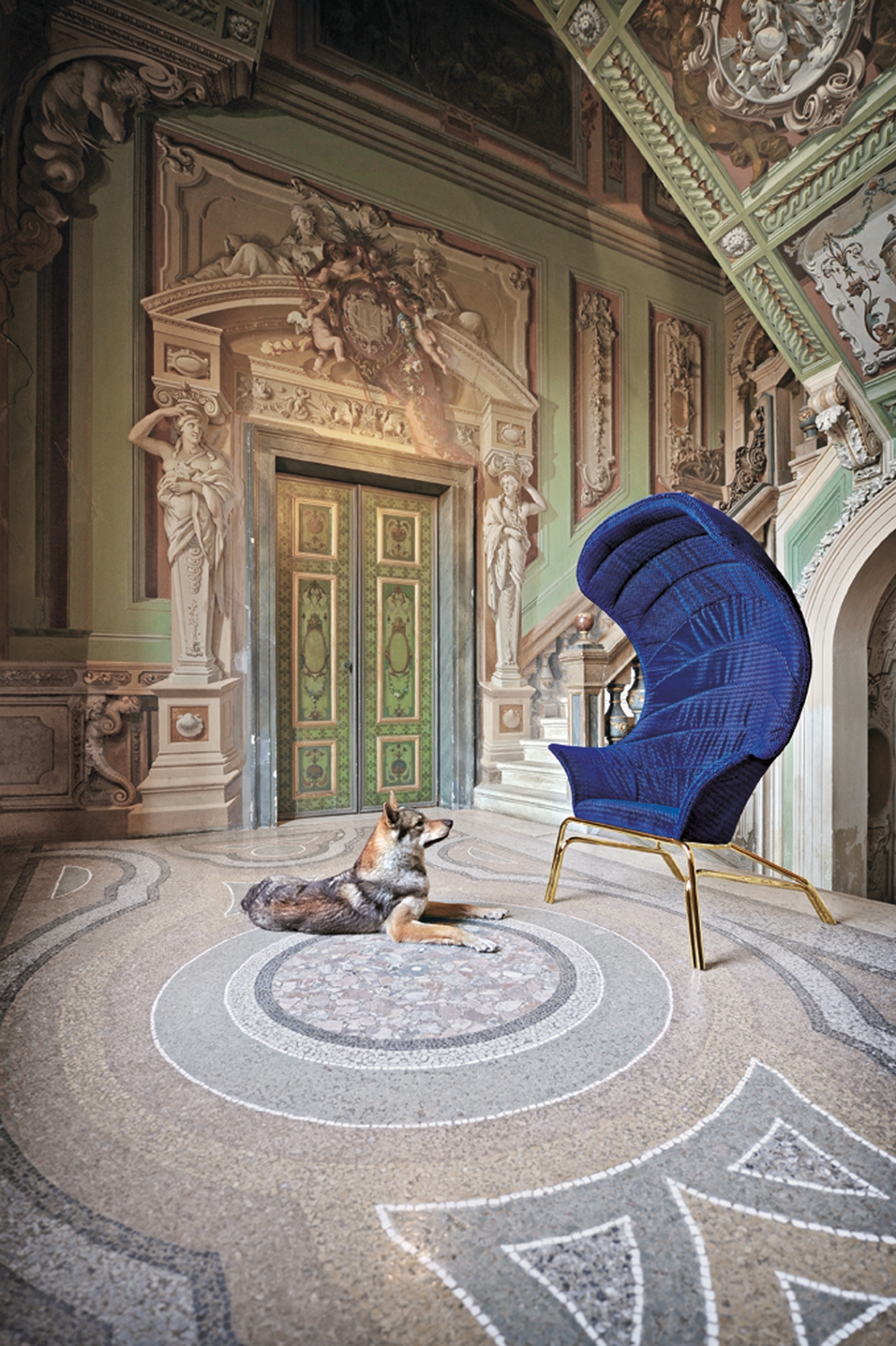
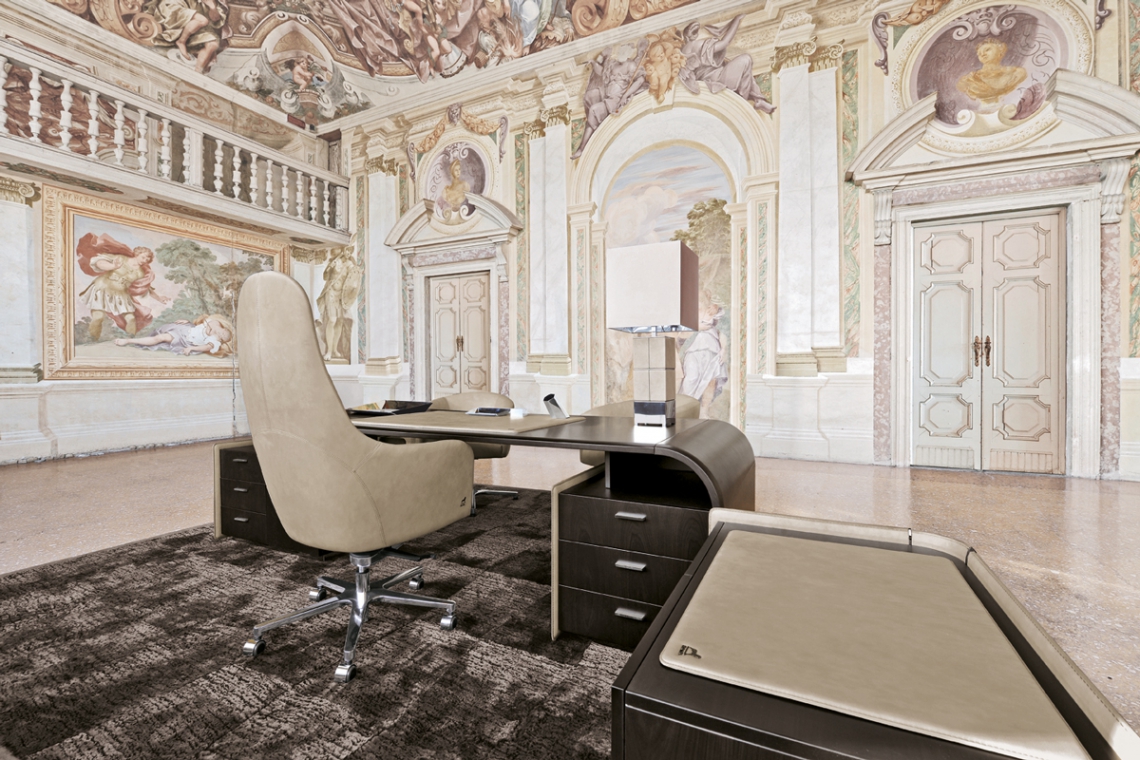
GASOLINE STATION
MOSCOW
CONCEPT
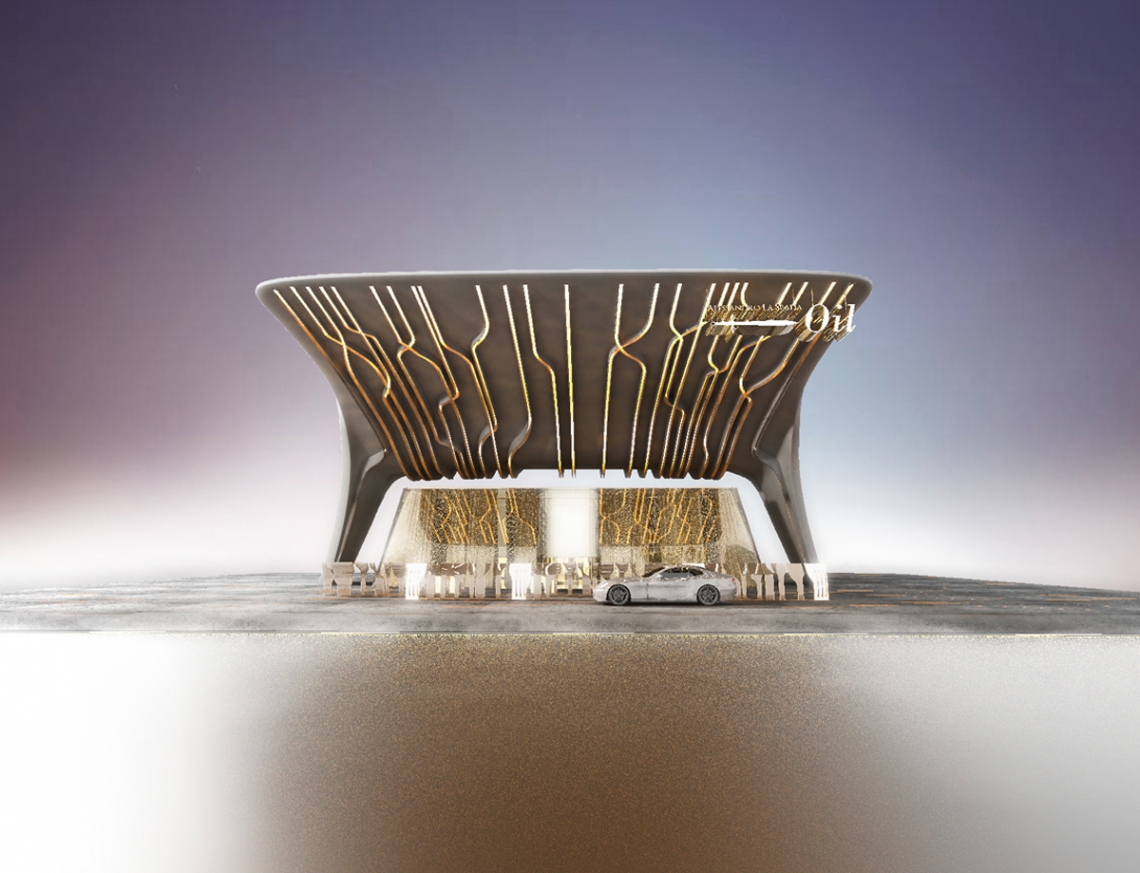



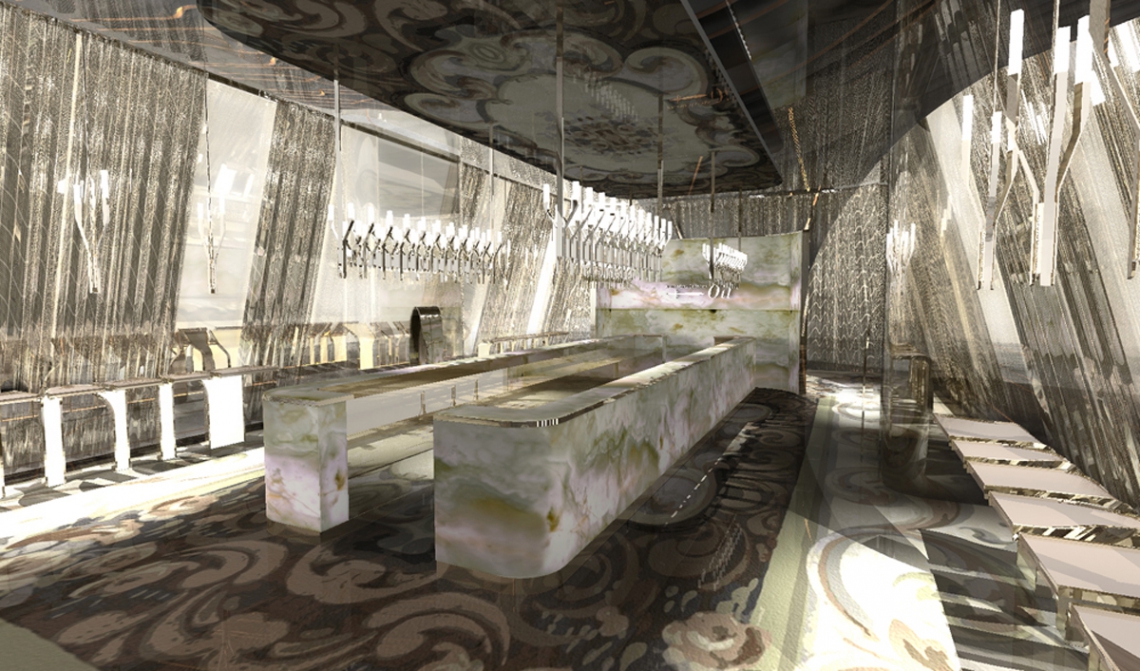
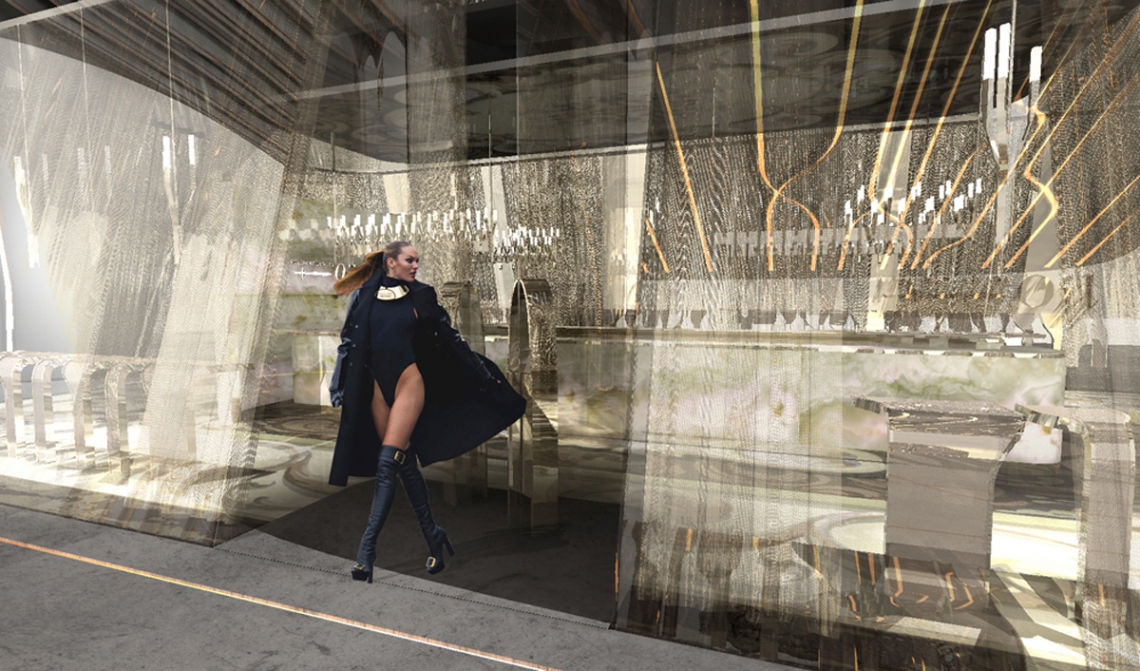
Technical Info
Capital Auto
The project
Gasoline station
Moscow
Date
2013
Alessandro La Spada
PENTHOUSE
S.PETERSBURG
INTERIOR CONCEPT
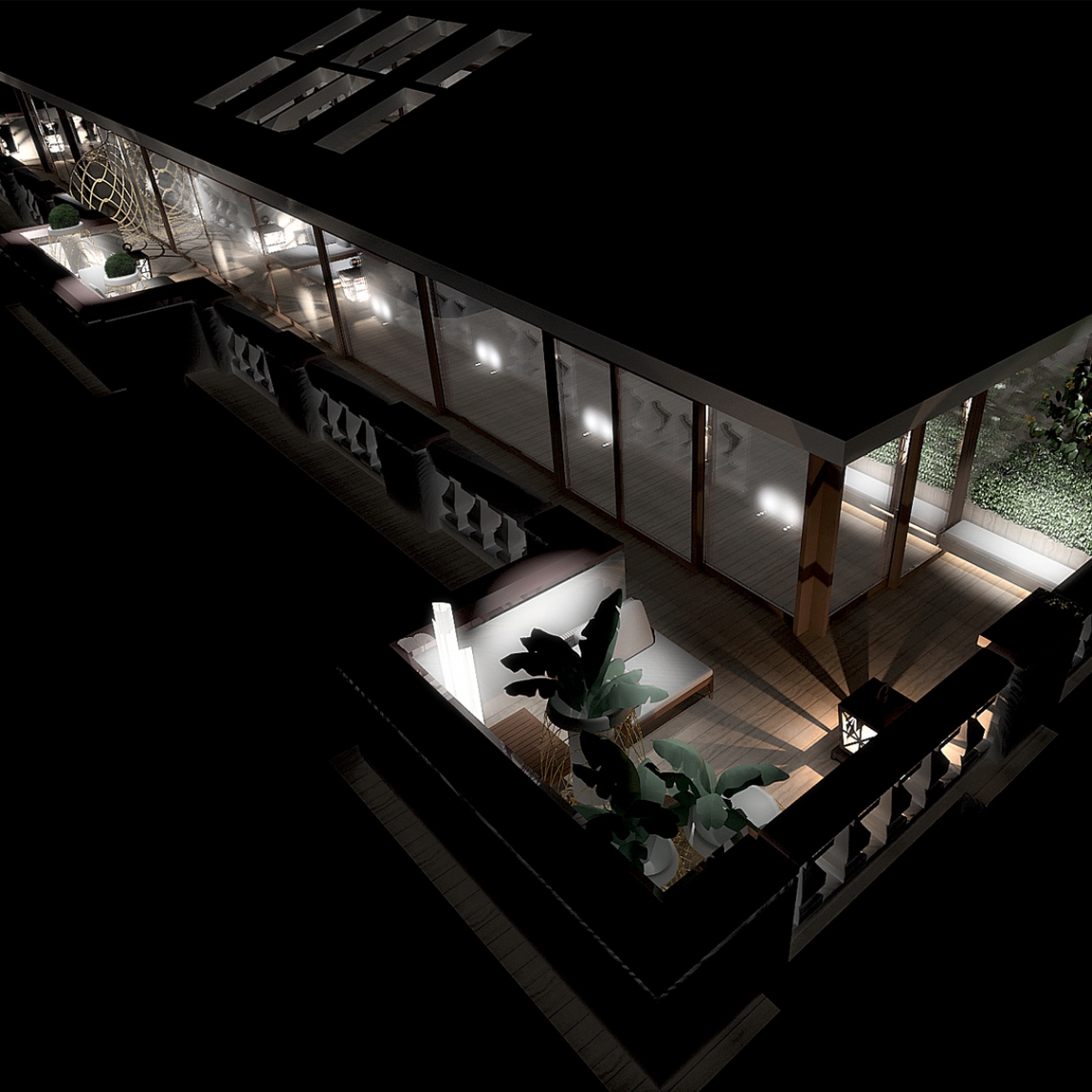
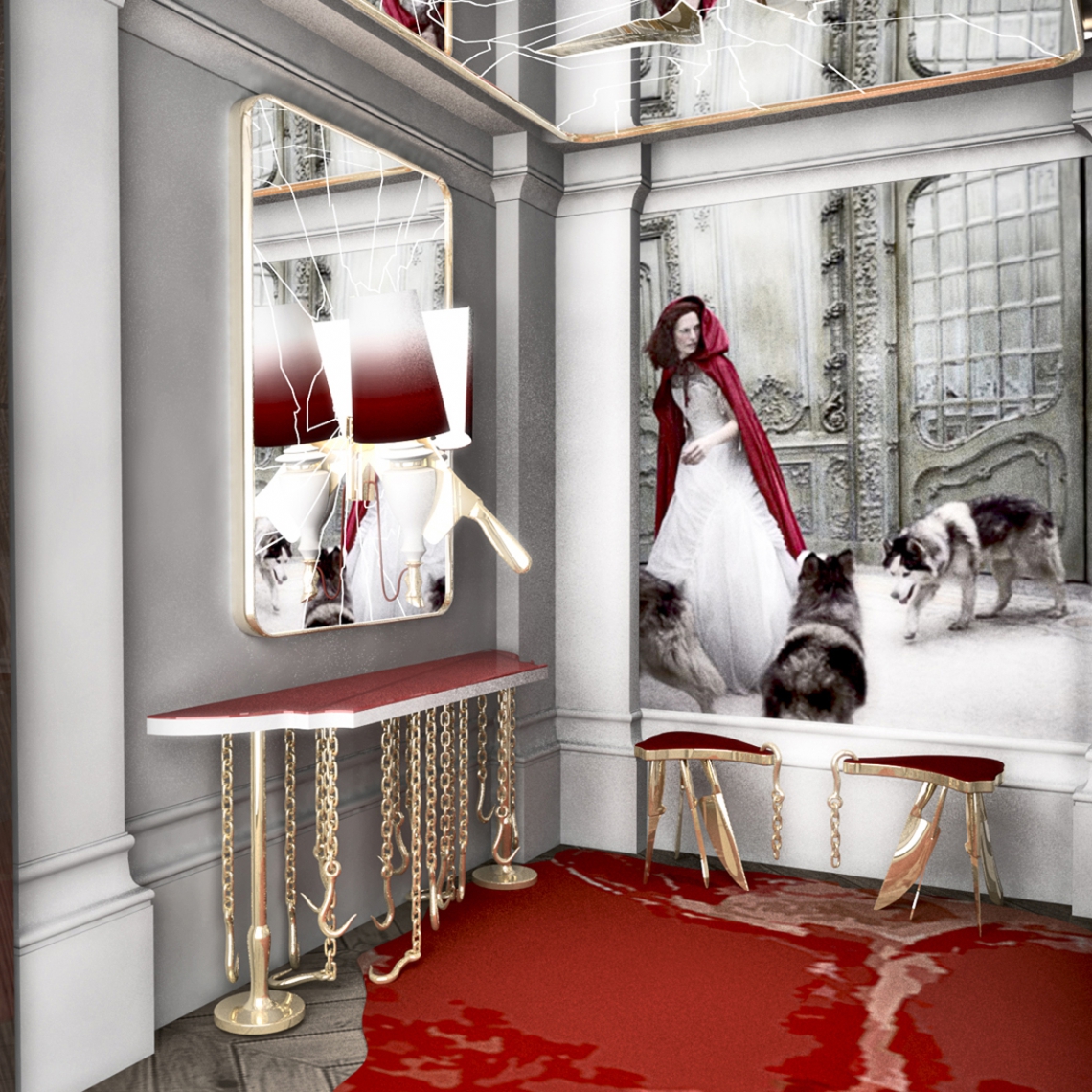
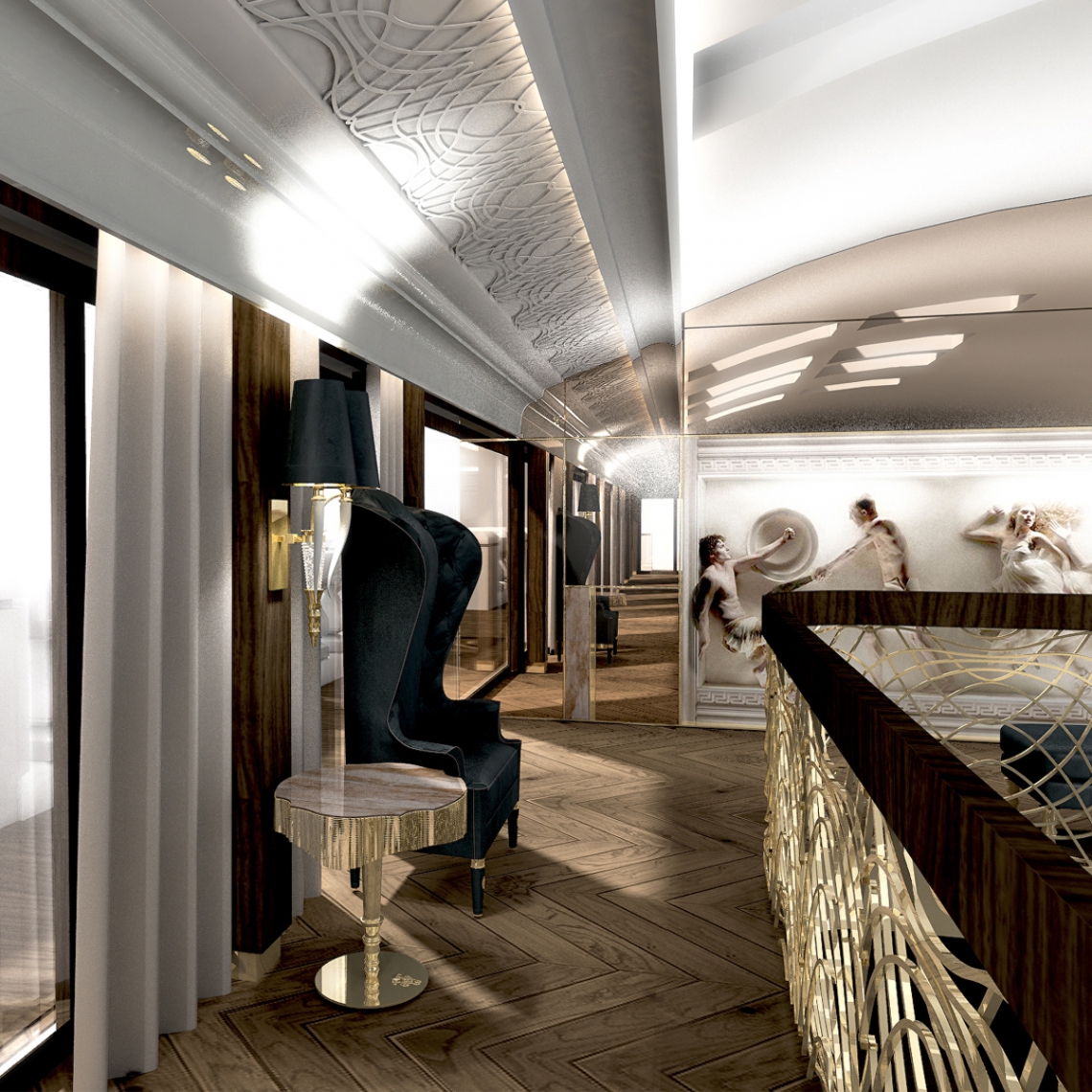
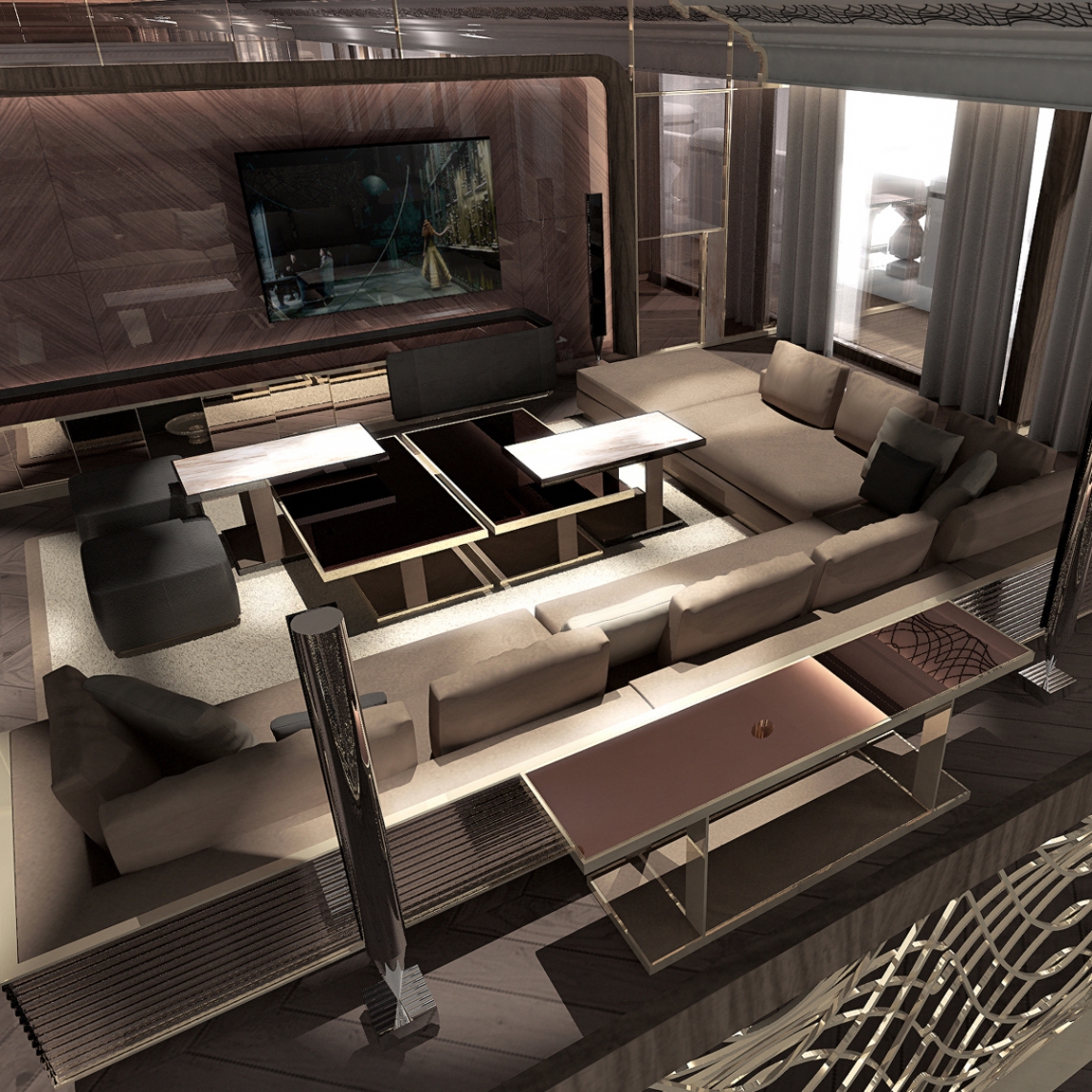

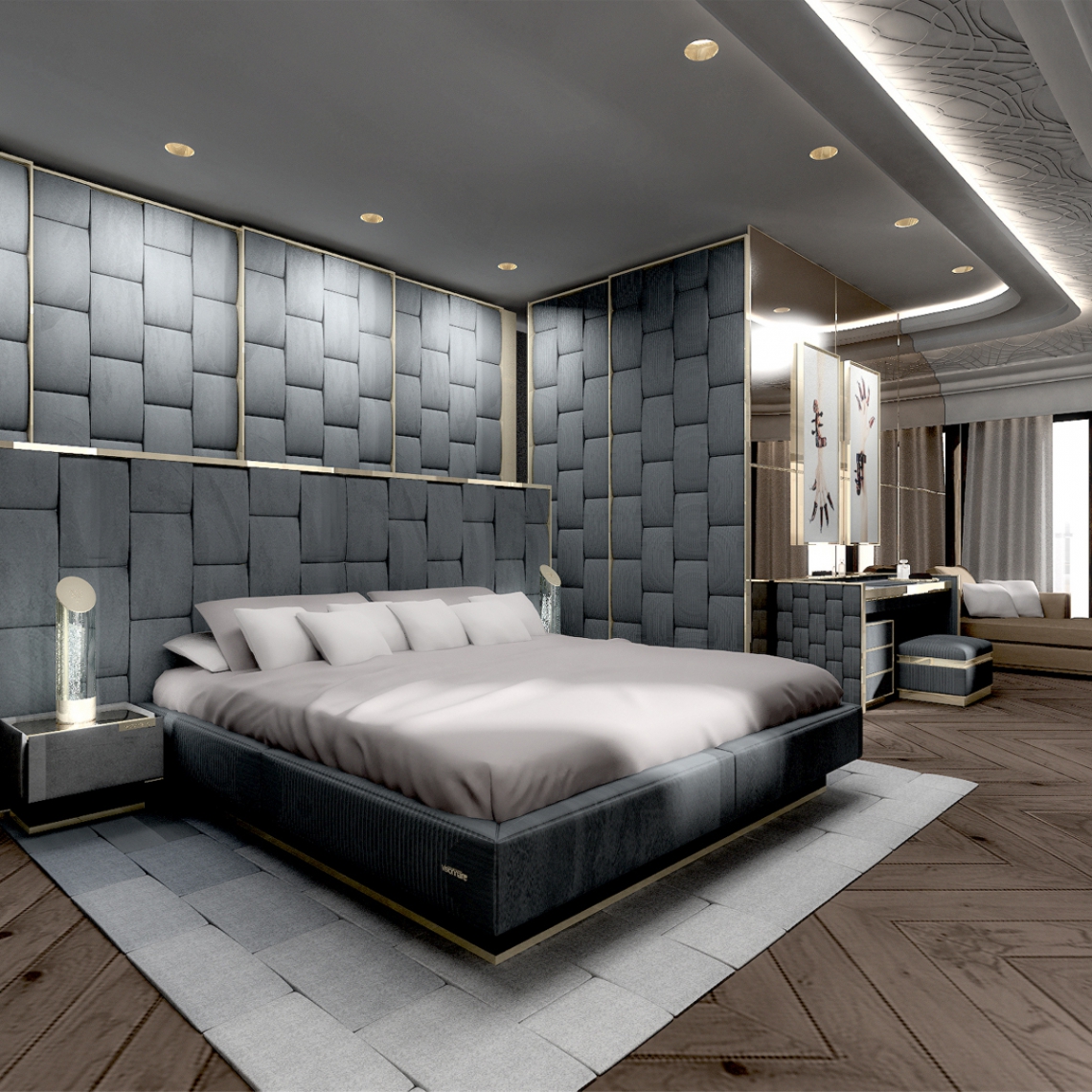

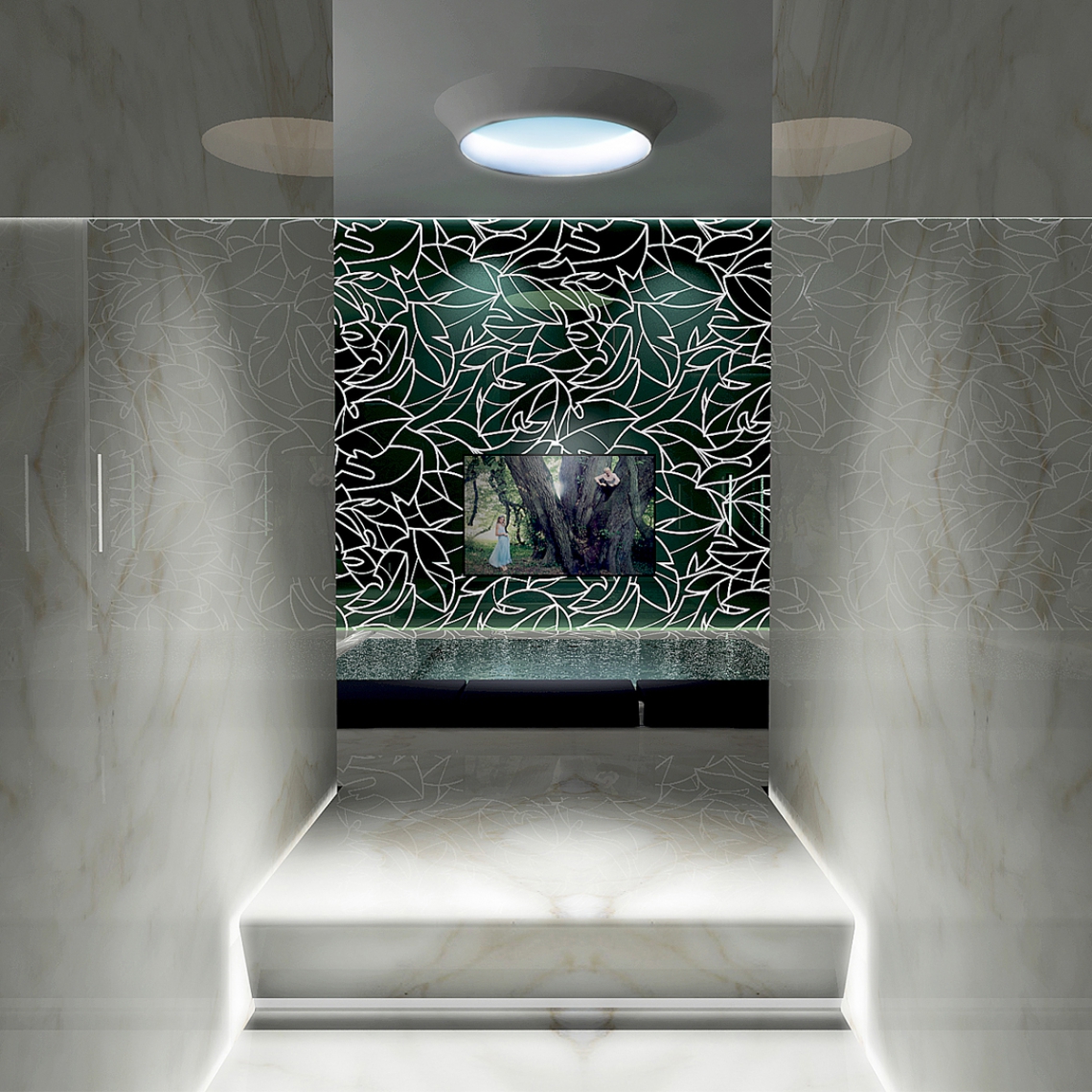
Technical Info
Penthouse
The project
Interior concept
S.Petersburg
Date
2012
Alessandro La Spada
LA MURRINA
A luxurious, lush Garden of Eden has been the theme of Alessandro La Spada's work with La Murrina for some years now. The project started off with the collection in progress Jardin de Verre, moved on to last year's magnificent installation Le crocodile en verre de Venise and leads us to this year's creations: Python: an extraordinary chandelier formed by modules inspired by the most dangerous snake in the world caught in the act of swallowing its prey. Colibrì: the latest in the Jardin de Verre series features the tiny birds which are famous for their acrobatics hovering in mid-air. The main theme of the stand setting is a tribute to the shapes and outlines of the Venetian skyline with particular focus on windows and dalbens. The glass flooring endlessly reflects the shine and sparkle of the new creations in Murano glass.











CLAN
A closely knit group of people, united by an affinity of taste and common interests, a real… “clan”, a physical and metaphorical melting pot of people with diverse specialized skills bonded by the shared objective of bringing beauty to life and working together to create high-end products and projects. This is the founding idea behind Clan Milano: on one hand, the intense and passionate creativity of Alessandro La Spada, on the other, the manual skills of Isacco Agostoni’s artisans in cabinet making, engraving and marquetry, masters who create pieces which are both “handmade” and “mind made”. The strong, enduring link between craftsmanship and its cultural reminiscences has always been one of the outstanding features in the world of Italian furniture. A feature which is particularly perceived today thanks to the high added value manual craftsmanship brings to items which remain unique and individual. “Excellence in craftsmanship” cannot be improvised; it is handed on from one year to another, from one decade to another, even from one century to another if we look at the history of the Agostoni family run business which was founded in 1890. The union of these experiences gave birth to the very first, precious, eclectic collection, inspired by the thousands of stories which live in the imagination of Alessandro La Spada. CLAN MILANO is also able to offer additional services: from interior design, to space design for both private and public use, from a hotel to a show room. A tailor made, customized service, ready to meet the most demanding client’s wishes.




































LA MURRINA
Professor Malerba and the Venetian glass crocodile
It was a clear winter’s day at the beginning of the 18th century.
Professor Malerba, a remorseless researcher, an extraordinary man, inquisitive about everything, stood in front of the window overlooking a marvelously rich, thriving, green garden in his home in his native Sicily.
He was muddling about embarking on a long journey which would lead him to the island of Murano - near Venice - where rumor had it, grew a ‘Jardin de Verre’.
His assistant Bluma, who was slightly hare brained but as inquisitive as Professor Malerba, was hastily preparing their luggage as if the decision to make the trip had already been made.
It goes without saying that in the blink of an eye they were at their final destination.
They soon discovered that the flowers and plants in the famous garden were created thanks to the skills of the local craftsmen. Using the shapeless material resulting in the fusion of sand and soda, the craftsmen were able to extract an incandescent blob which they blew, molded, cut, stretched into the thinnest of threads and formed into thousands of different shapes.
Bluma was beside herself with happiness in the face of such magical talent and excitedly ran round and round the kilns.
Suddenly, through a little gap facing towards the lagoon, she spied a strange, unusual creature and with a scream of incredulity and astonishment pointed towards the half hidden animal.
“It is a crocodile” exclaimed Professor Malerba in wonder. They later discovered that the animal had been molded by the waters of the lagoon and the scraps from the flowers of the garden.
Bluma begged the Professor to take the creature back home to Sicily with them and, stamping her feet, promised to look after the crocodile as well as she looked after the Professor.
Professor Malerba, however, had another idea: to share such a beauty by taking the crocodile to Milan for the Salone del Mobile in April, which even in those days was considered as the immortalization of international creativity.
Professor Malerba consulted Margel, a lady of the Venetian high society and journalist in her free time who, using the binoculars which were always hanging around her neck, confirmed the magnificence of the crocodile and promptly decided to accompany the others on their fantastic adventure towards Milan.
This is how, Professor Malerba, the trusted Bluma and the exquisitely posh Margel, heads held high followed by the crocodile left for the city in Lombardy to proudly show ‘Le Crocodile en Verre de Venise’ to the world in the atelier of the Murano craftsmen in the most prestigious street in the city.
A tale by Alessandro La Spada written by Laura Lazzaroni / Lanari Associates srl, March 2014




Technical Info
La Murrina
The project
Professor Malerba and the Venetian glass crocodile
Milan
Date
April 2014
Alessandro La Spada
Credits
Melazstudio
DON LIGHT



BREVA
CONCEPT BOAT




MM LAMPADARI
DIVA
DIVA found inspiration from the monumental shapes of classic chandelier, a tribute to the best Venetian tradition cleverly revisited in a contemporary way thanks to geometric and stylized decorations that confer an essential allure to the whole creation. Diamond-cut onyx pendants and crystal icosahedron recall the jewelry worn by the film stars in the 1960s: a praise of woman's ethereal beauty transposed into a lively and graceful chandelier, held by a tubular structure, brass polished. A delicate ensemble of slender arms culminates with striped lampshades, supported by paste-glass cups. A game of extended proportions designed to give lightness and modernity to a chandelier ideal for complementing prestigious rooms and lobbies of the best homes and luxury hotels in the world.


QATAR VILLAS
PRIVATE HOME
INTERIOR CONCEPT



Technical Info
Private Home
The project
Interior concept
Qatar
Date
2011
Alessandro La Spada
FOUR SEASON
MILAN
INTERIOR CONCEPT


SIR /A EDITION
ANTOLINI
A new collection is always born of an encounter: between artistry and craftsmanship, passion and vision, research and exclusivity. SIR/A is a new journey that Alberto Antolini and Alessandro La Spada decided to embark upon together to explore the potential of natural stone.
A journey down creative roads, with Antolini in the guise of Lord of the Marble; he who discovers, loves, knows and works this fascinating material in a completely unique way.
A limited edition of hand crafted articles whose material speaks the same language, conceived to enhance the labours of a man who likes to experiment.
“With its hypnotic charm, marble is a reminder of spontaneous creativity."
Alessandro La Spada
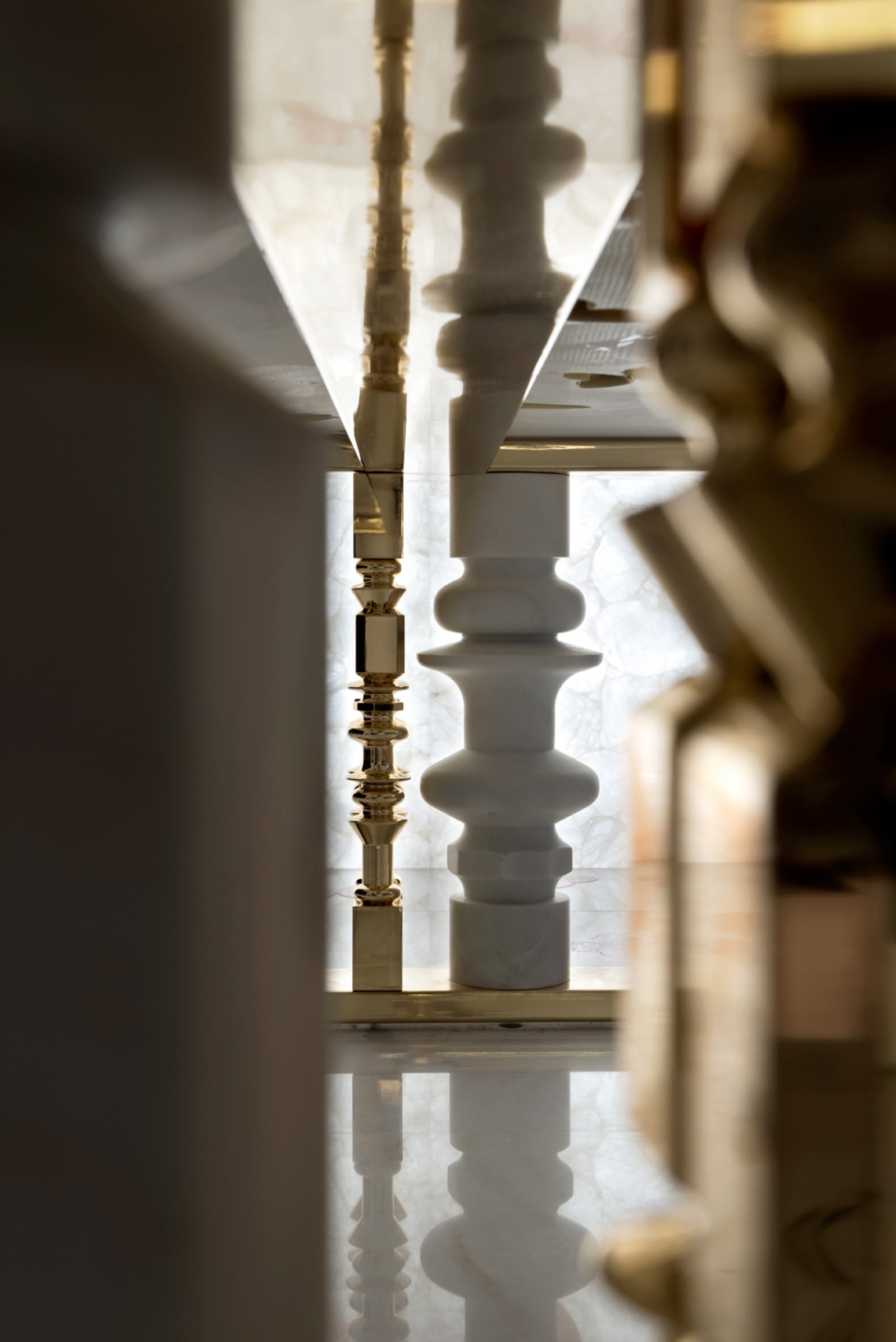


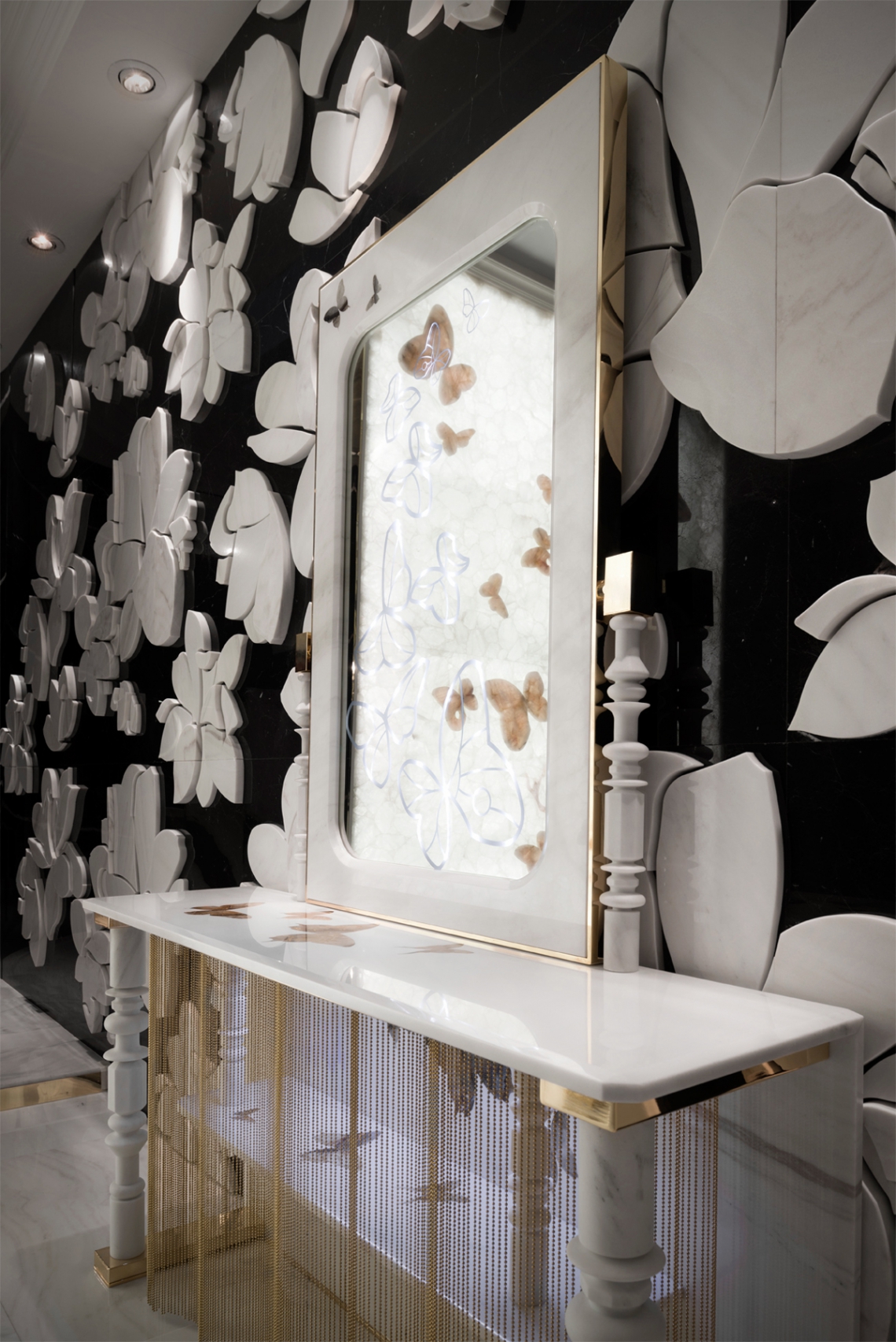
Technical Info
Antolini
The project
Sir/A Edition
Milan
Date
April 2014
Alessandro La Spada
VALENTI
CAPOLAVORO
BY GRIP ITALIA




FIAT
LONDON
When a space is a challenge rather than a restriction: the low lying ceiling in the showroom in Wigmore Street was the perfect opportunity to create pop styled functional niches and introduce minimal decorations inspired by bar codes to give the best showcase – using a totally white and chrome background – to the unique colour palette of the Fiat 500, the most famous Italian city car in the world.


Technical Info
Fiat
The project
flagship store
London
Date
2007
Alessandro La Spada
GARDA
PRIVATE HOME
INTERIOR
In the home of the Lord of Marble, Alessandro La Spada skillfully crafts the “skin of architecture”, highlighting the incomparable expressive virtues of the marble, granite and onyx used to embellish areas and spaces. His dexterity evokes a tailor dressing bodies in movement with the most precious fabrics.





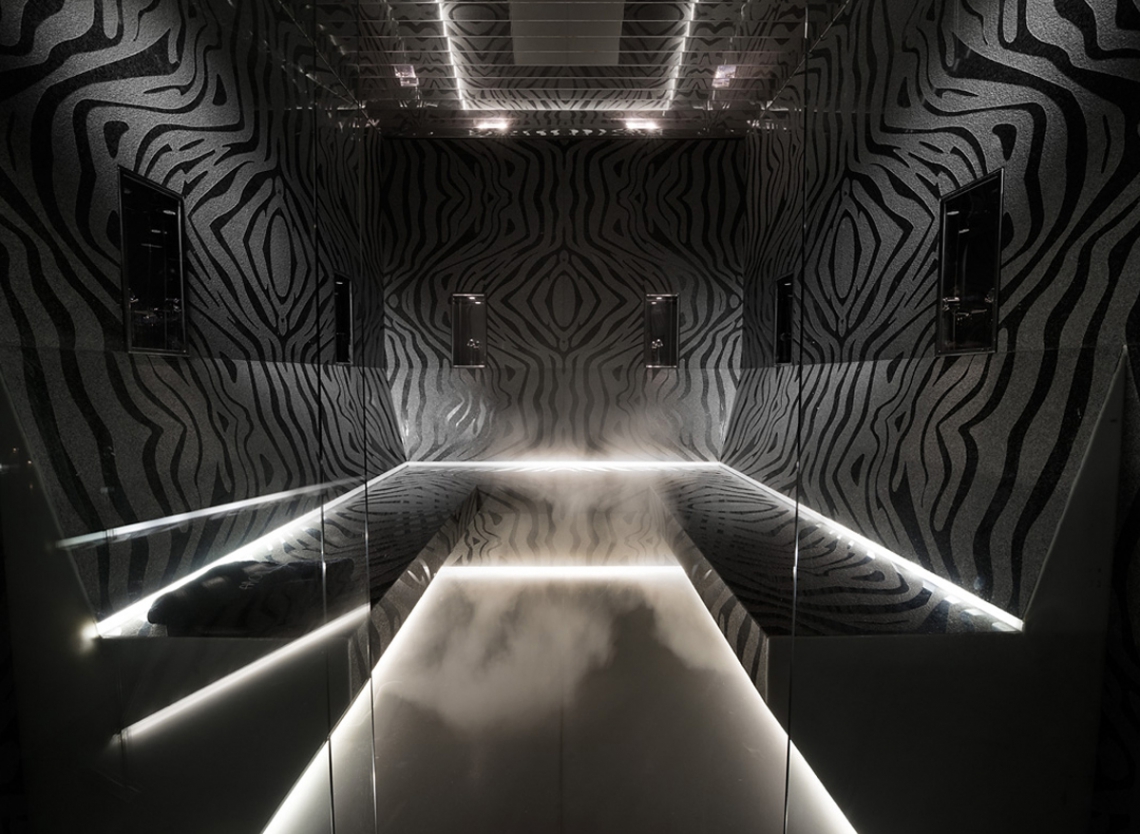
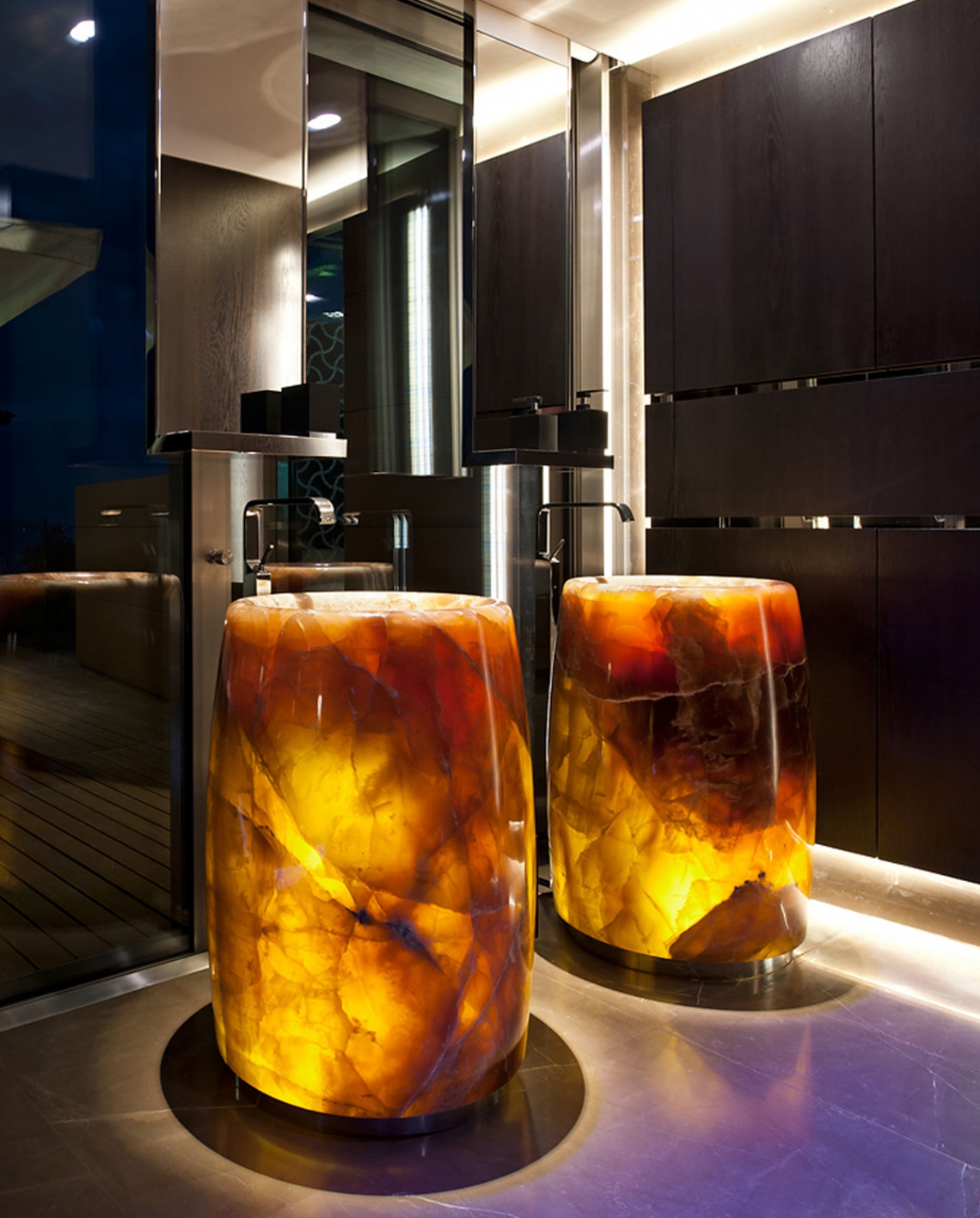

Technical Info
Private Home
The project
Interior
Garda
Date
2012
Alessandro La Spada